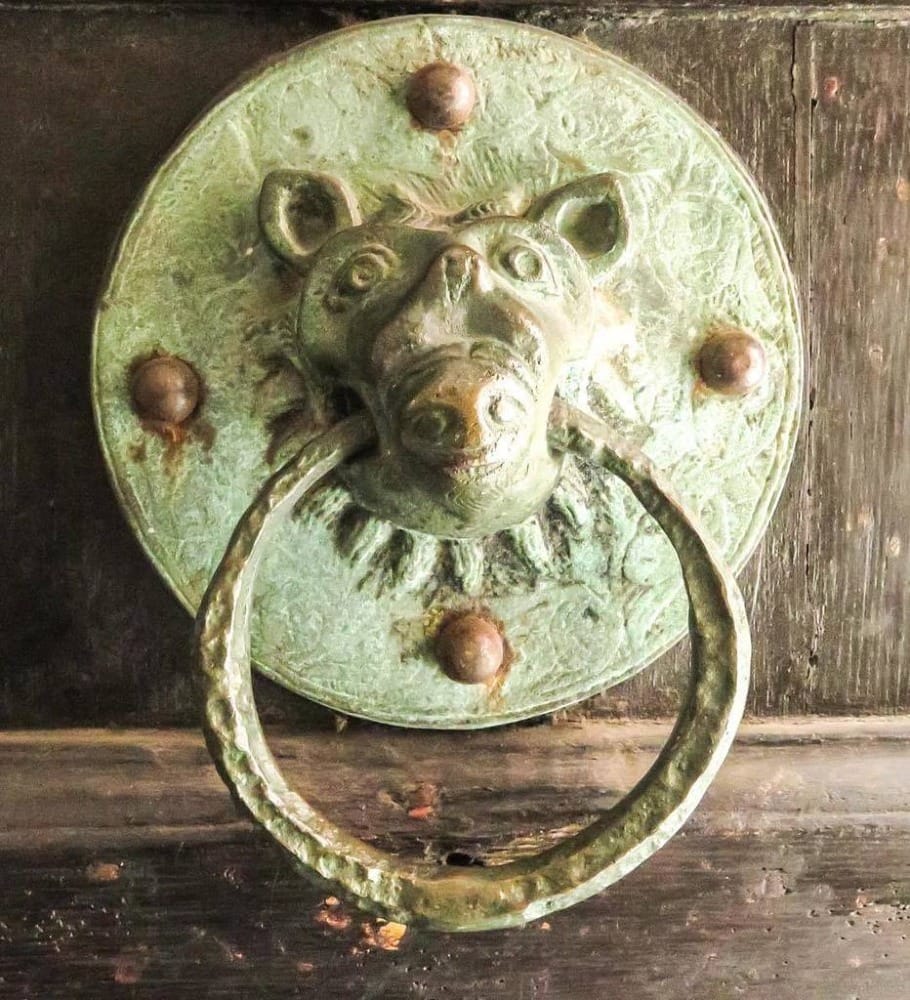
Welcome!
Thanks for coming along
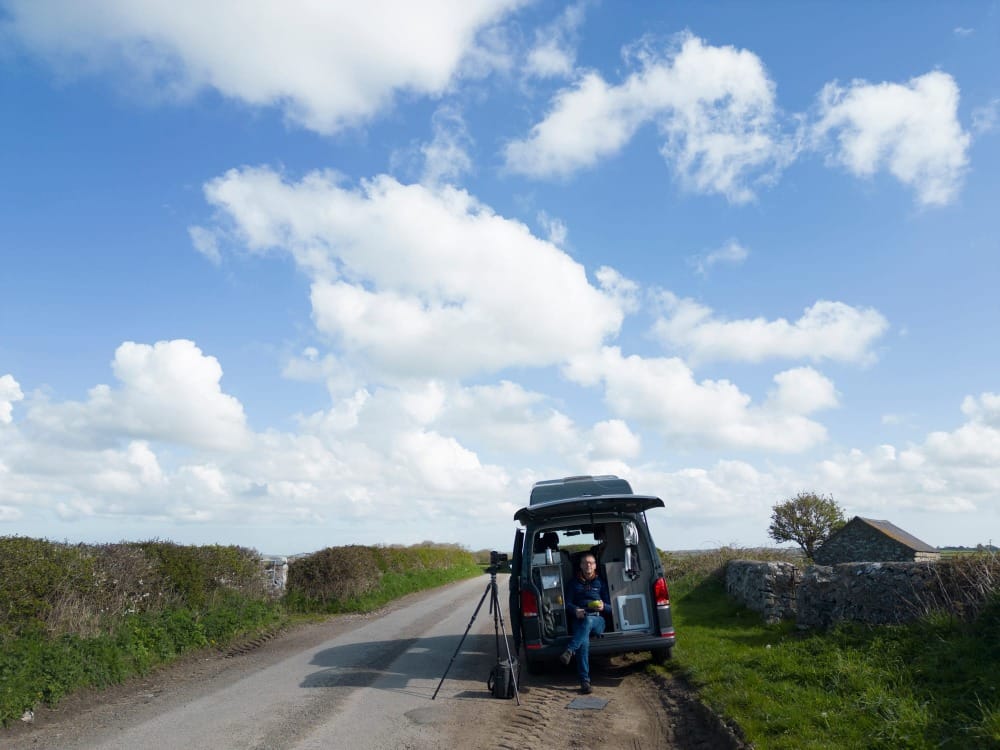
⚡️ View the latest digest and the full archive here.
📐 My Goals ℹ️ Donations Page & Status 📸 MPP Status 🛍️Shop
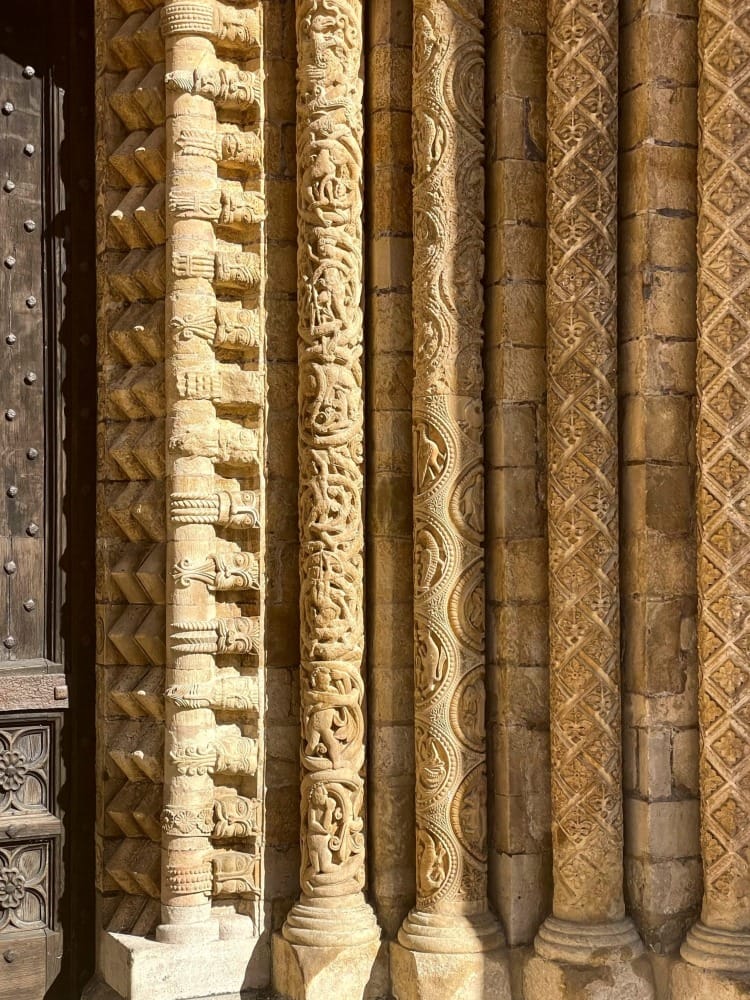
John Ruskin said of Lincoln Cathedral that it is “out and out the most precious piece of architecture in the British Isles.'
But it isn't just the grandiose views - the Romanesque details, like the door to the west front, are out of this world. 🌍
Robert MacFarlane writes in Landmarks about Nan Shepherd that for her the body 'is the site of reward, a fabulous sensorium - and the intellects auxiliary. In the mountains, she writes, a life of the senses is lived so purely that 'the body may be said to think.'
Threshold.
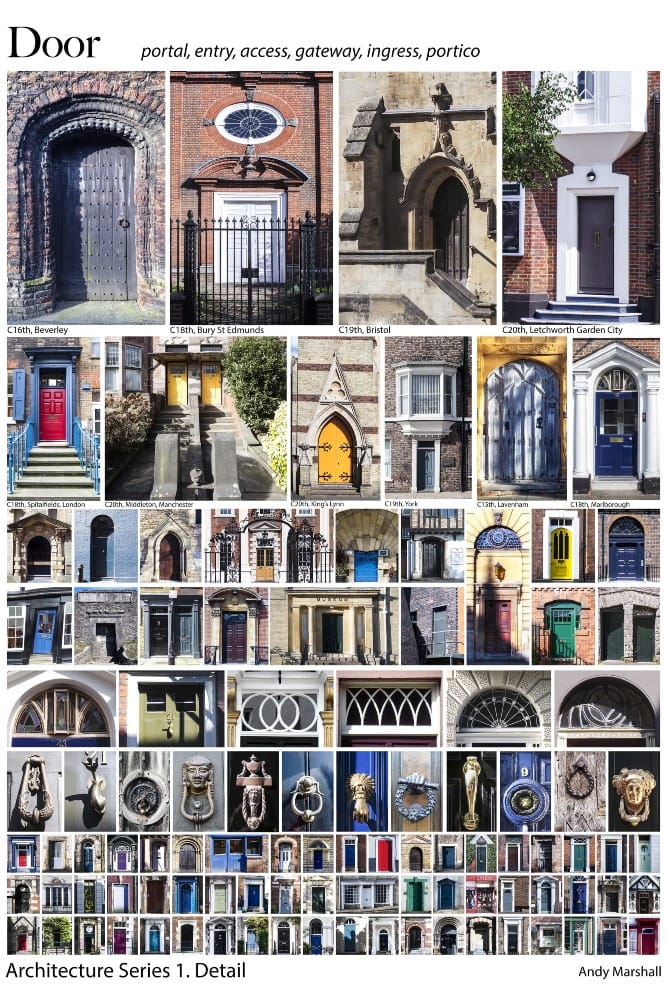
"There are places and things which make our thinking possible, and leave our thinking changed." - Hugh Conway Morris.
Doors showed me the way out of breakdown and depression. After finding myself curled up on my bedroom floor, I tentatively lifted myself up by following a row of slates on the roofs through my bedroom window. I sat up, tracing a gutter line and downspout, then stood and observed the contours of a window. Finally, I settled my eyes on the doors of the street where I lived.
I know it all sounds a little odd, and men don’t usually talk about these things, but I feel that what happened to me during that time was miraculous, and miraculous things should be shouted from the rooftops.
On that pivotal day, I used the geometry of the building to soothe the red-hot poker of my mind, avoiding panic and palpitations by shifting my thoughts into the felt sense of things. My body, in essence, became my ‘mind’s auxiliary’. It wasn’t a planned thing; it just seemed to be my body’s way of dealing with the rising anxiety.
My final act was to look towards the ribbon of doors threaded along the perspective of the street. I felt hope in the fact that they reflected the cosmos of human nature. Doors of every type, doors of different colours, doors with surrounds and doors without. Some doors were adorned with signs and others with potted plants. Some were shiny and new and others had the wonderful flaking patina of age.
For me, the answer to my problems seemed to lie within the doors. Something to do with their complexity. Not just in how they revealed the diversity of human nature, but also in how their visual complexity provided both a balm and the nutrients for my survival and recovery.
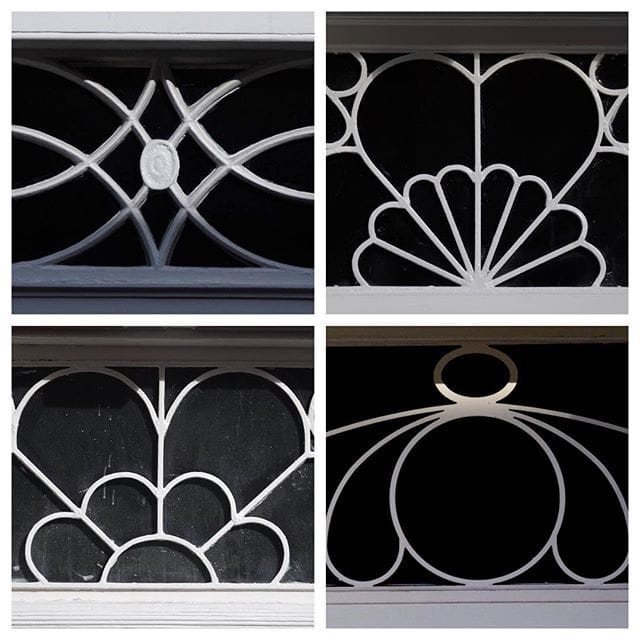
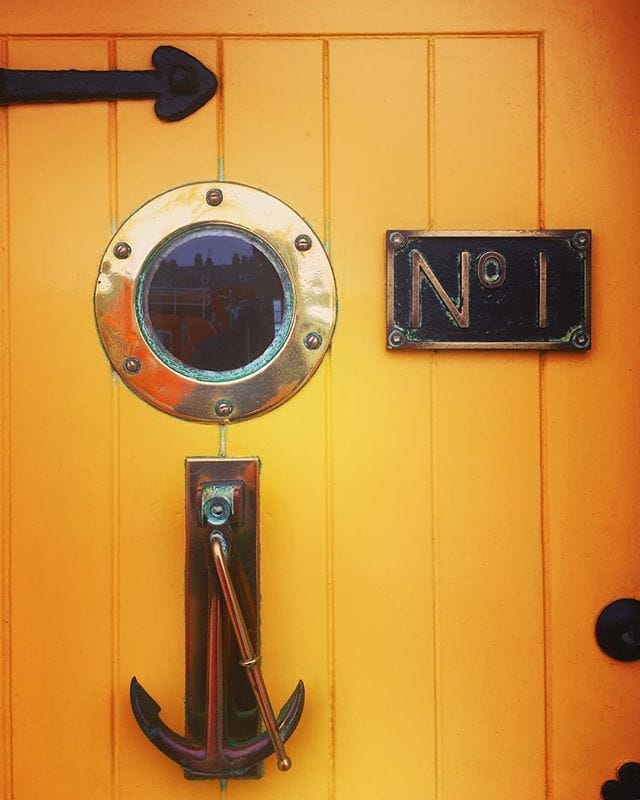
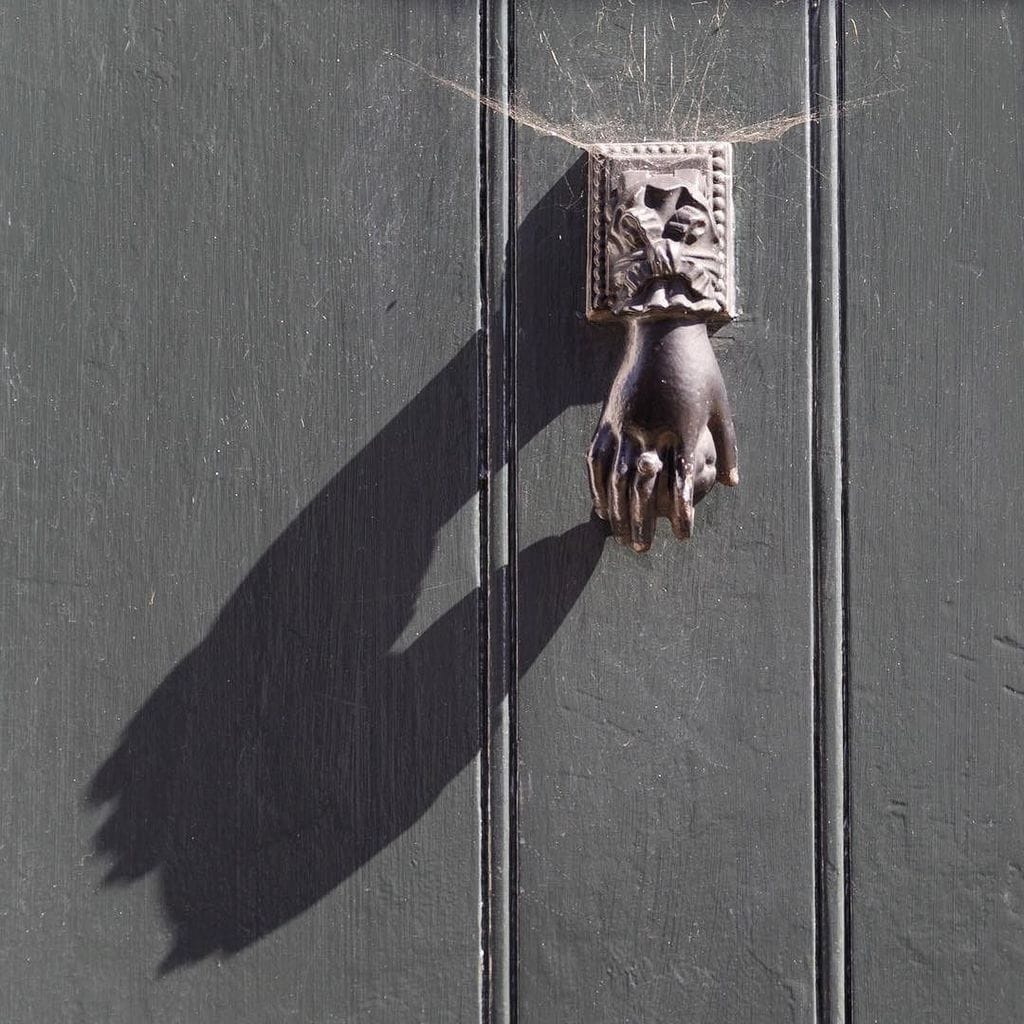
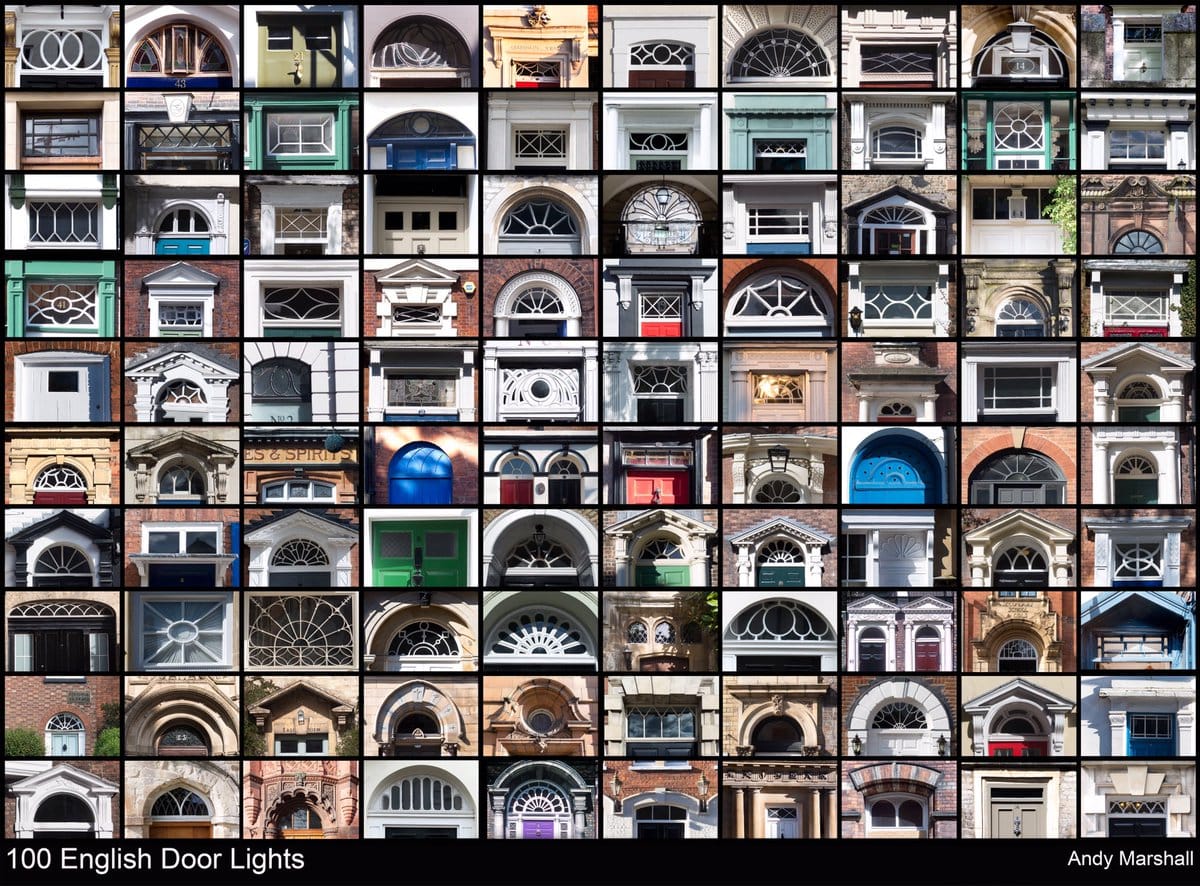
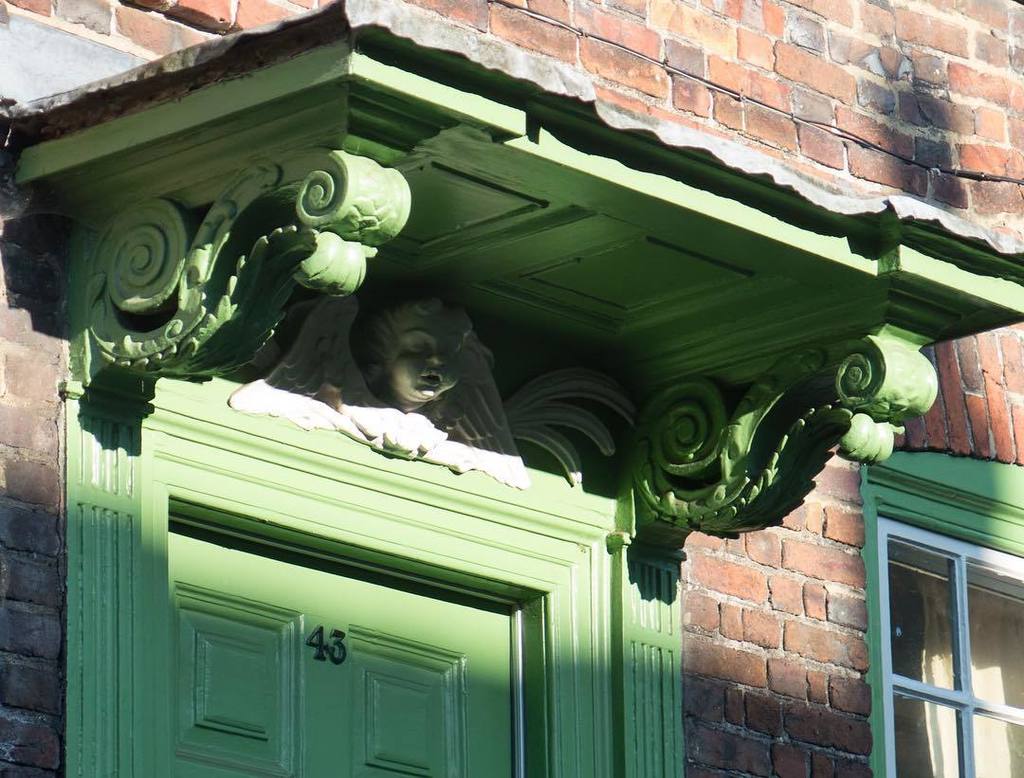
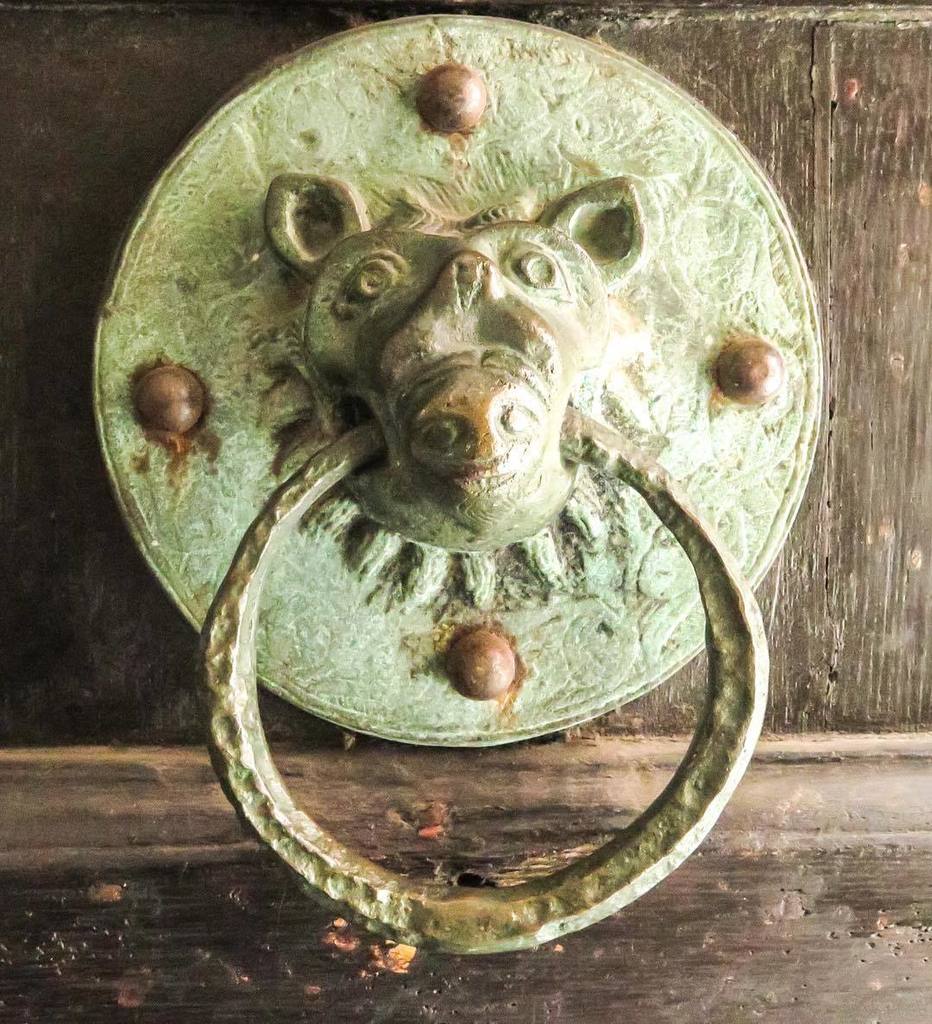
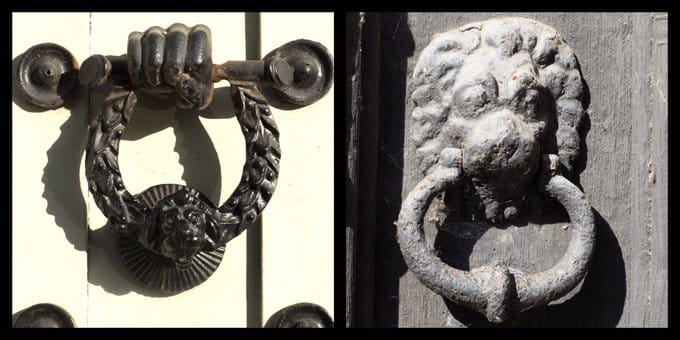
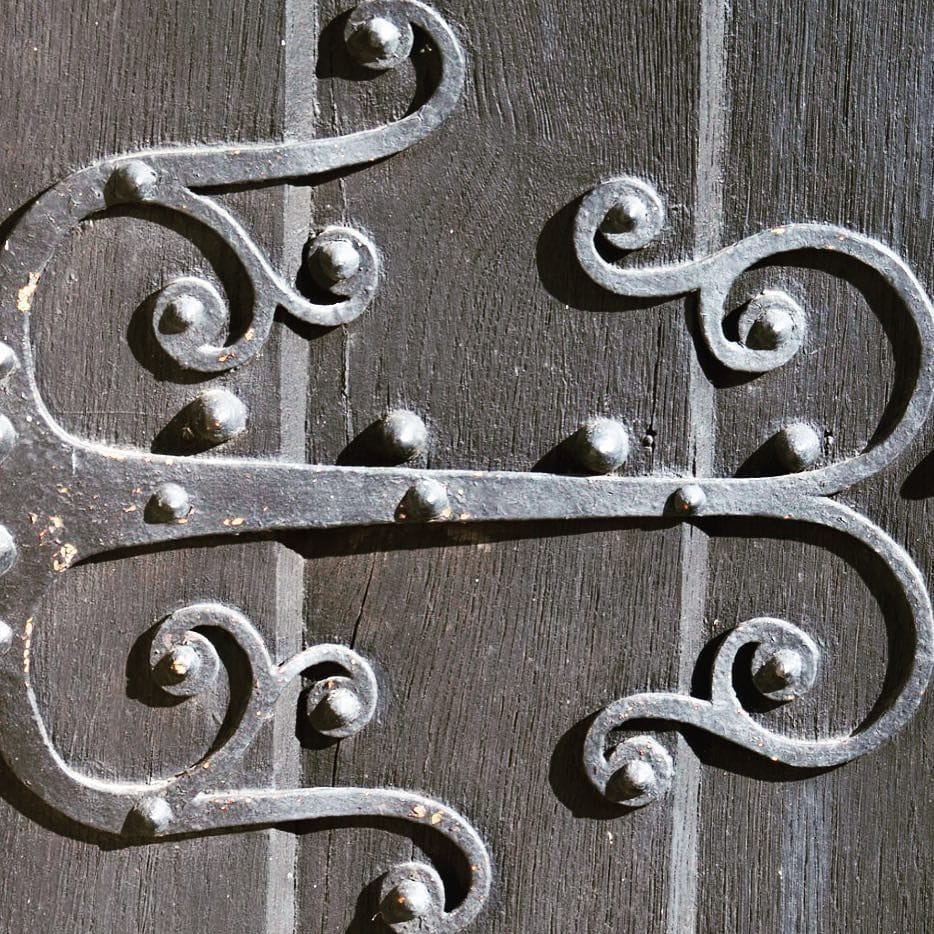
My street was full of humanity, and humanity, for me at that time, represented new beginnings. In facing the overwhelming condition of depression, I felt that there was a door to another place out there that might help me dispel it.
It didn’t stop depression from lurking, but what it did do was spark a journey that led to a complete change of career. I became a photographer of buildings—and that was my door to overcoming depression. I later realised that photography was just a caddy, something that allowed me to work out my own complexities. Luckily, I was good at it and got paid for it; so behind the commercial shoots, I secretly set to work at finding out why and how the doors in my street made me feel whole again.
On that day, the pattern, texture and colour combined with what it represented seemed to jump start another side of my brain - one that had lain dormant for most of my life. It was a revelation to me that I could escape into another realm by strengthening a separate part of my mind as if it were a muscle. It also came as a huge surprise that, in spite of myself, there was something subconsciously and intricately working behind the scenes to find a way forward and heal. There's hope in that for all of us on so many levels.
The nested complexity of a door showed me that there was an infinite number of ways to deal with the notion of entrance and that was an overwhelming tonic of an idea. For if there was an infinite number of ways of dealing with something as mundane as a doorway then there must be an infinite number of ways of dealing with depression and the challenges that life brought me. These notions might seem superficial to some, but they saved my life.
It might not be a door for you. It might be a flower, an insect, a teapot, a train, a piece of music, or a work of art.
As time moved on, I realised it wasn’t really about the doors, but about embarking on a journey that taught me a way of observing and interacting with the world. This new perspective helped me navigate one of the darkest chapters of my life and continues to guide me through new challenges.
This digest is not just a record of my journey, it is an intricate part of my wellbeing - a kind of therapy - a way of cultivating my senses, strengthening the right muscles in my brain and keeping me alive with the joy and hope of a beginner’s mind.
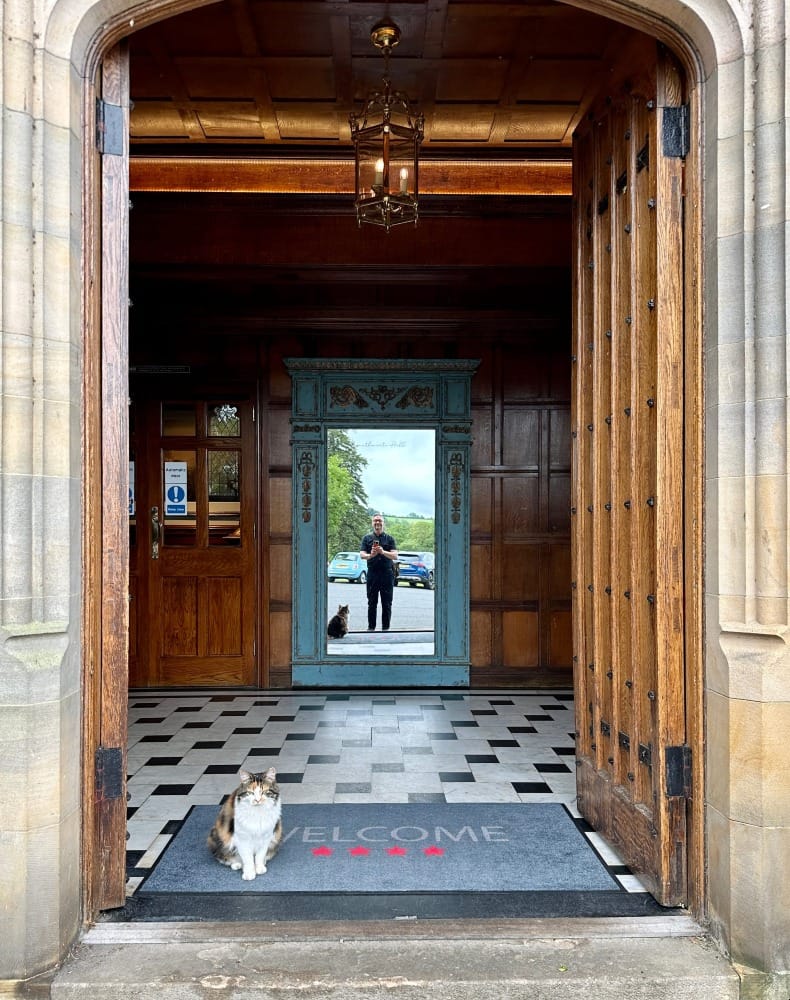
Last week, in Cumbria, in a building with doors that turned into mirrored labyrinths, I witnessed the joyous marriage of my son Sam and his partner, Rowan. For obvious reasons, there was a moment that touched me as they stood at a doorway facing outwards. It seems remarkable to say so now, but without the impact of the humble door on my life, I might not have been here to see it.
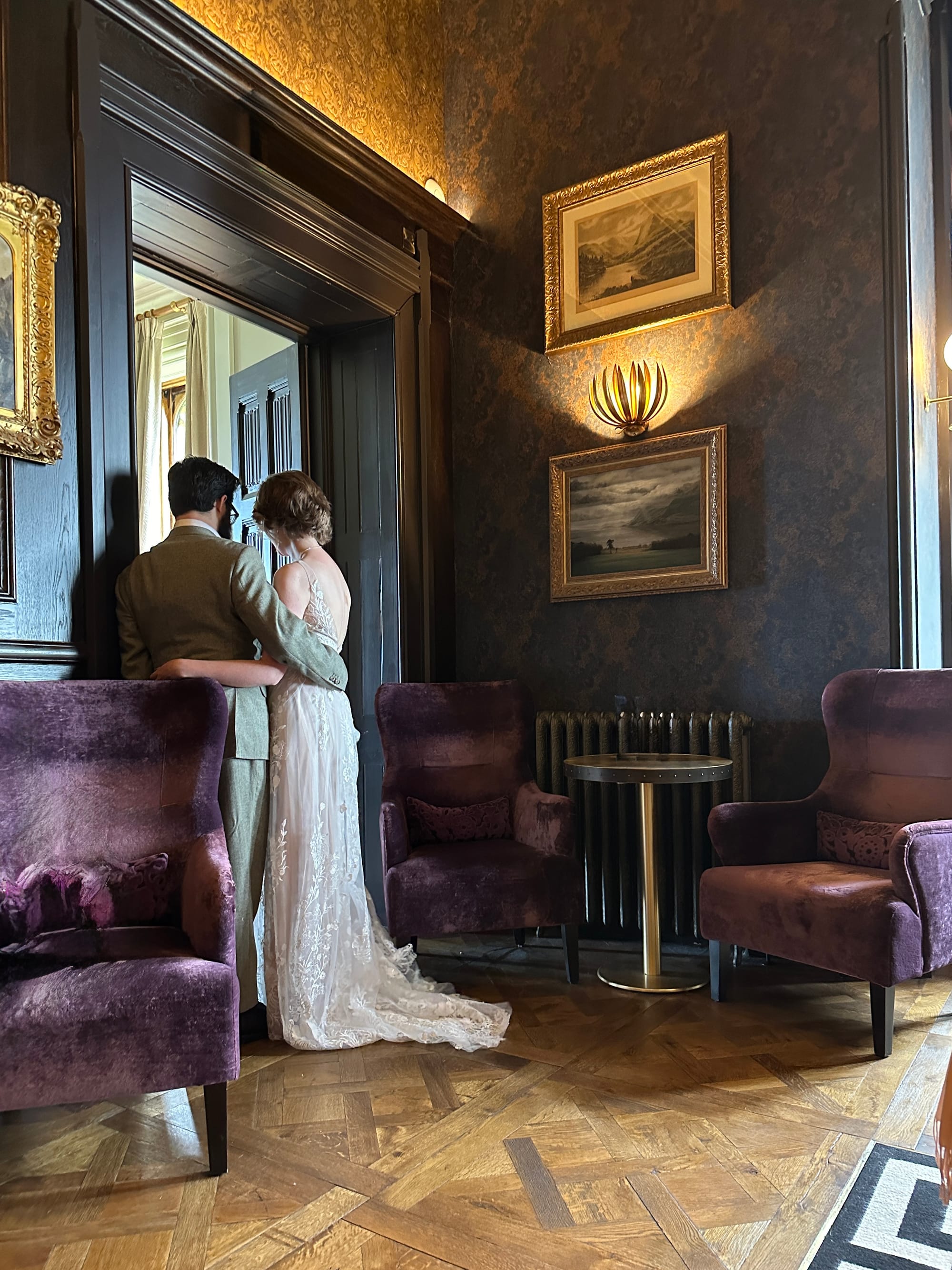
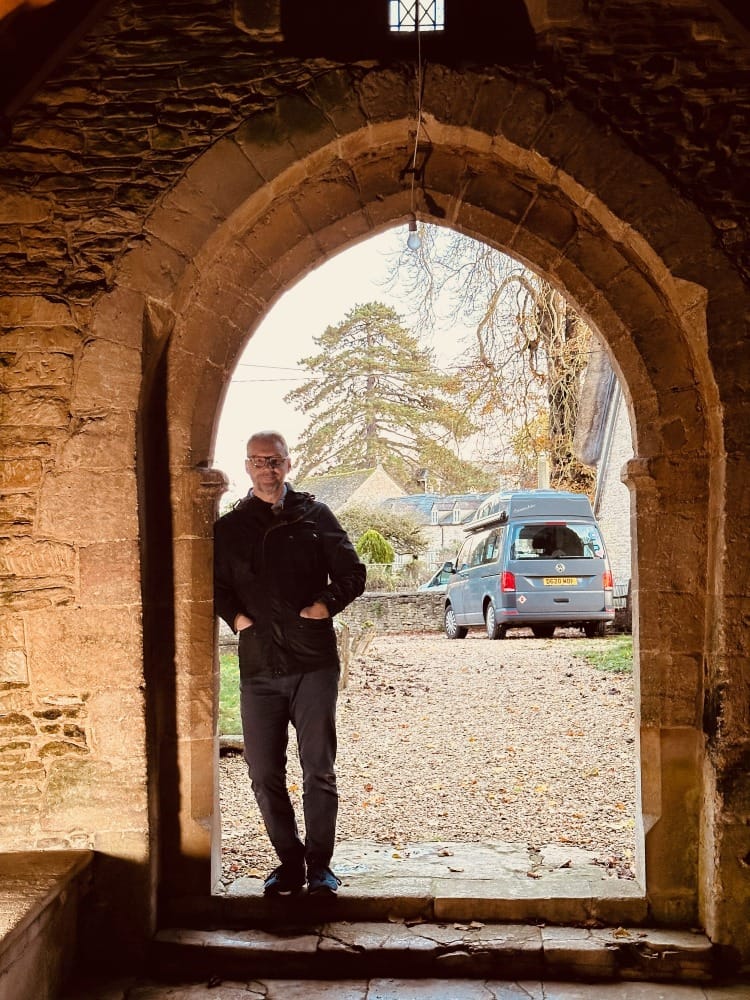
Door-Ham (Durham)
I have a photoshoot in Cramlington and am lodging over at the Durham CAMC in Woody. Durham is door heaven - every type spanning centuries. This is a walk along the portals of Durham - a thread that mulches along the threshold of private and public. Beyond the doors - the buildings sing with variety and complexity. These streets make me happy.
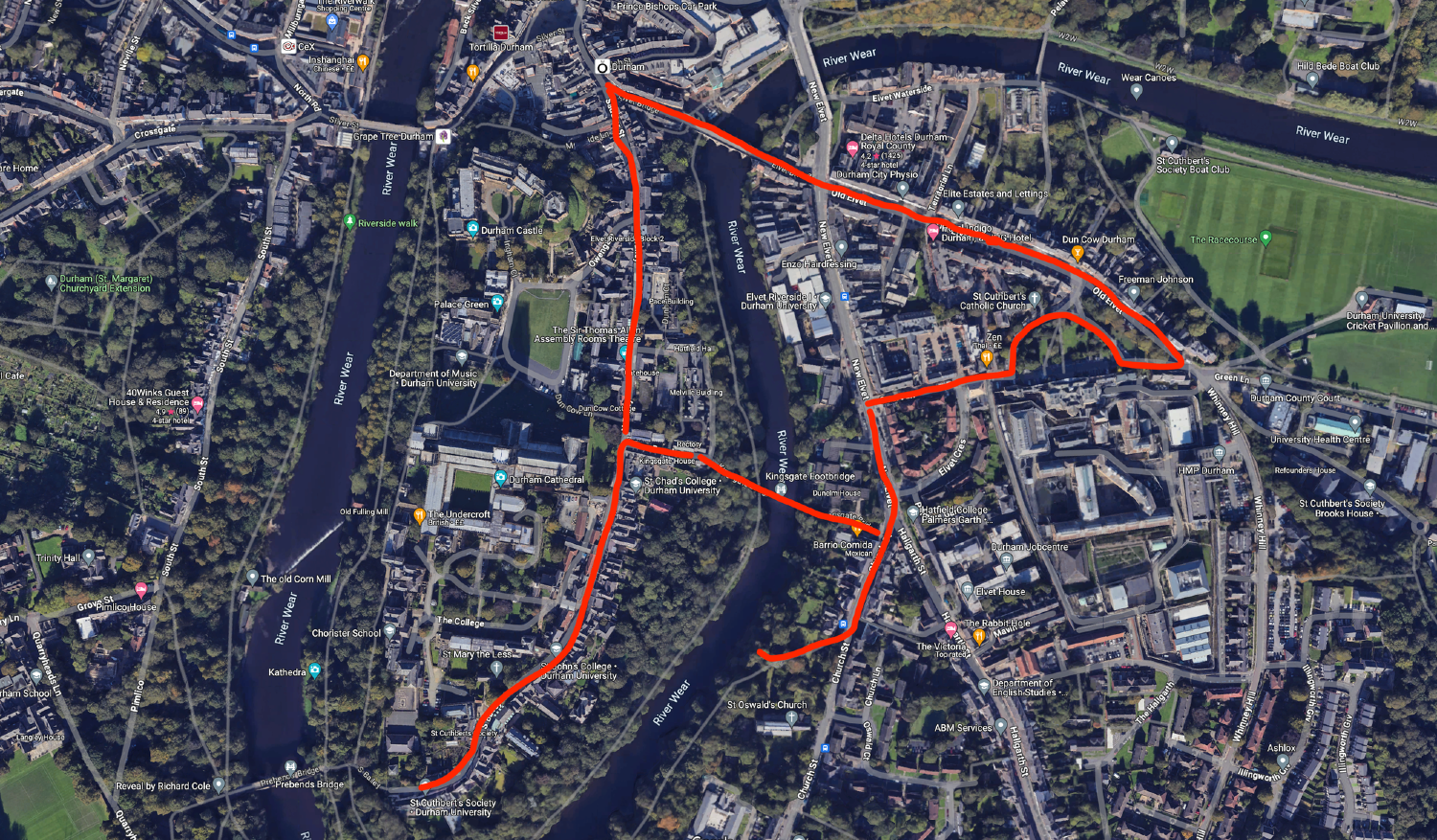
This time I decide to avoide the enormous pull of the Cathedral and walk around its streets. I take a circuitous path from Durham Market Place onto Saddler Street, across the Elvet Bridge and up along Old Elvet.
I then swing back past Durham Crown Court and onto New Elvet where I walk up to the grounds of St. Oswald's Church to take in a hidden gem of a view of the cathedral.
From there I head north along Church Street and across the Kingsgate Bridge turning south along the iconinc North and South Bailey. Then back down Saddler Street to finish off.
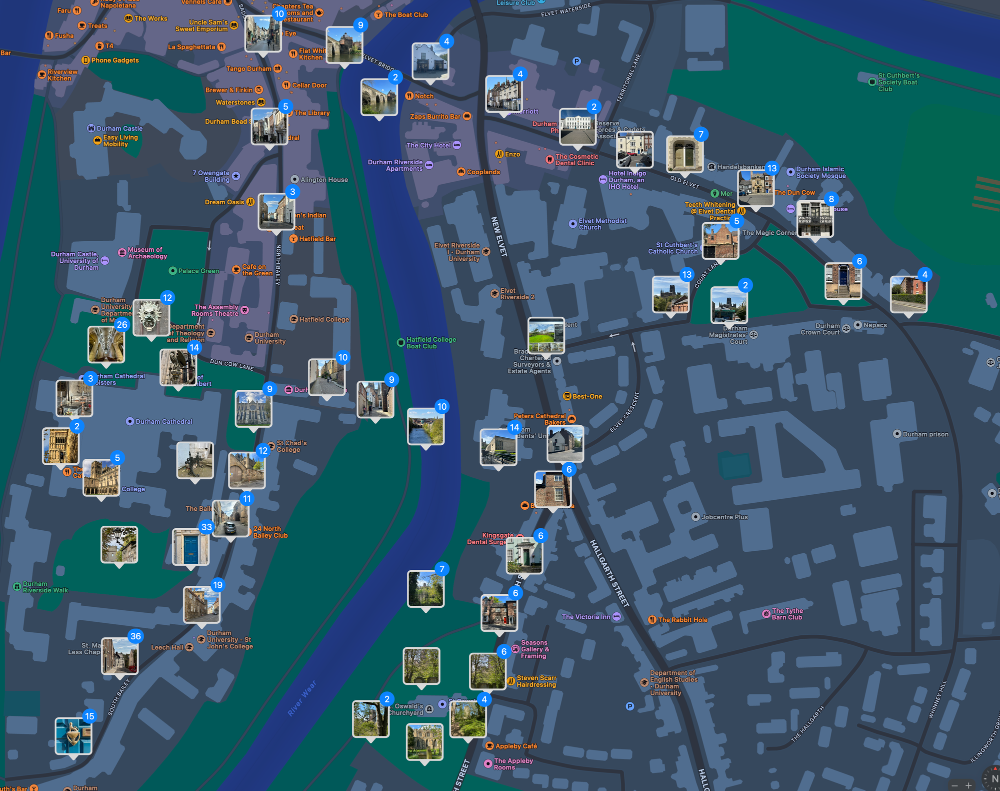
This is a journey into place, and through the magic of your curser or thumb, I hope by scrolling through this digest, you might find something that exercises the muscle of your mind and takes you into a different realm.
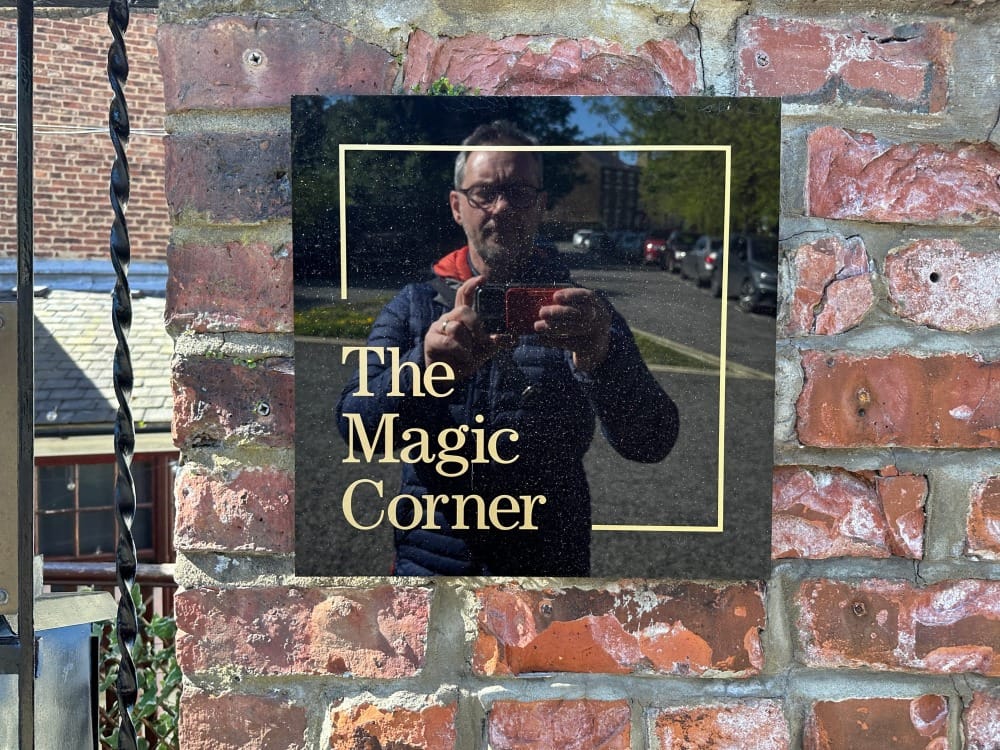
Don't worry - I'll keep things as visual as possible - with snippets of information.
We'll start together at Durham Market Place.
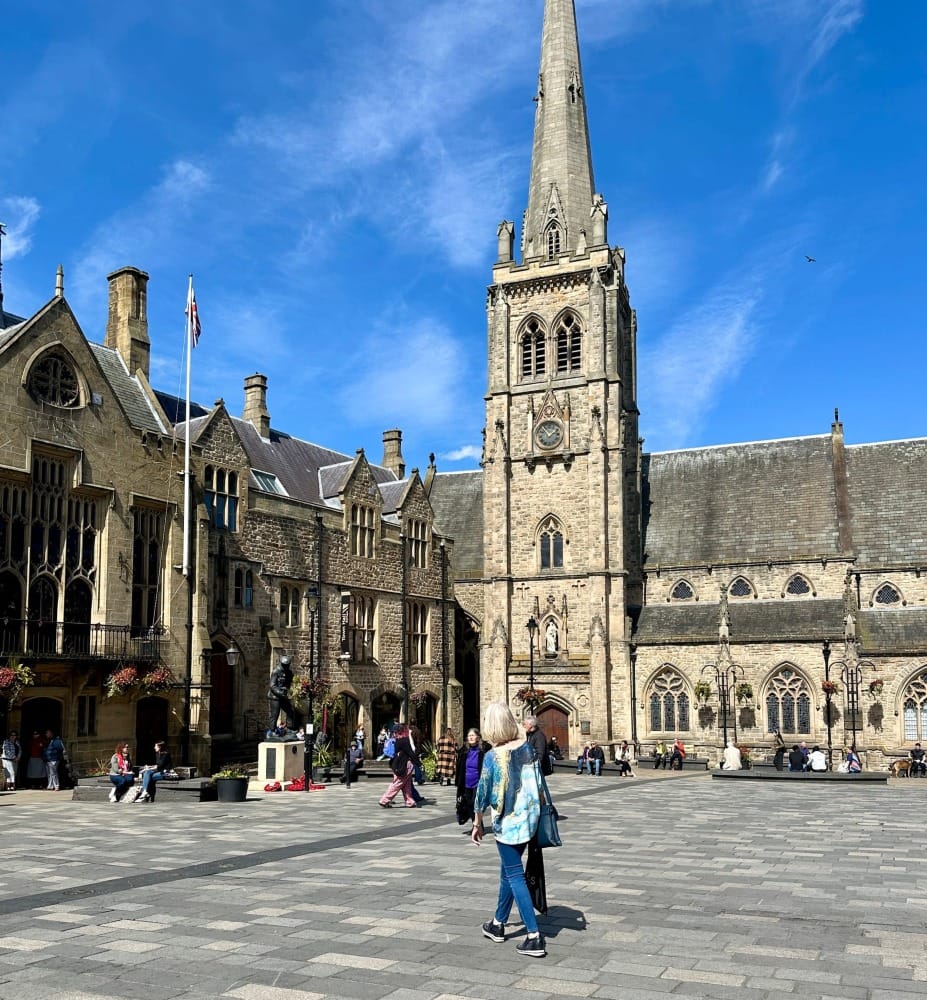
From Durham Market Place, the view up Saddler Street is divine - decorated buildings in all types of colours and textures, all types of periods rising upwards and bending into a curve of intrigue.
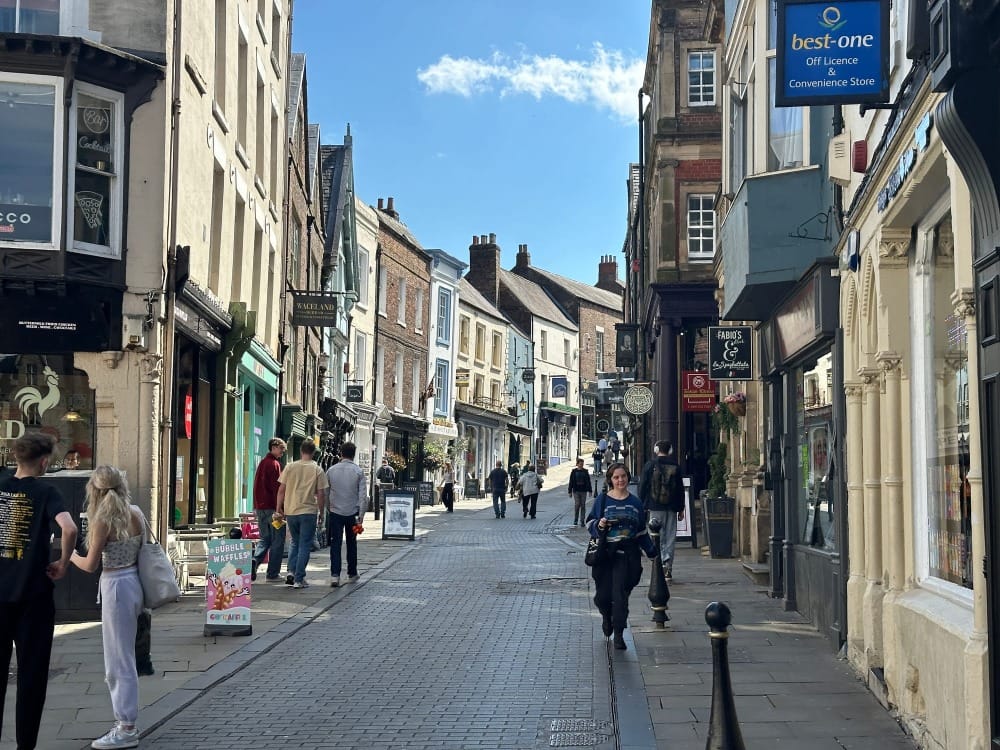
But before we visit Saddler Street, we take a left and move across the C12th Elvet Bridge.
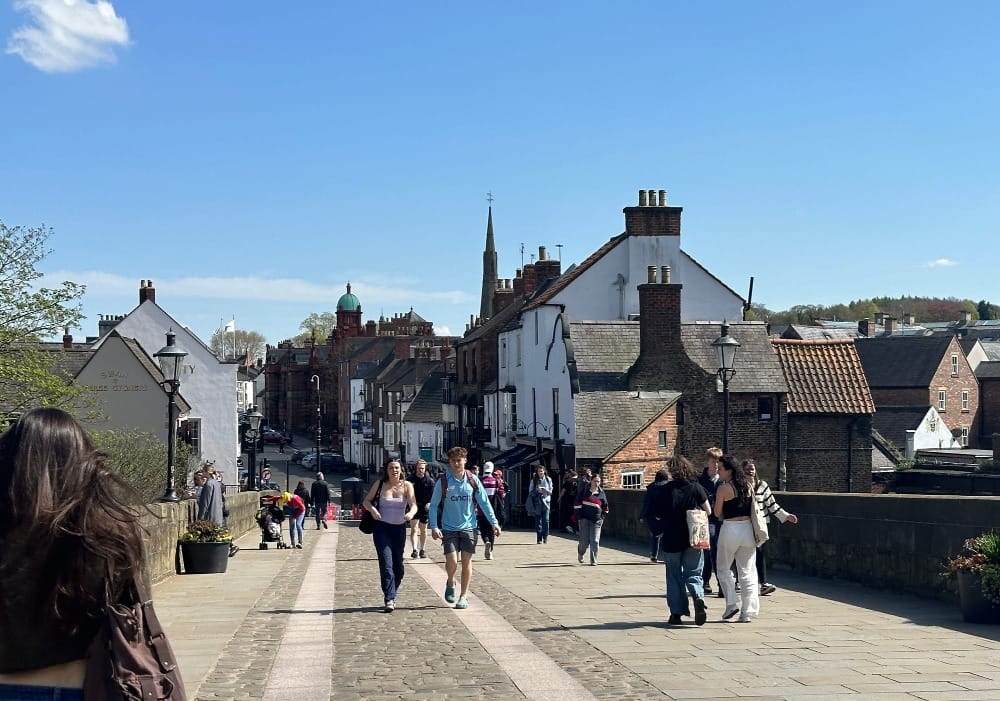
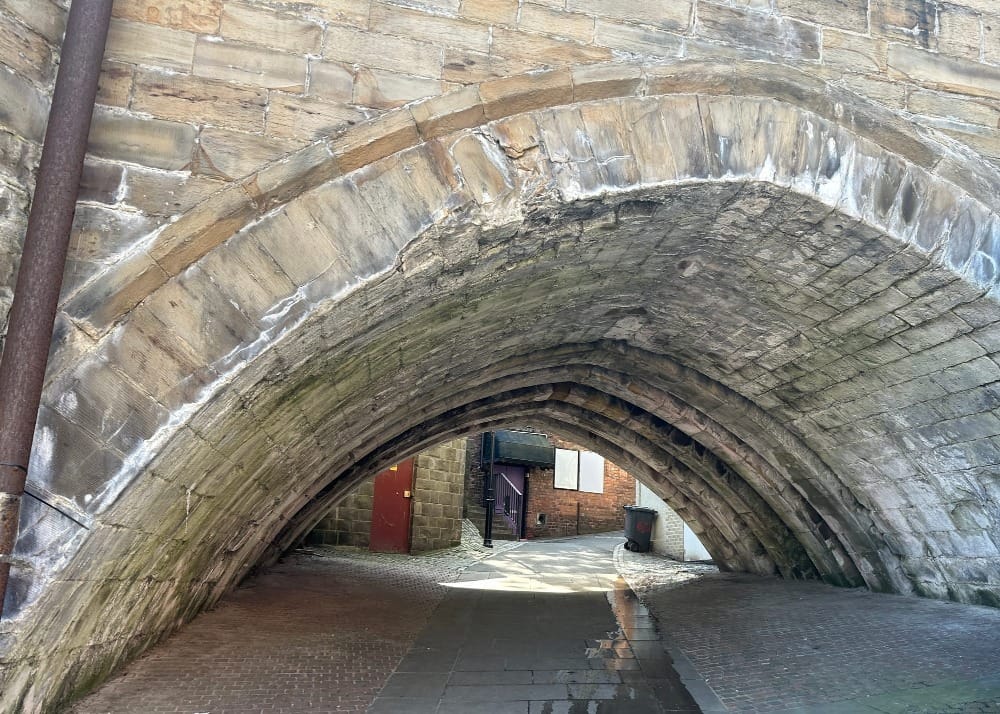
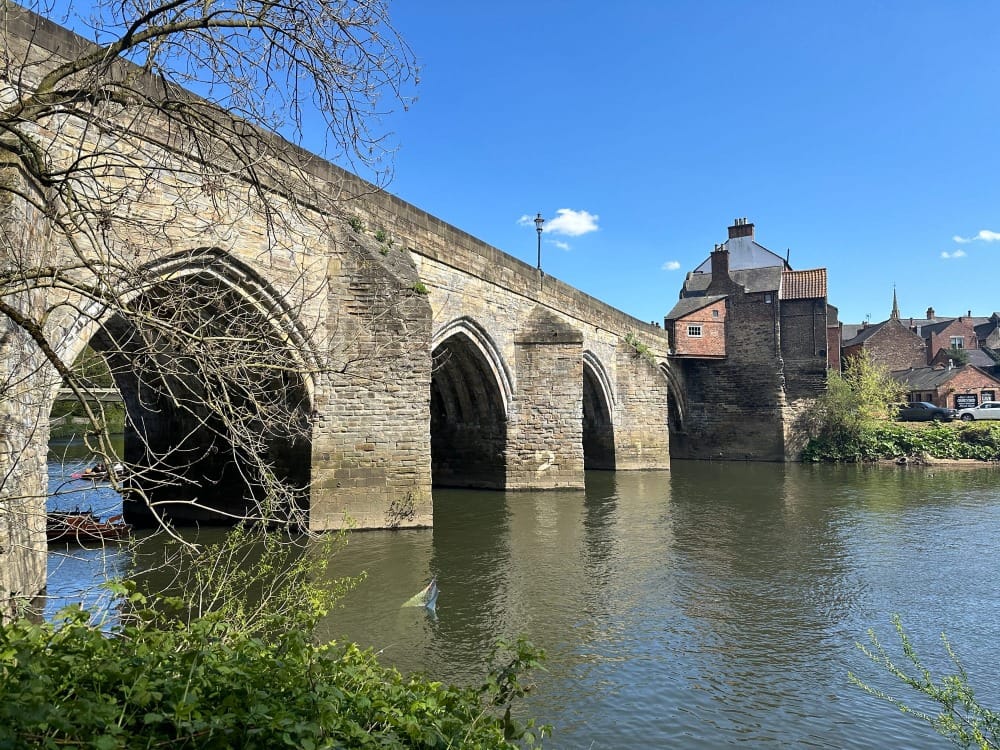
What is it about buildings that are cockled onto other buildings that make them so appealing?
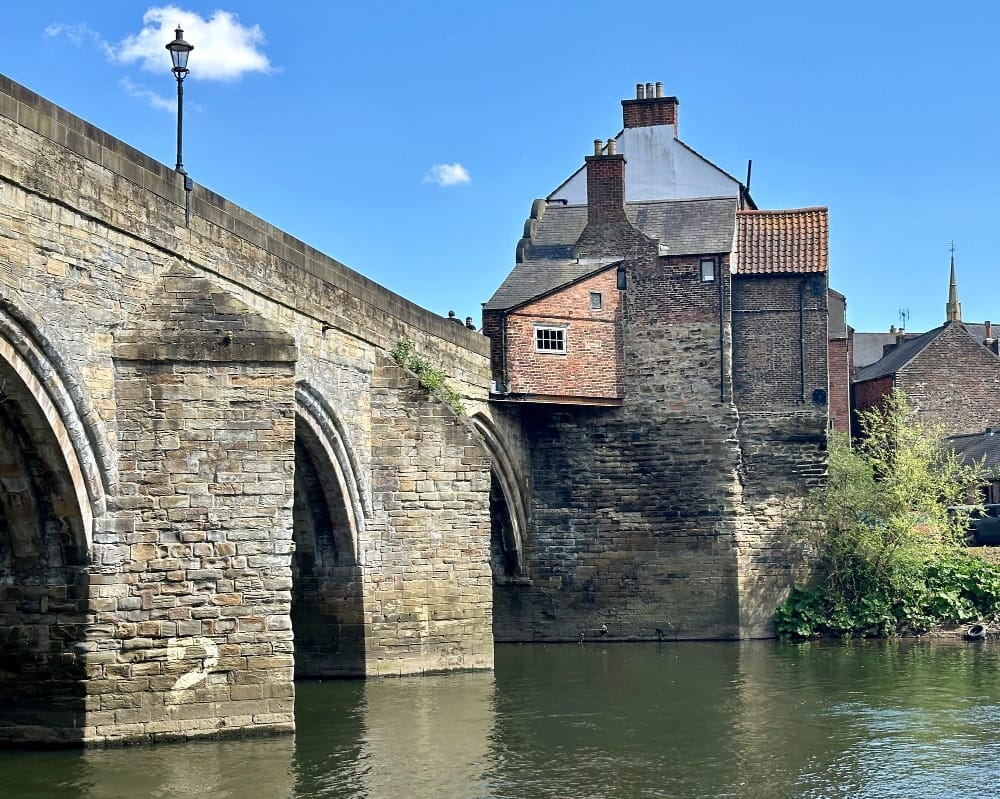
This little brick limpet is fixed between the medieval Elvet Bridge, Durham and a building that houses fragments of the medieval chapel of St. Andrew.
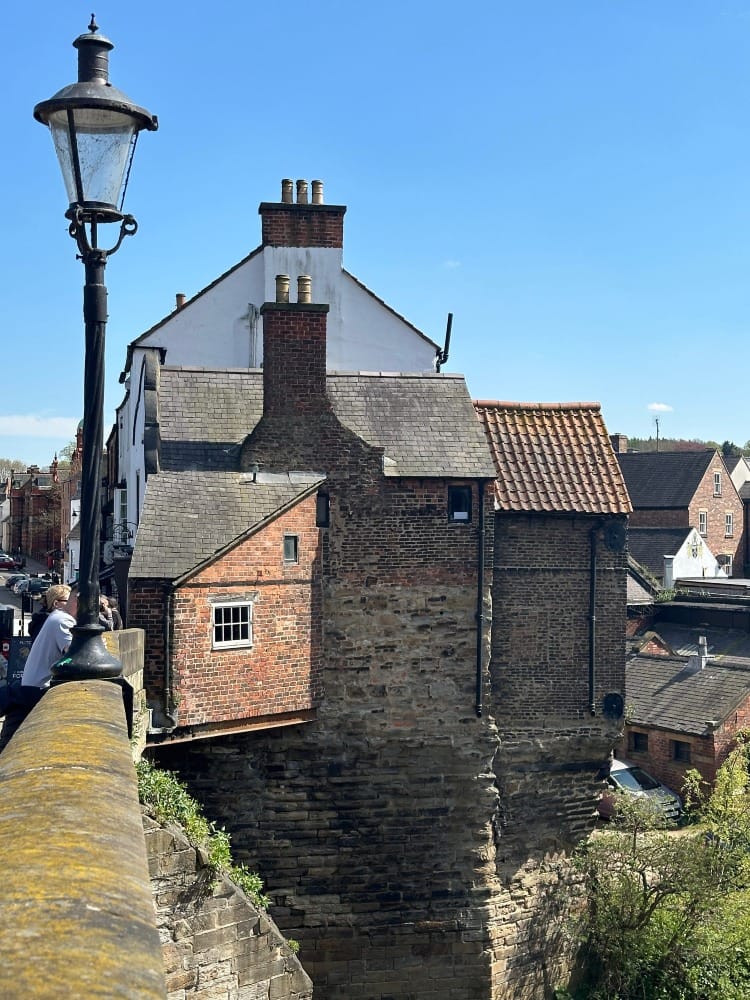
And then we hit Old Elvet - a street of many delights.
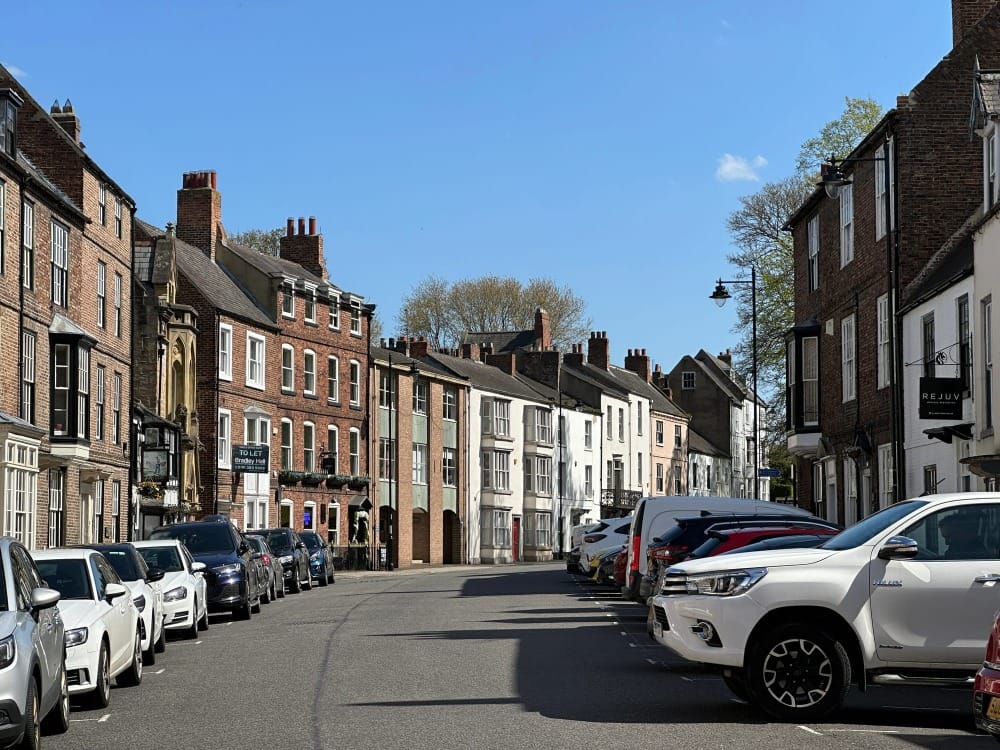
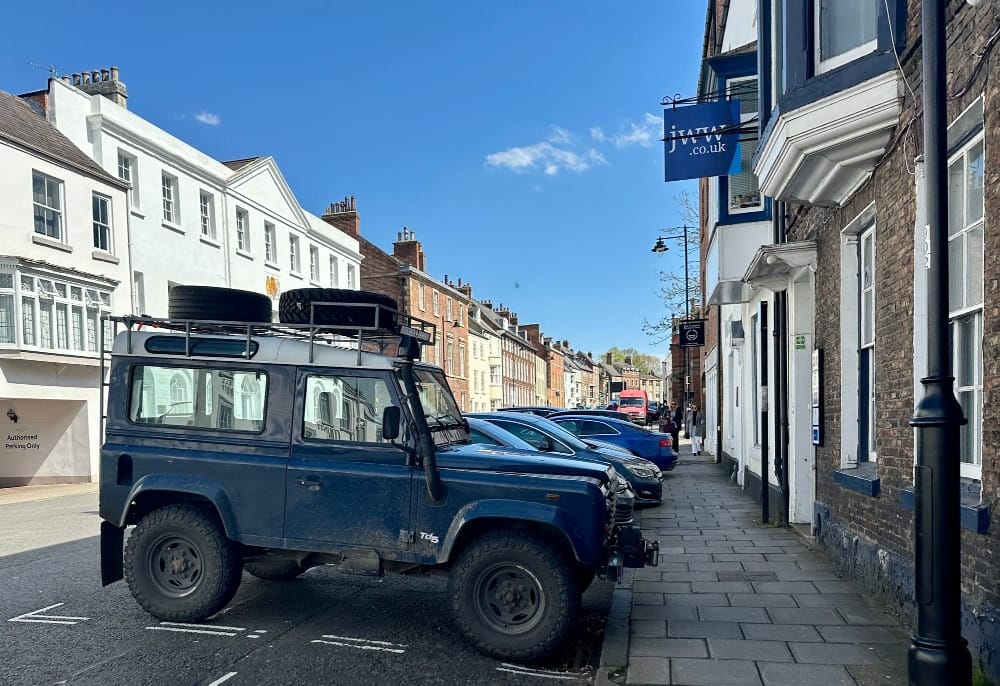
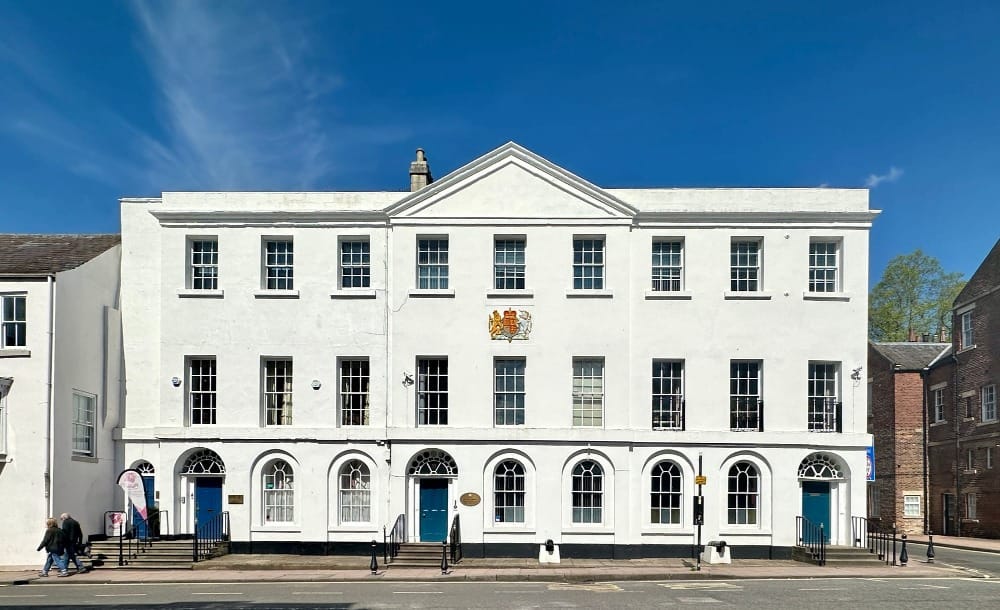
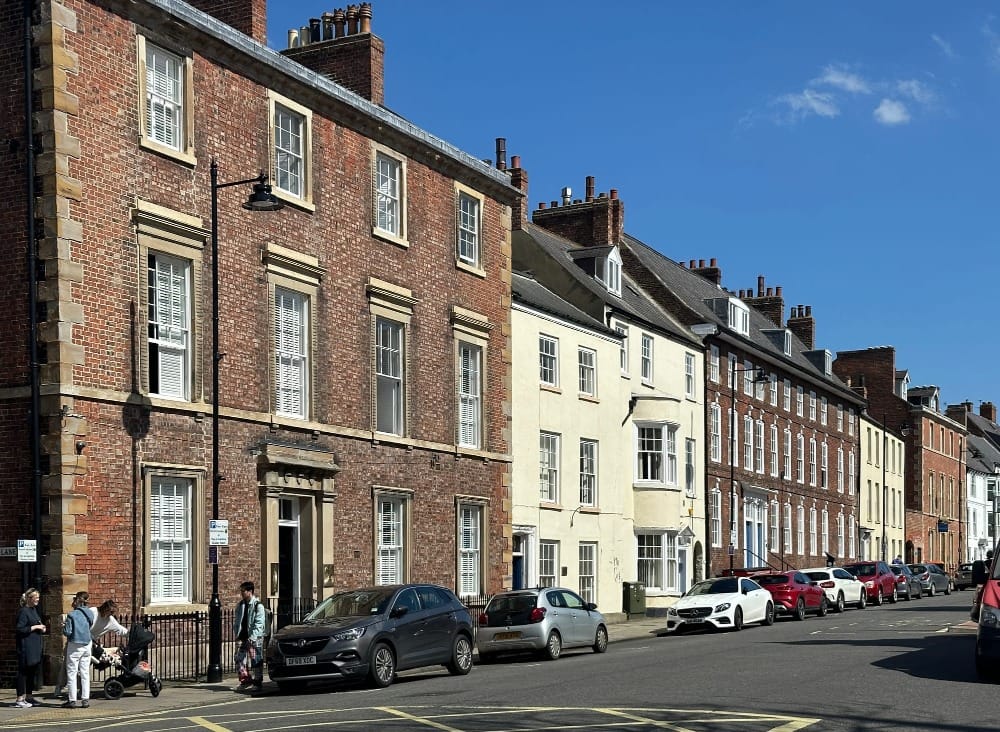
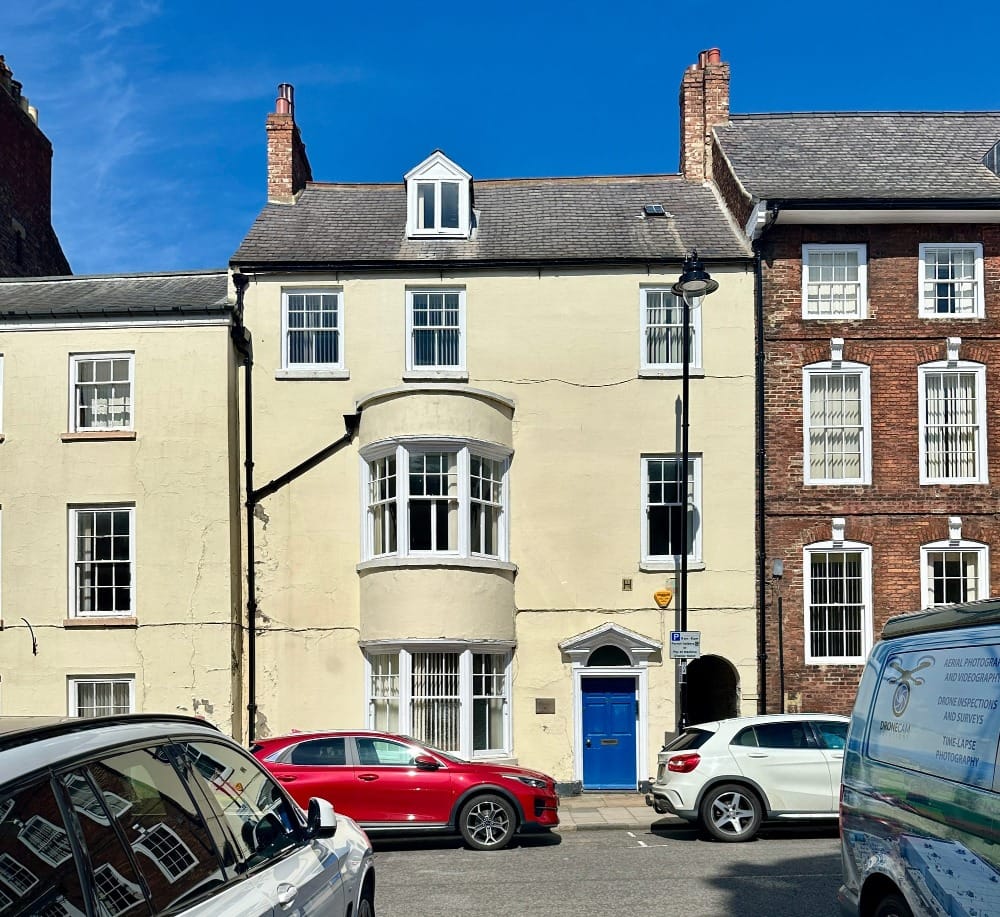
It is on Old Elvet that the doors start to sing.
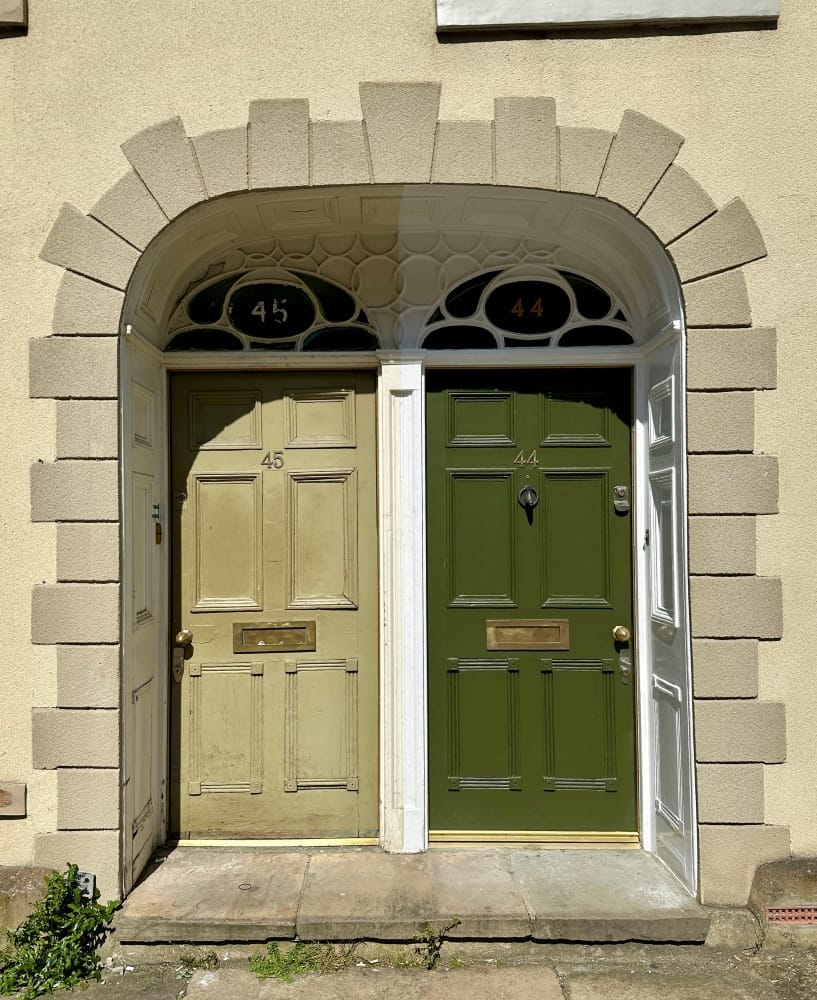
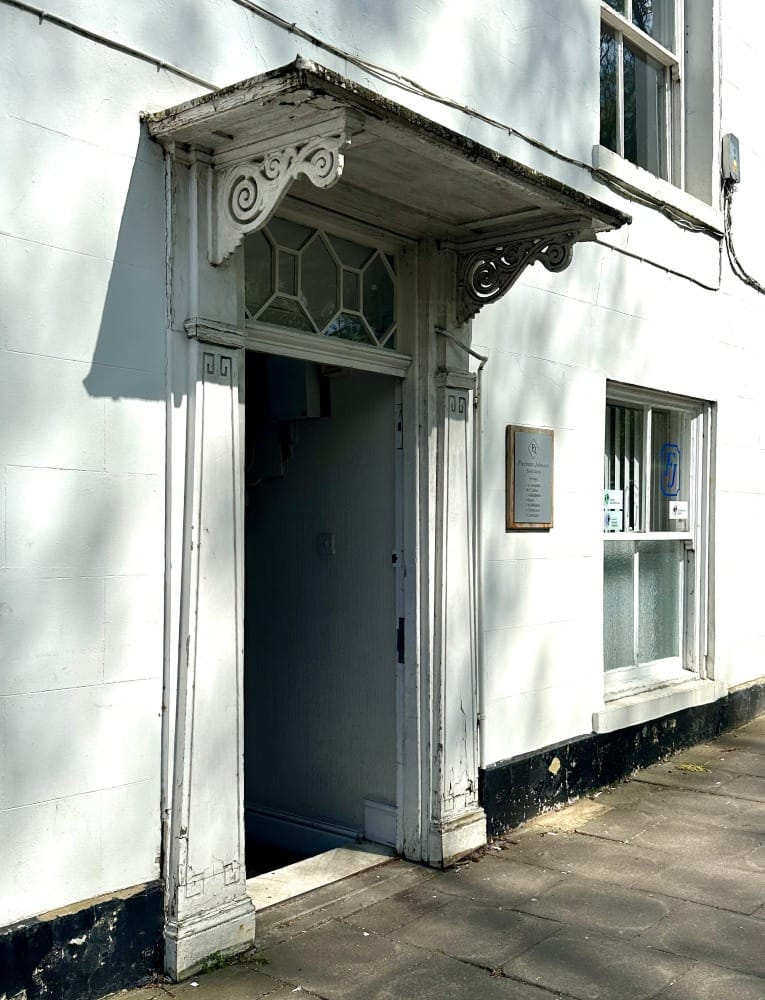
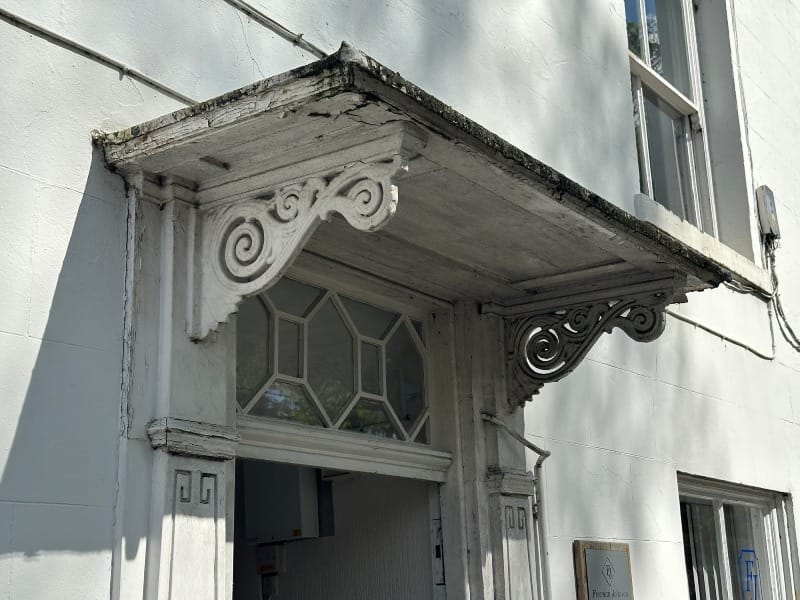
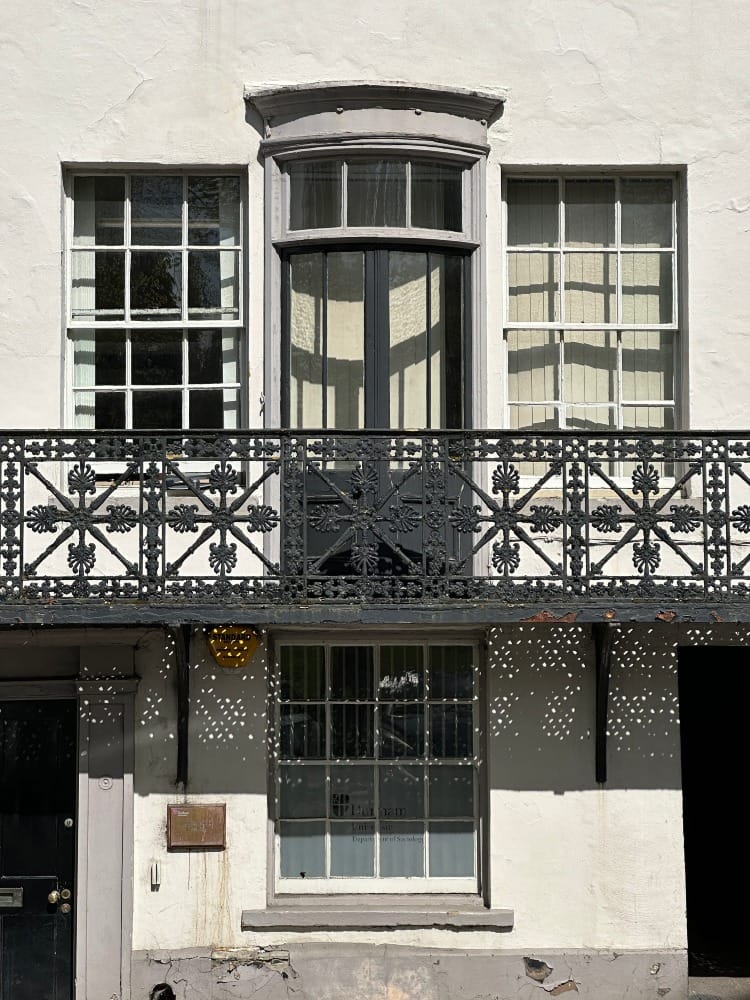
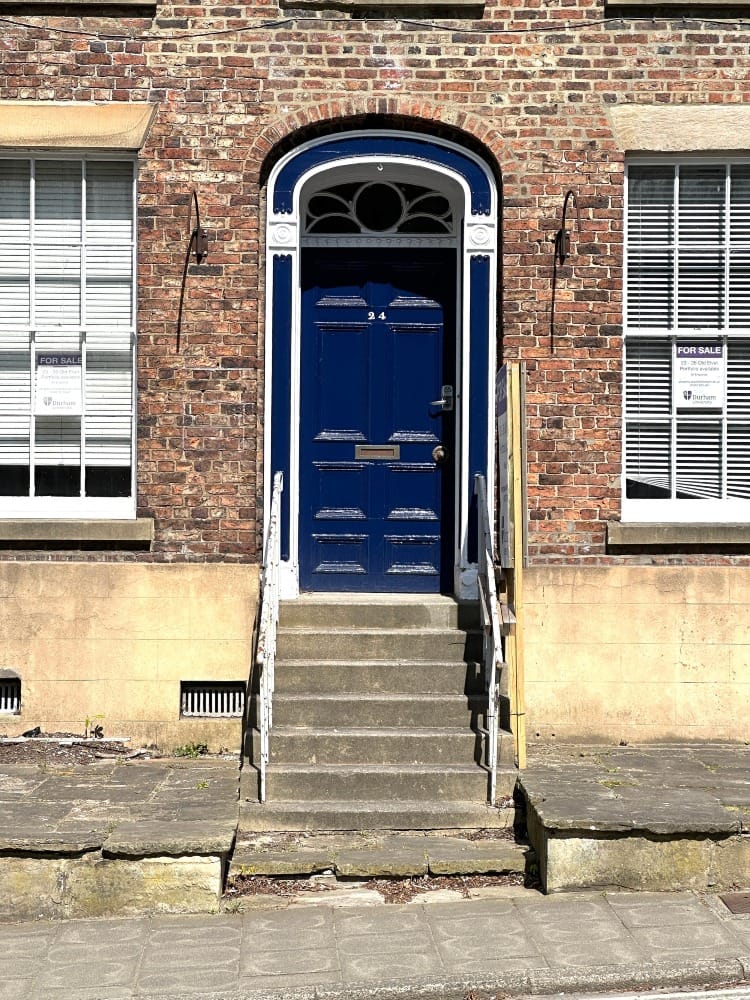
As do the buildings:
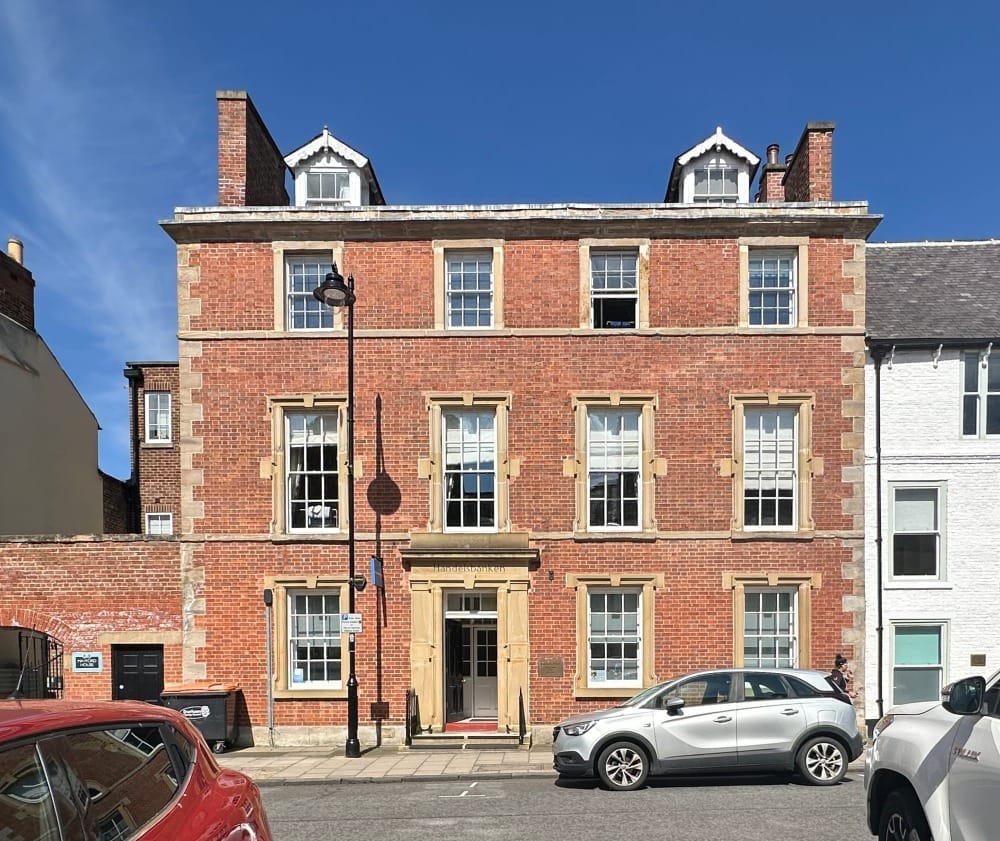
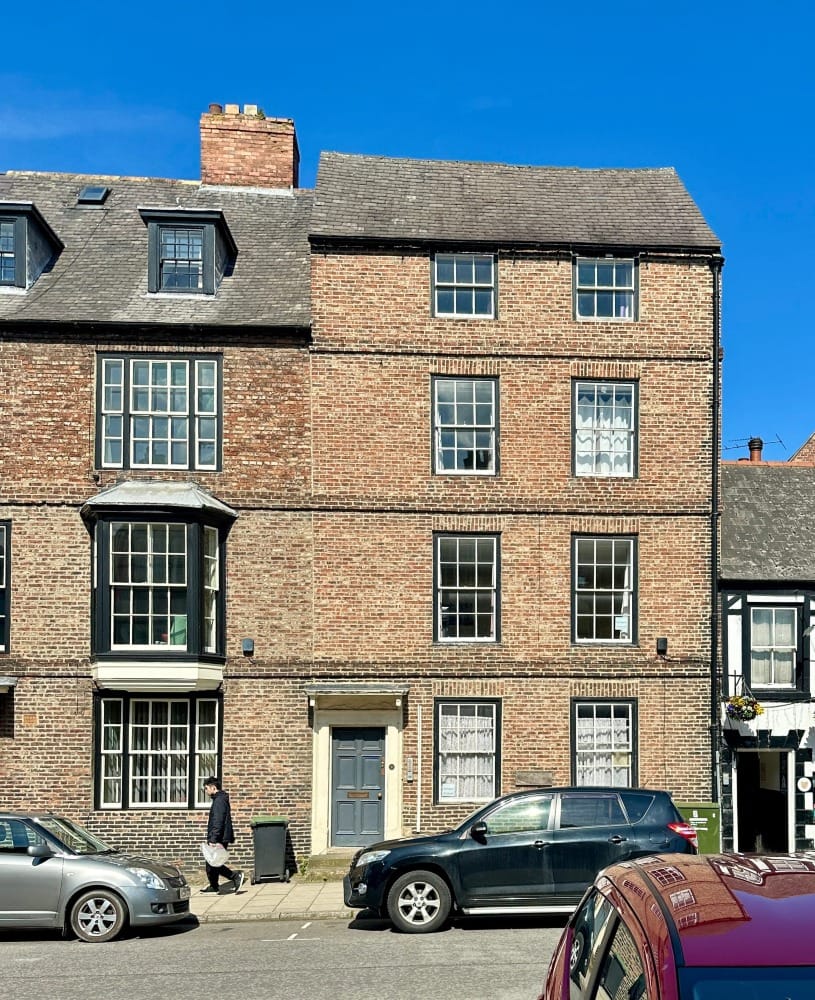
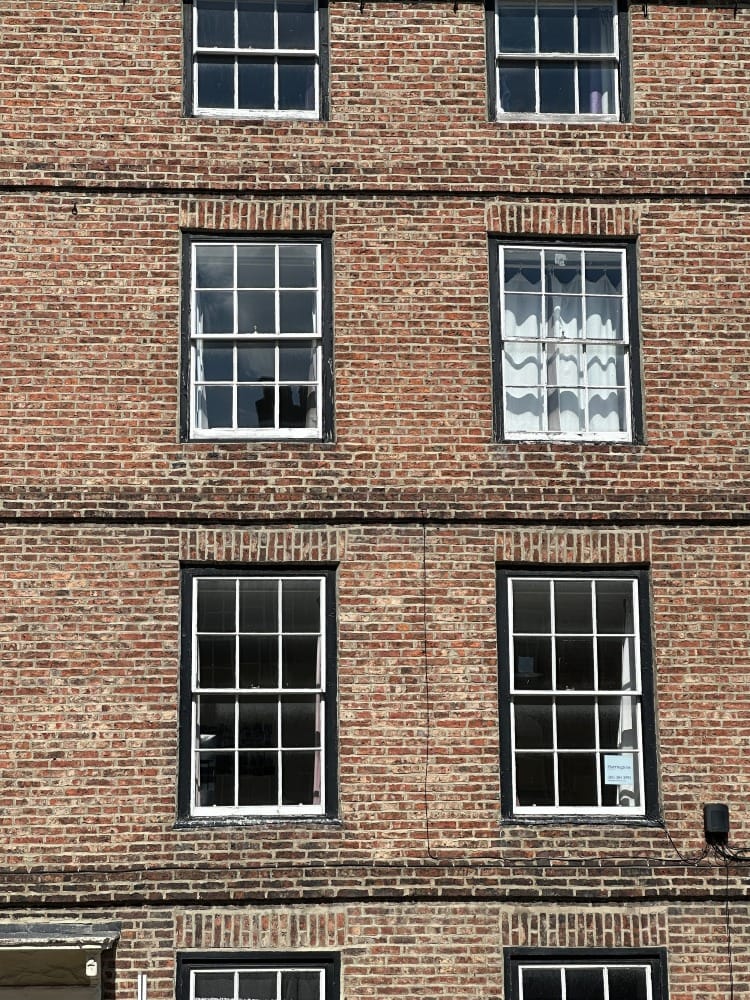
Did you know?
The fanlight evolved from being inside the door into a simple rectangle over the door and then into the decorative item we see today. All these examples are from Barton-Upon-Humber, Lincolnshire.
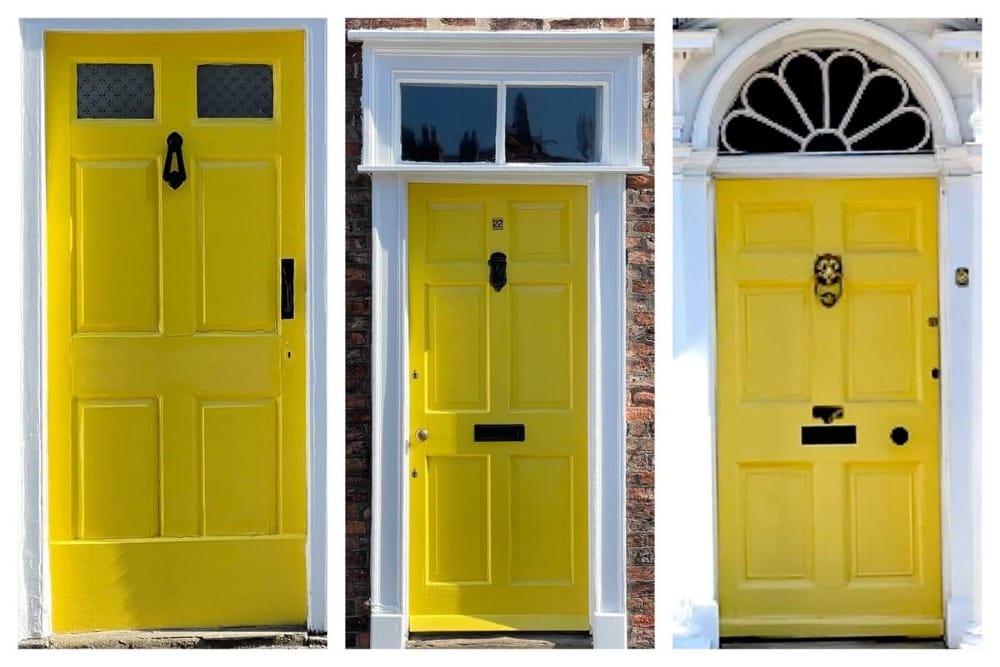
✨All subscribers can download a free hi-res digital print of my fanlight matrix here:
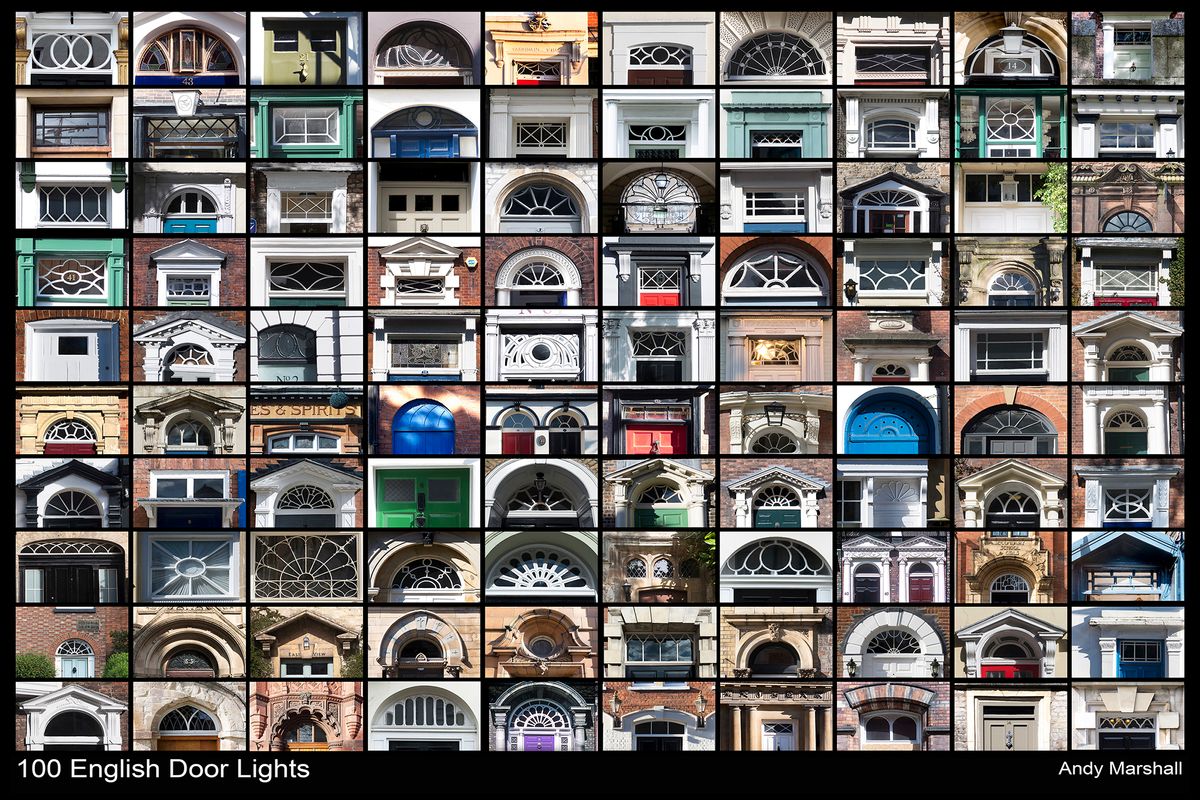
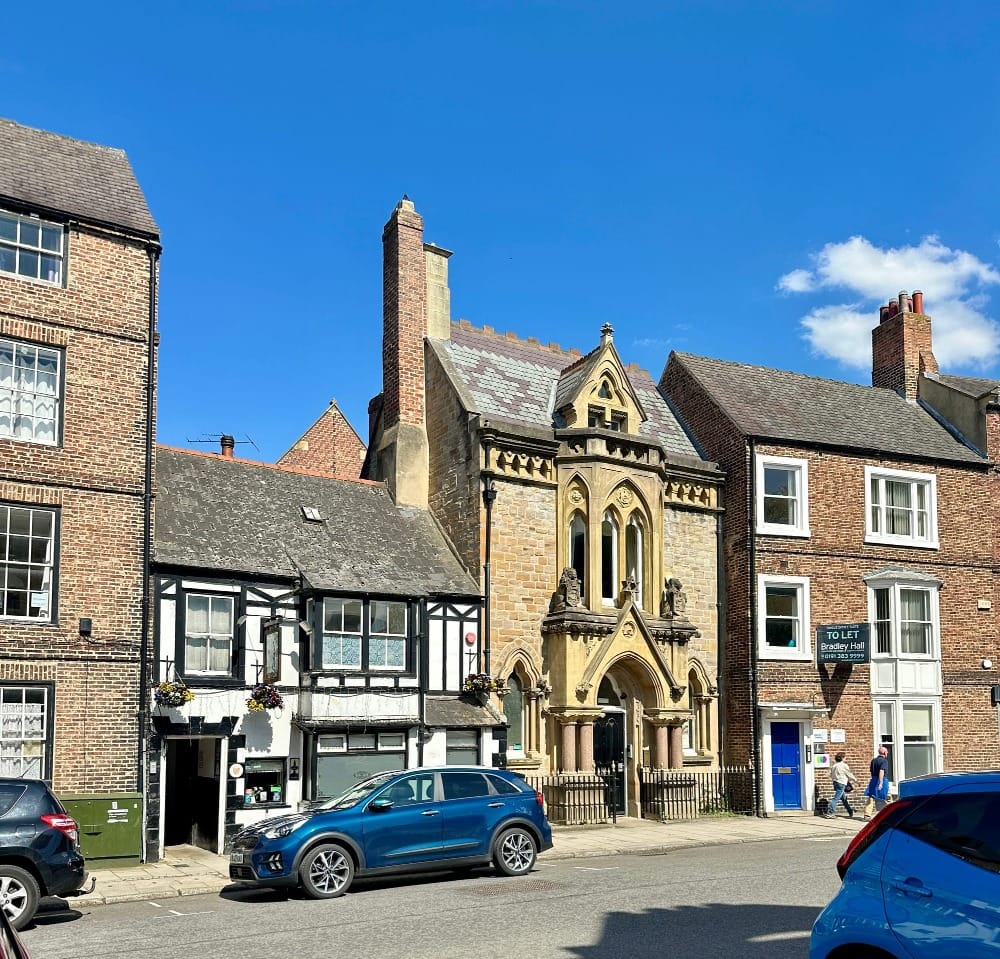
I spot a little ageing timber framed building lodged between a Georgian upstart and a Victorian toddler - then head for sustenance through the Dun Cow's Gibbs Surround.
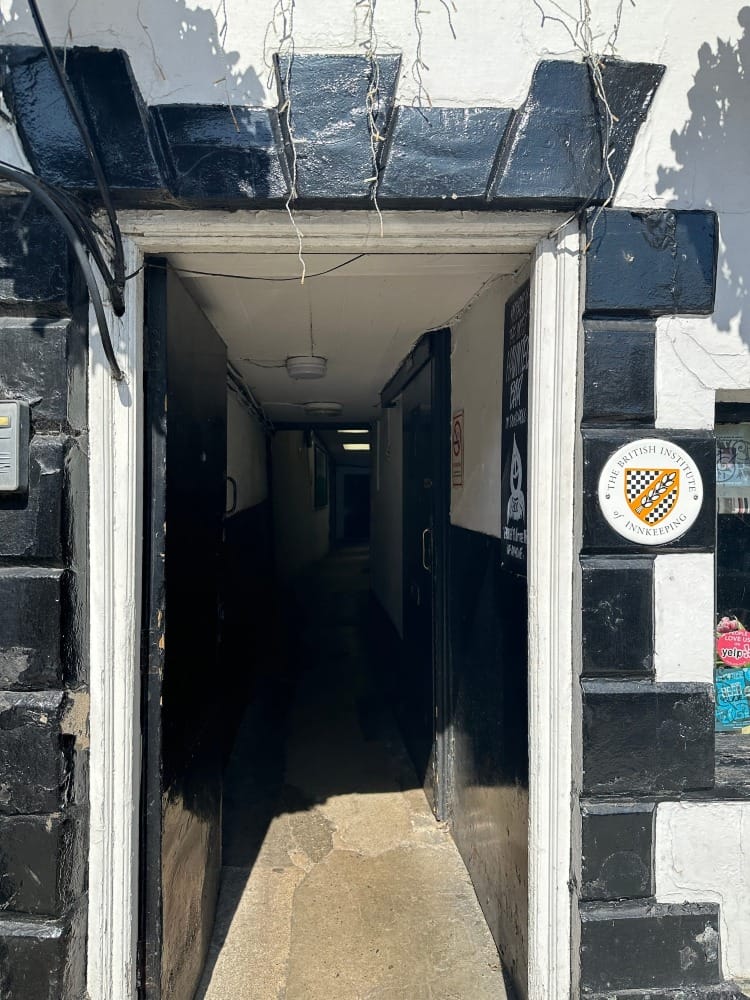
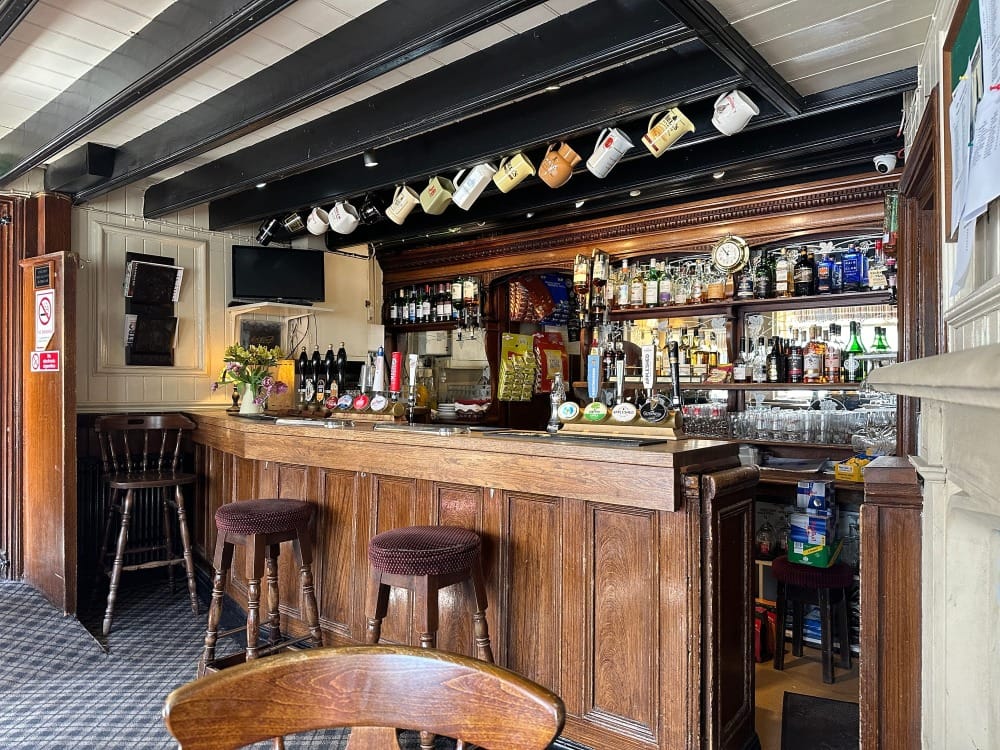
The building next to it - has a message to tell - the pattern of its roof reveals its story - as do the symbols on its facade.
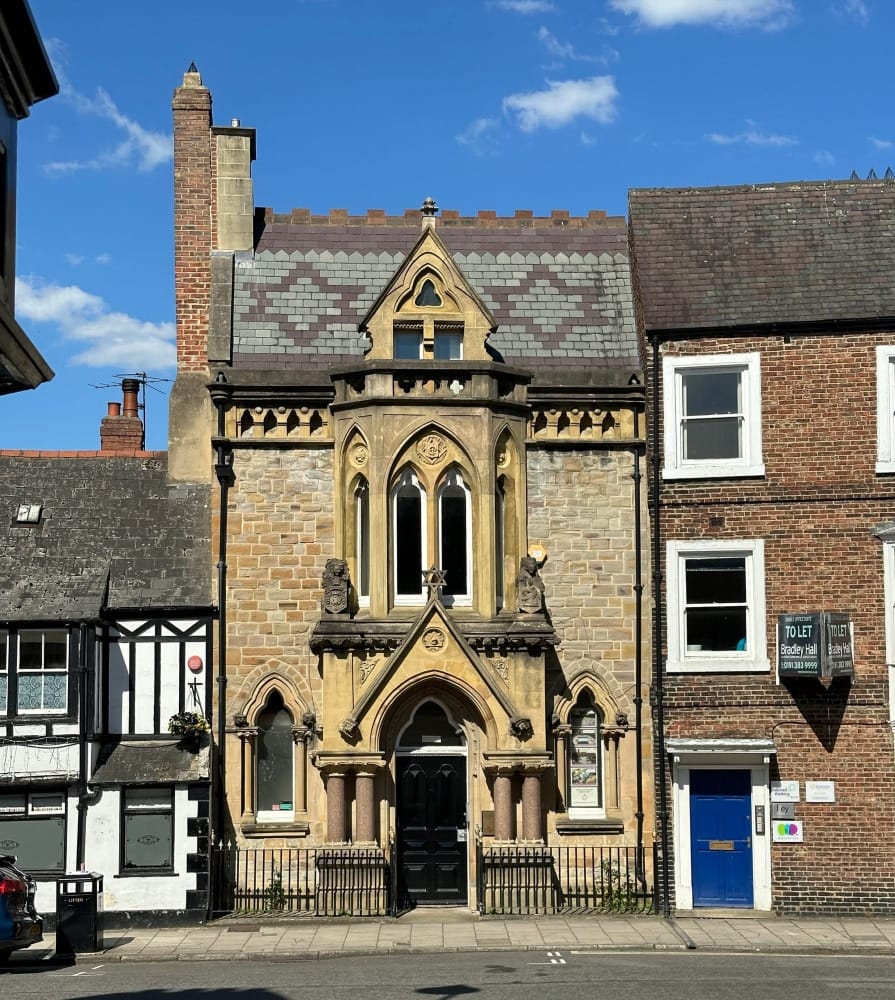
‘A properly complex object is one that rewards your attention. The more you look at it, the more it reveals itself to you in layers of patterns, as well as little stories that you begin to make out about the item’s makers and users and the era and culture of its creation.’
Thomas Heatherwick
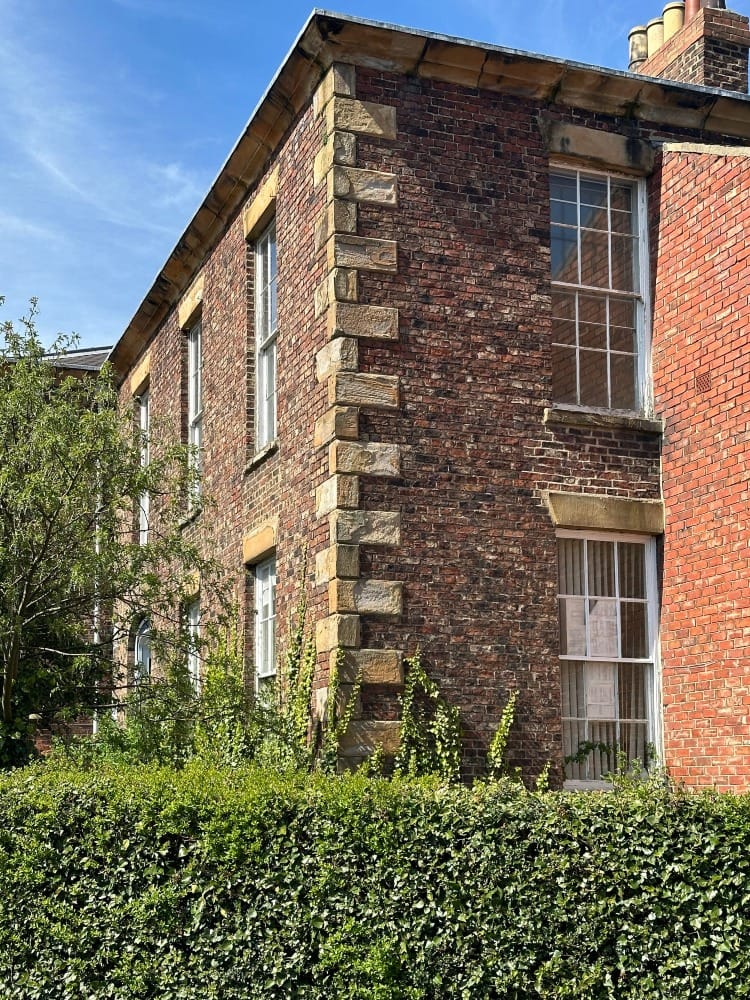
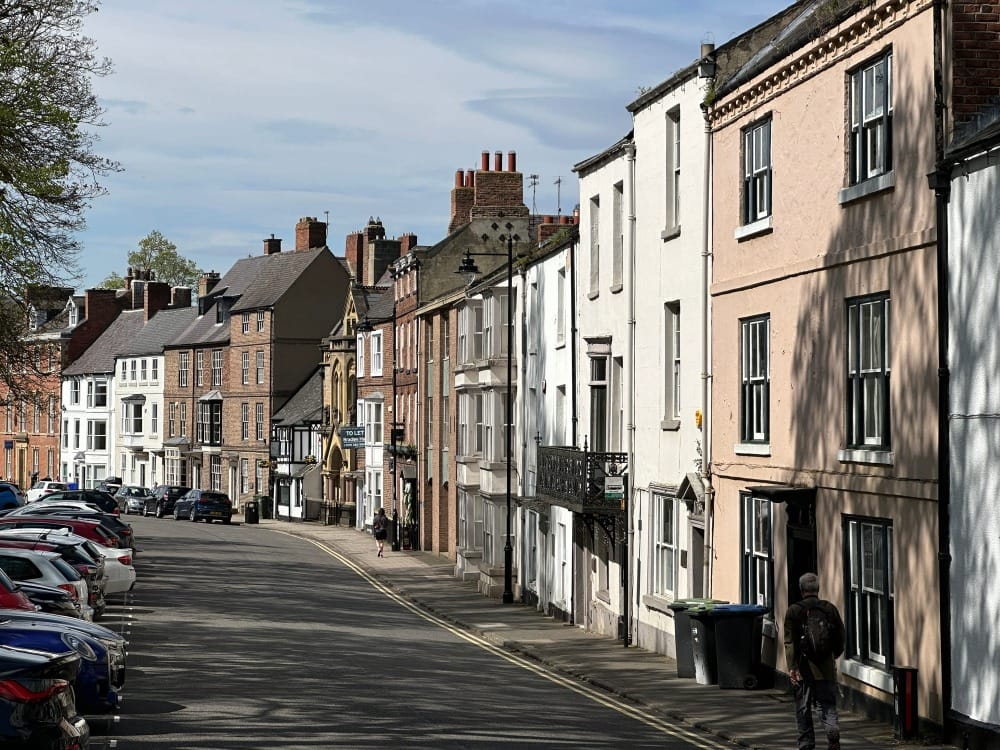
I then cut across the path in front of Durham Crown Court.
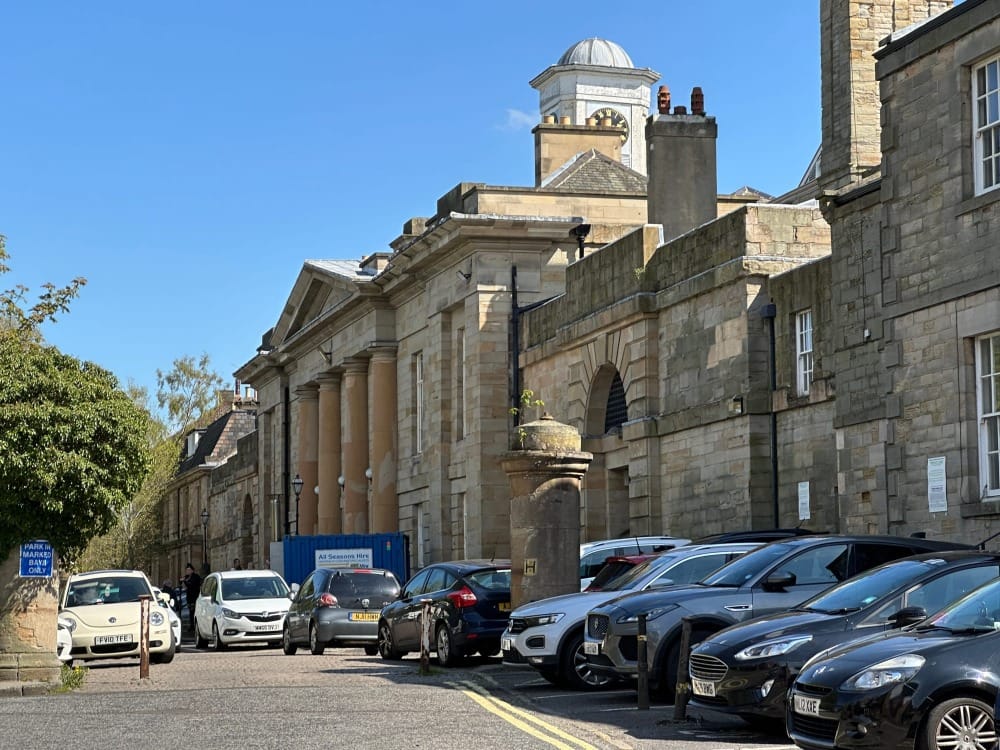
The crown courts were built in 1811 and I'm convinced that they've been given grade II* listed status purely because of the delightfully poetic names of the architects: George Moneypenny and Ignatius Bonomi.
Just north of the courts along a little slip of a road is St. Cuthbert's Catholic Church.
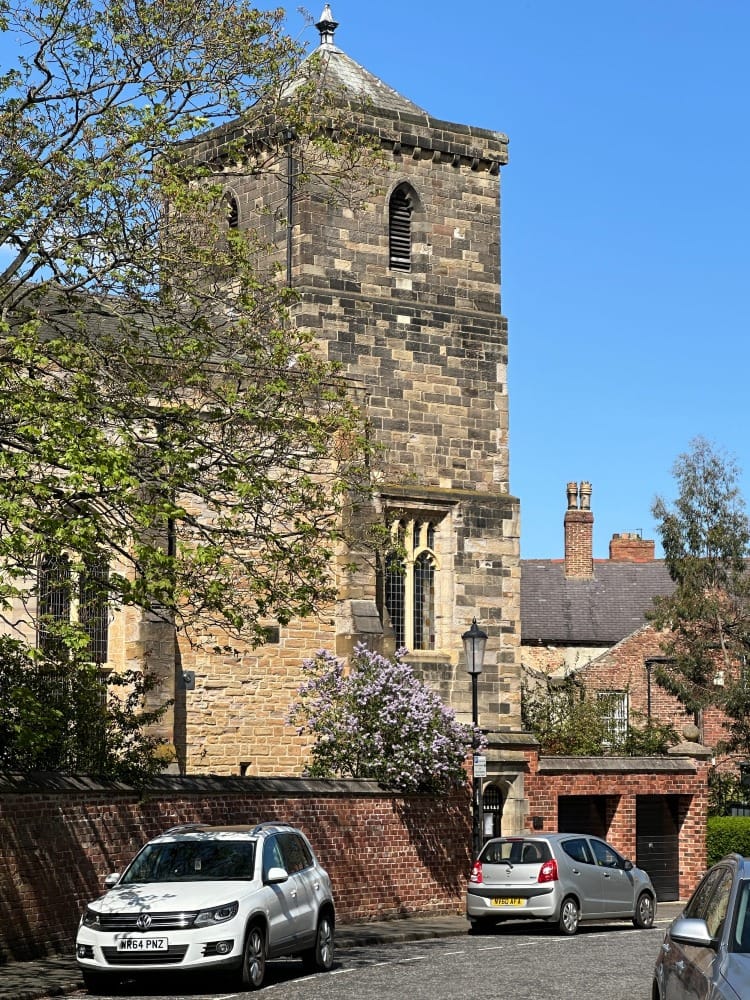
..and beyond the church is another wonderful example of brick tumbling to a verge. Brick tumbling is thought to originate in Europe and is particularly common on the east coast of England. I've seen it in Beverley and Sandwich.
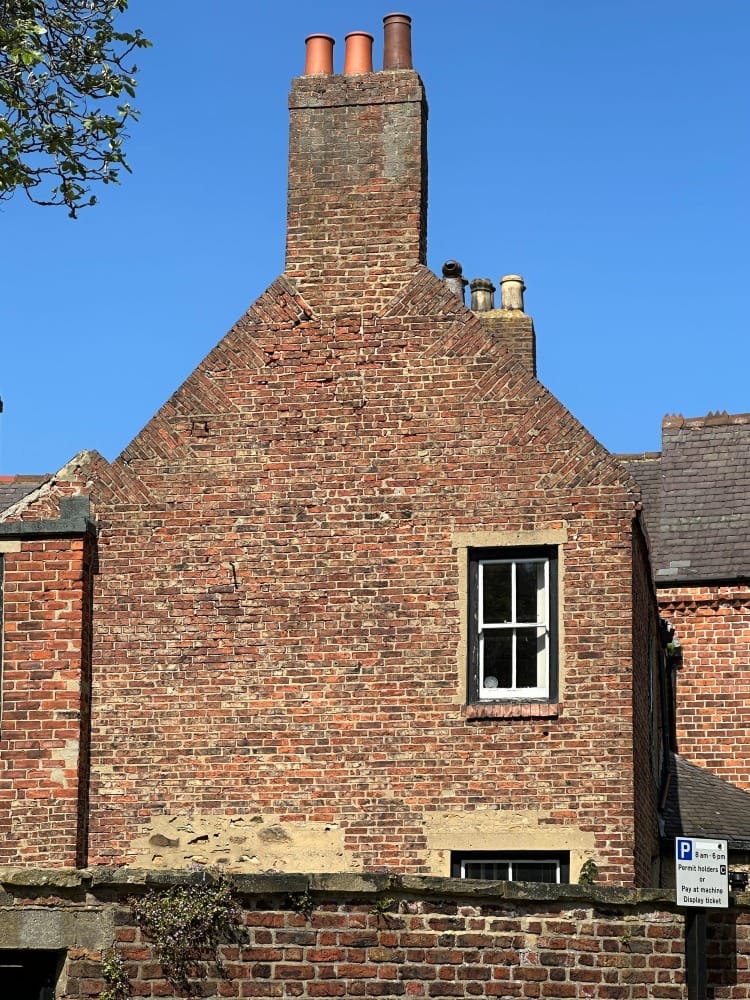
From there, I walk back on to the road that leads me towards the cathedral onto New Elvet.
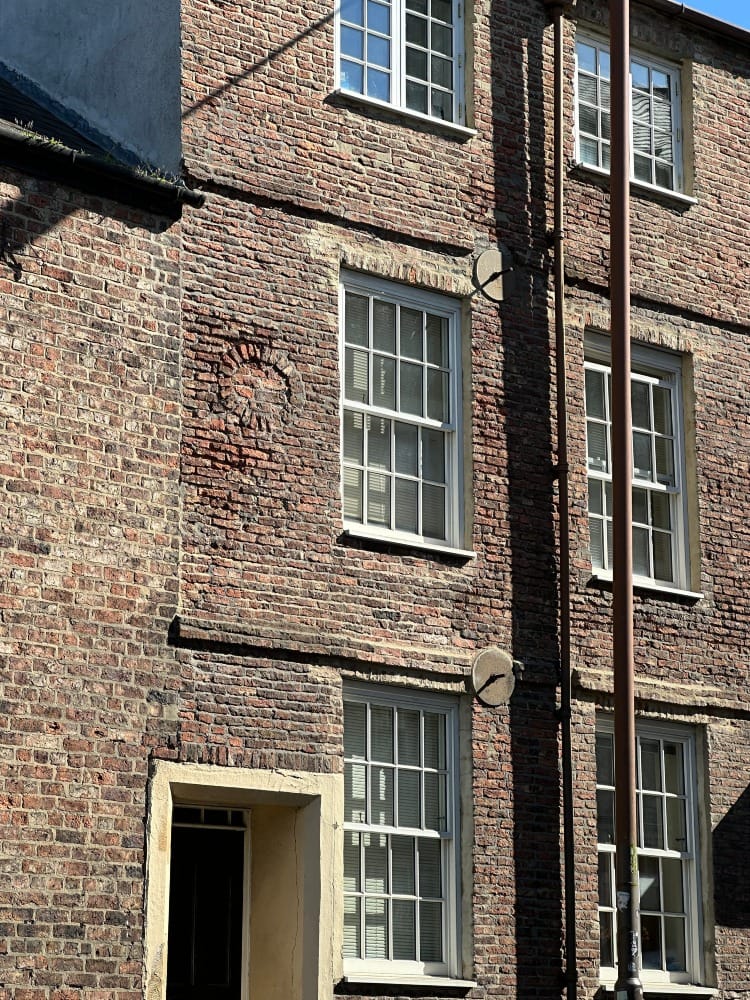
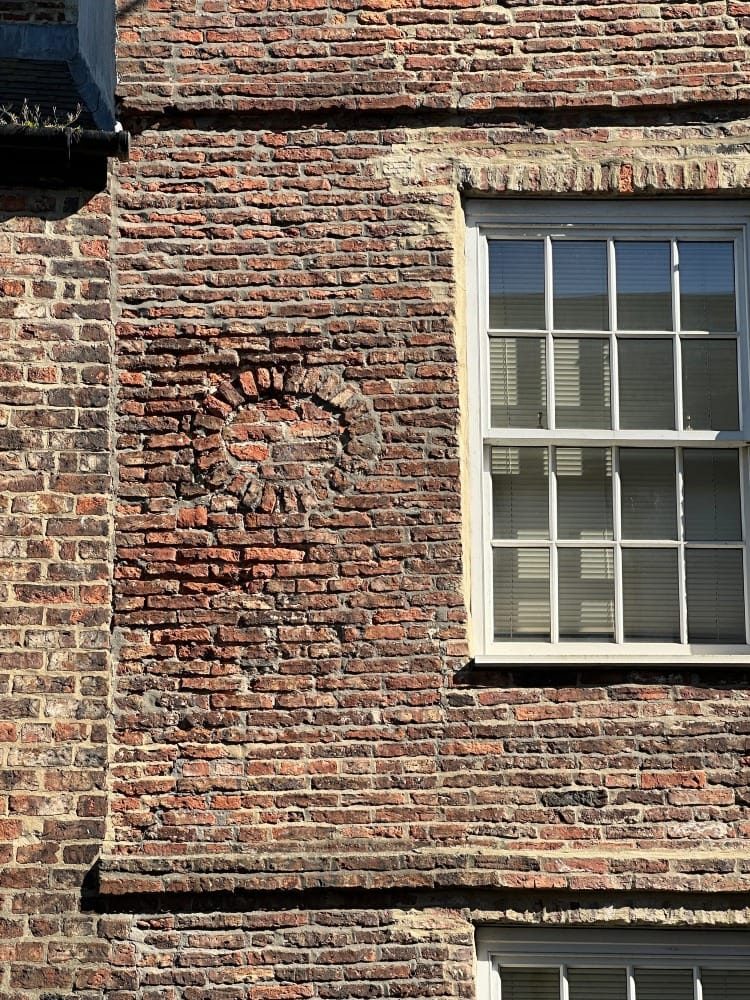
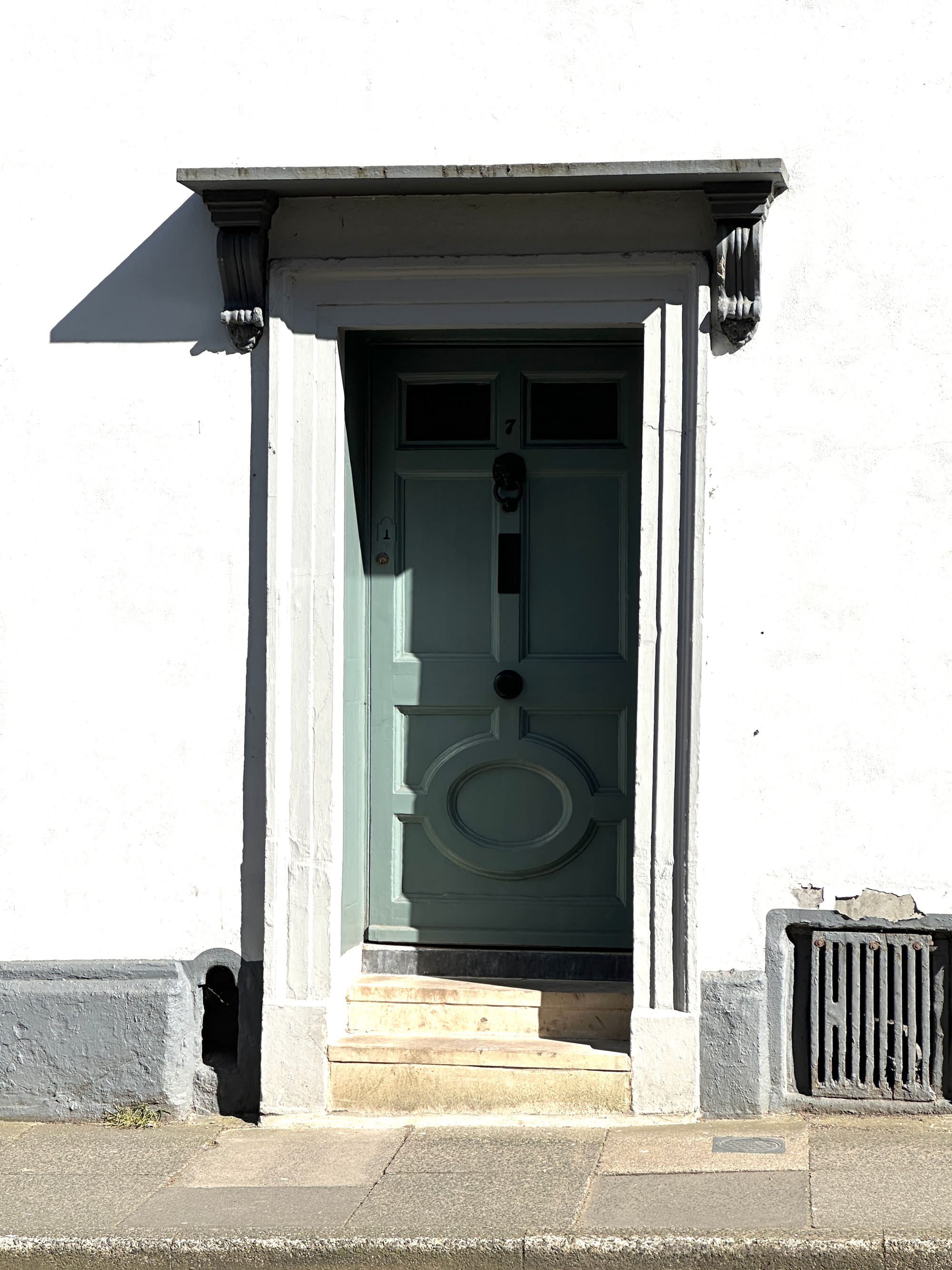
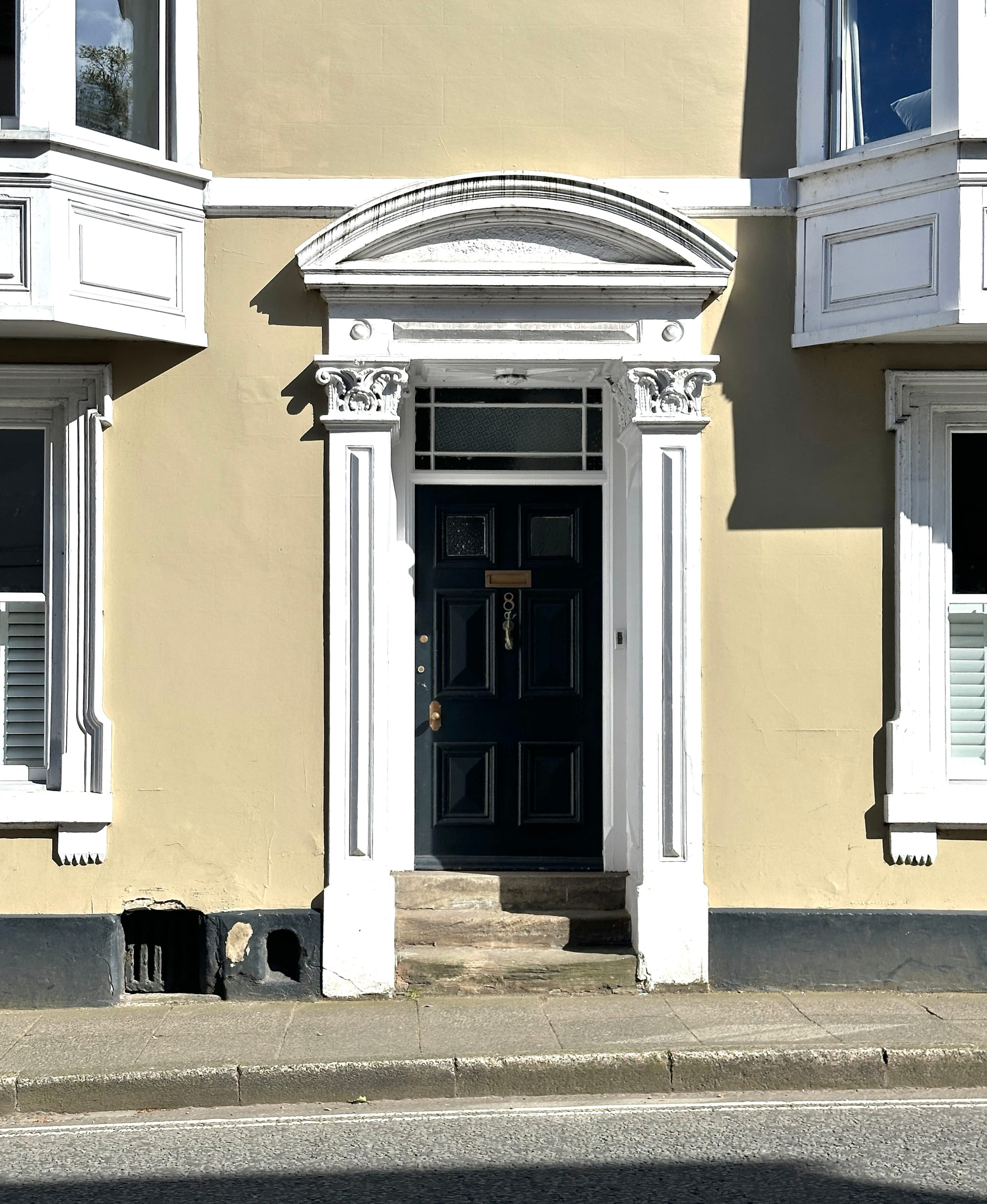
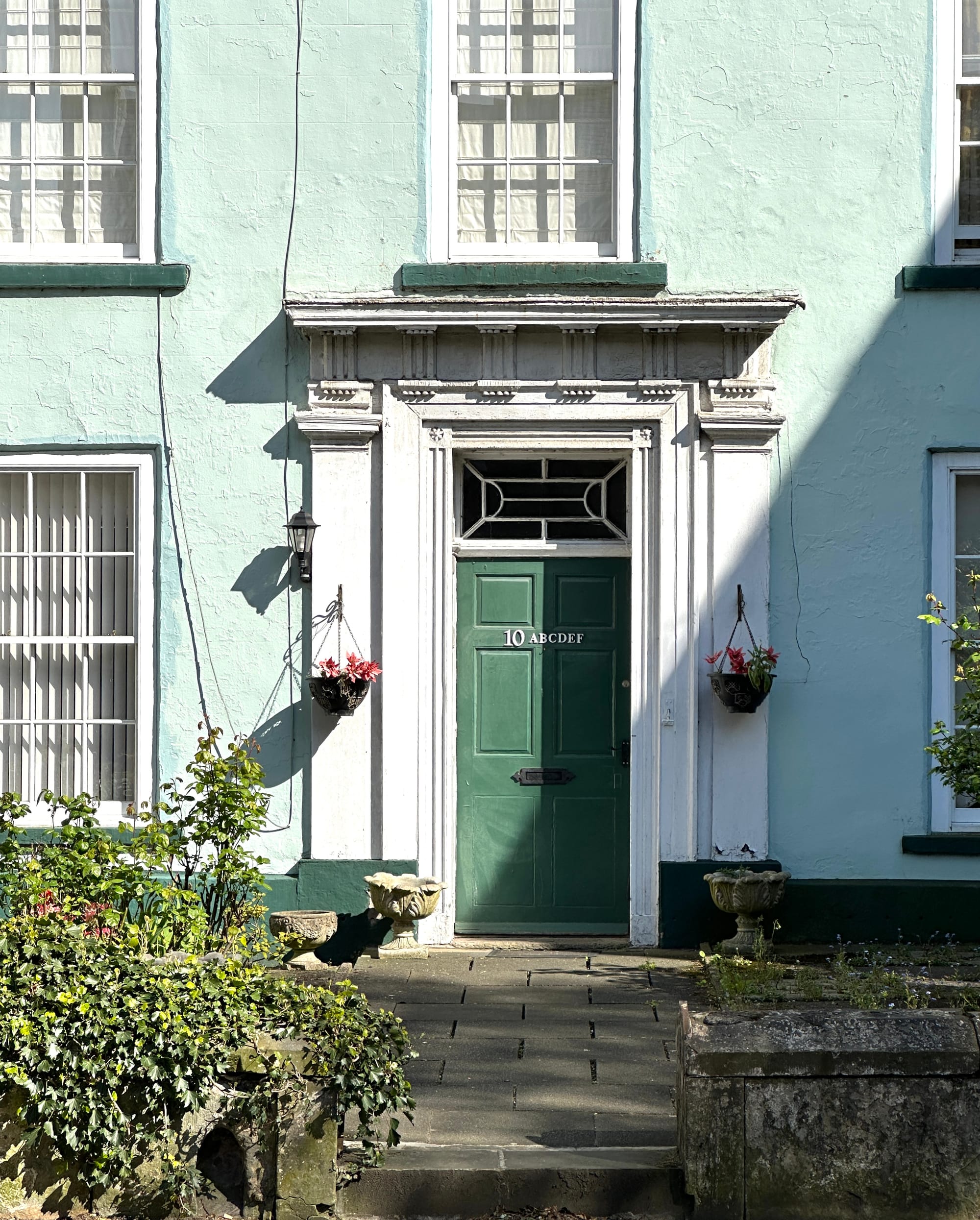
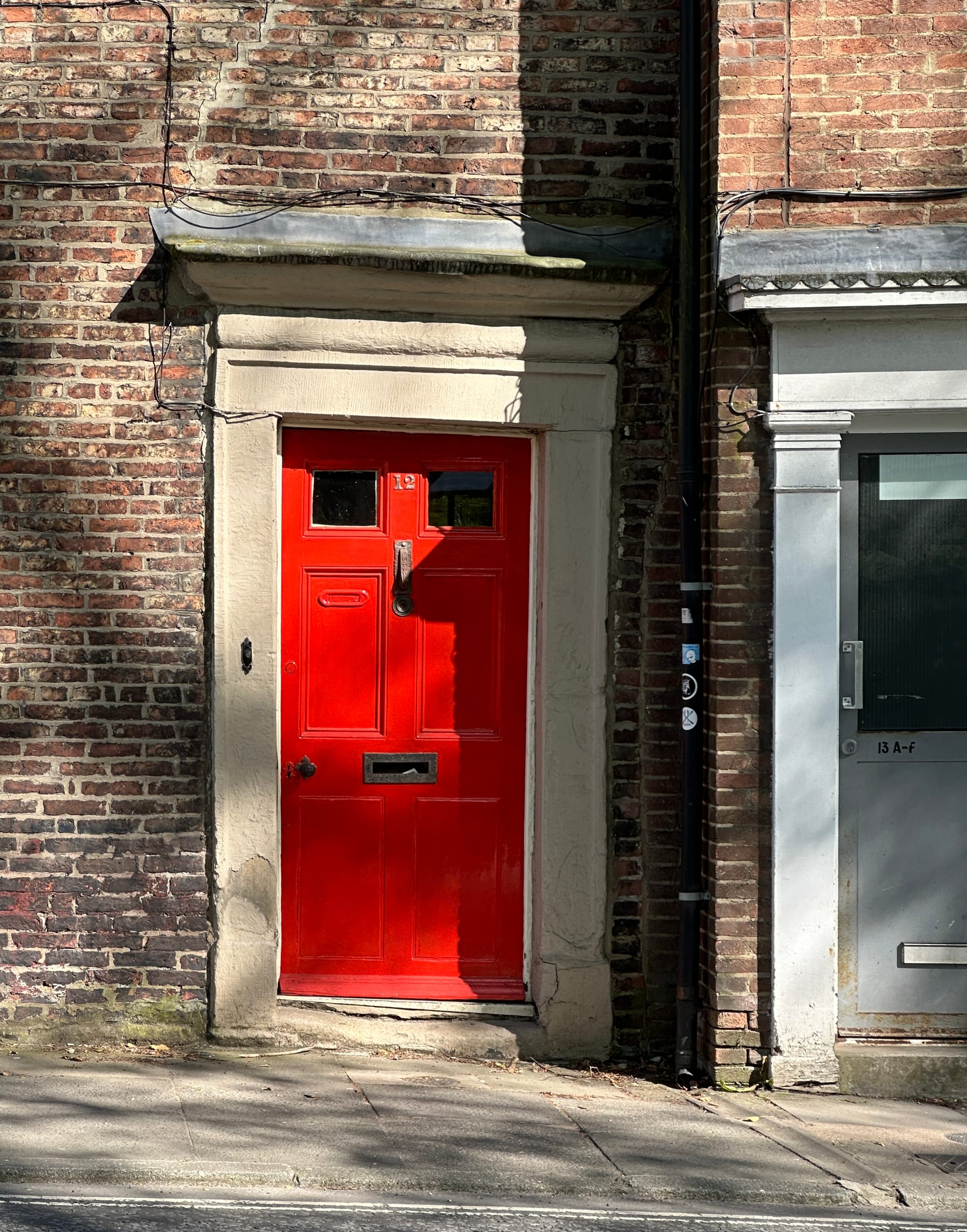
And then across the way - I see it: hovering behind the lime green leaves of a Horse Chestnut.
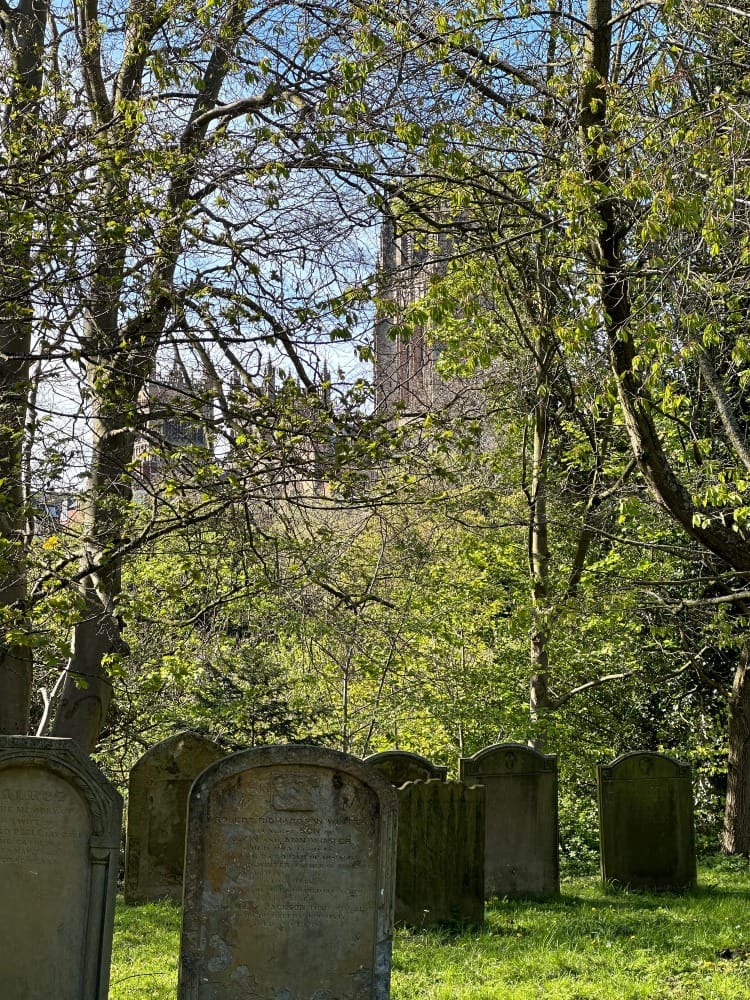
It's in the grounds of St. Oswald's Church - reputed to be one of the best (and most secretive) views of Durham Cathedral.
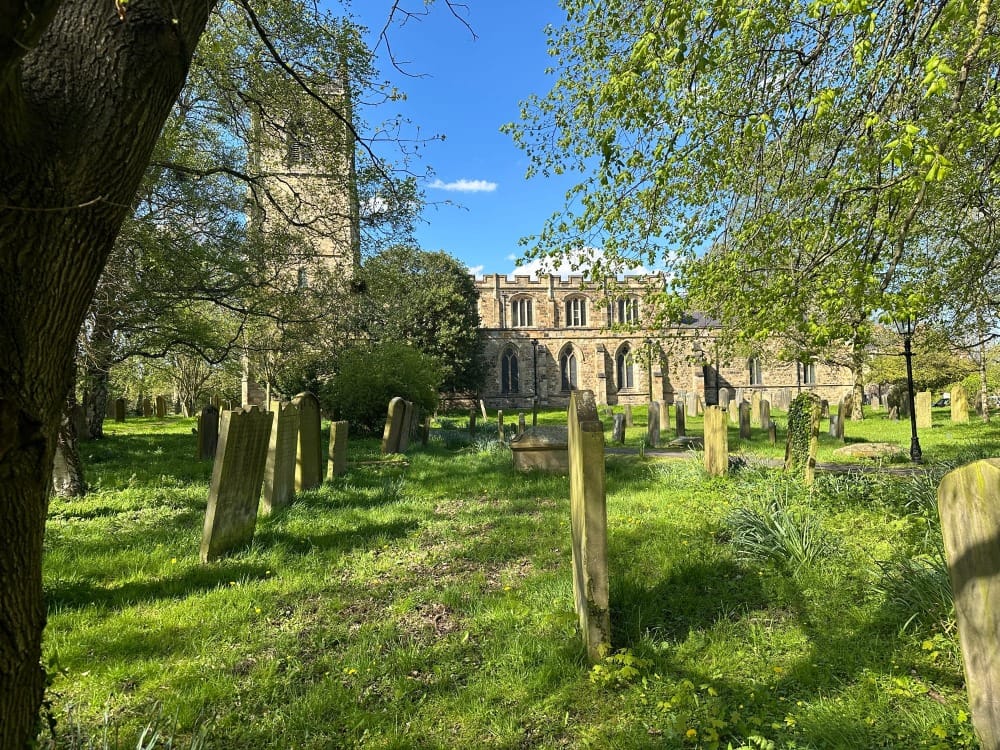
I can't quite get the view though - so I start to stalk it with my lens.
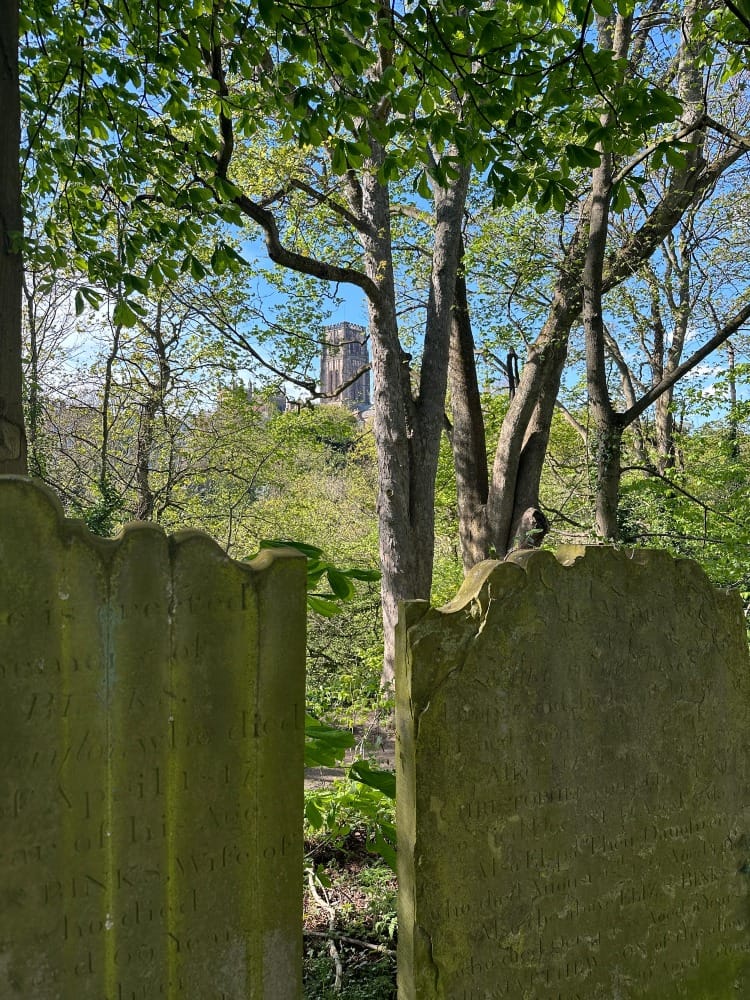
This feels like Gorillas in the Mist.
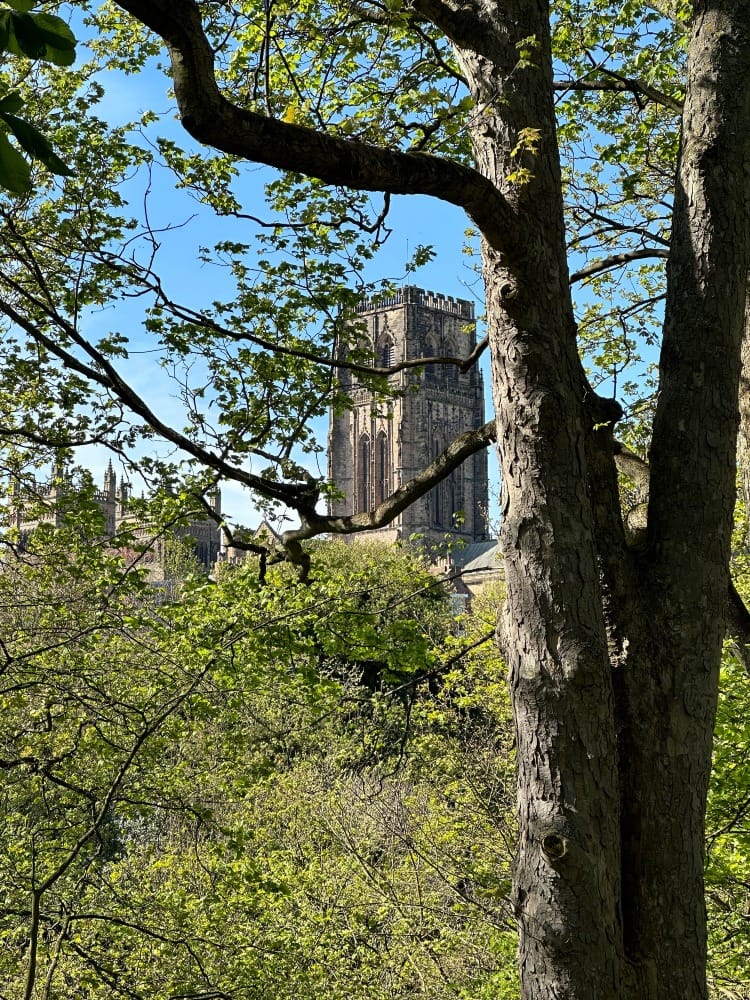
But then I find a single clearing that gives me a divine view of the lofty Gothic rising out of the particulate foilate.
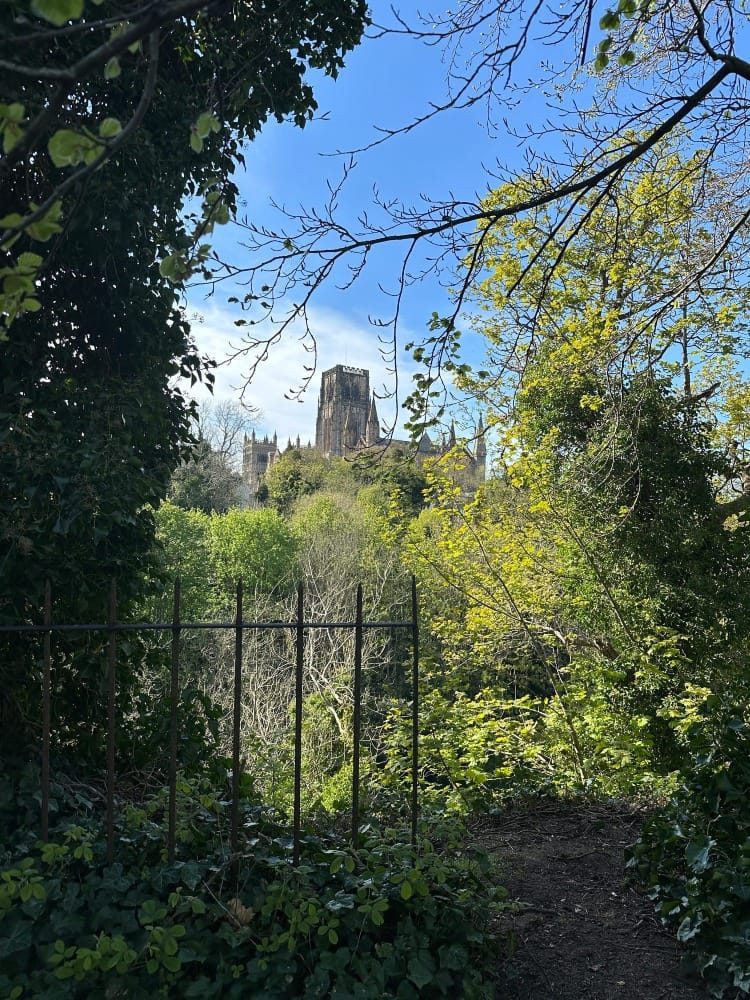
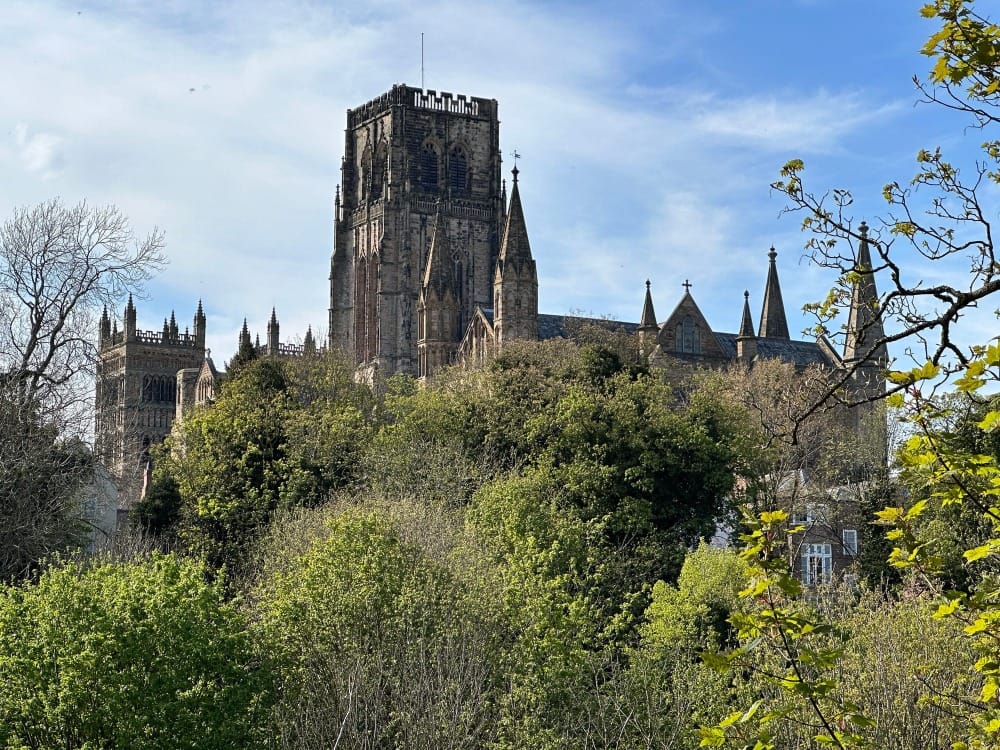
I cross the river via Dunelm House and Kingsgate Bridge. Designed by Sir Ove Arup, this is a rare grouping of concrete buildings that doesn't detract from the landscape. I'm taken by the simple forms and the relationship between the bridge and the building. It was inside this building that the rock band Free wrote their hit "All Right Now' and I'm picking up the vibe in the vibrant sunshine.
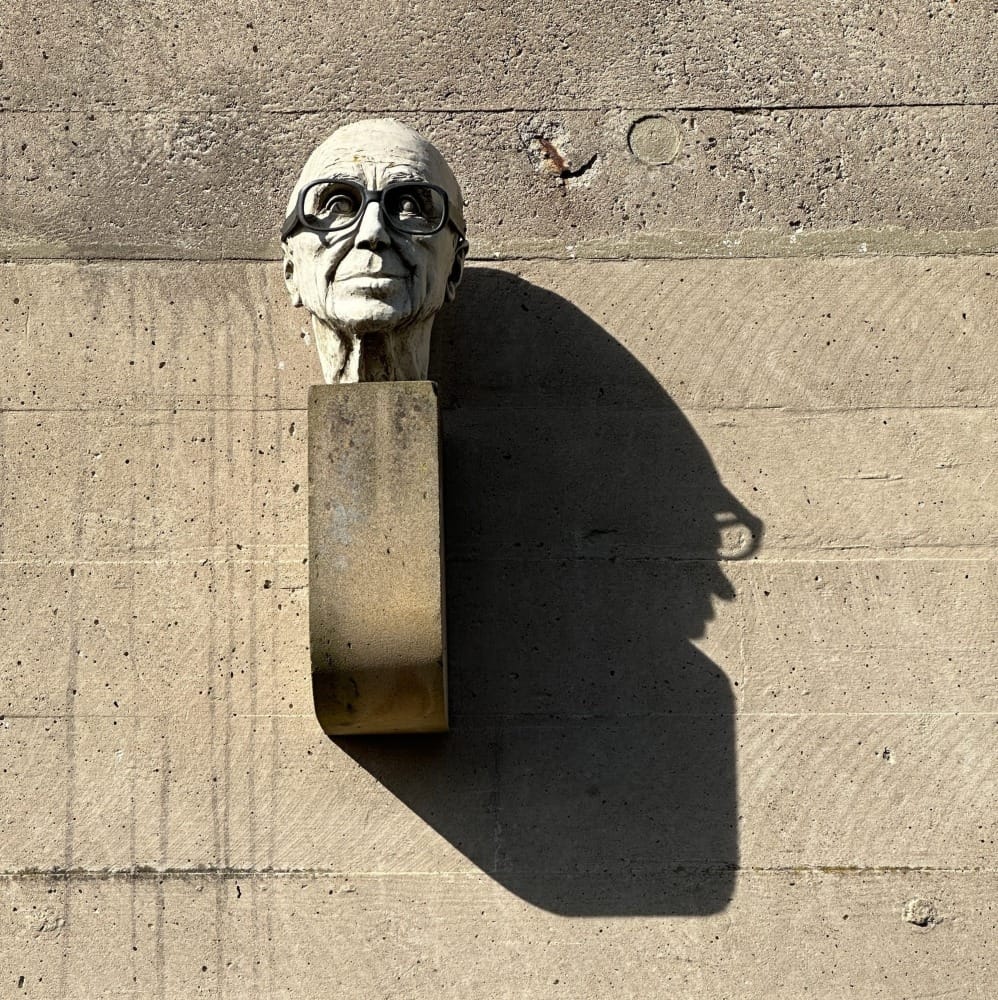
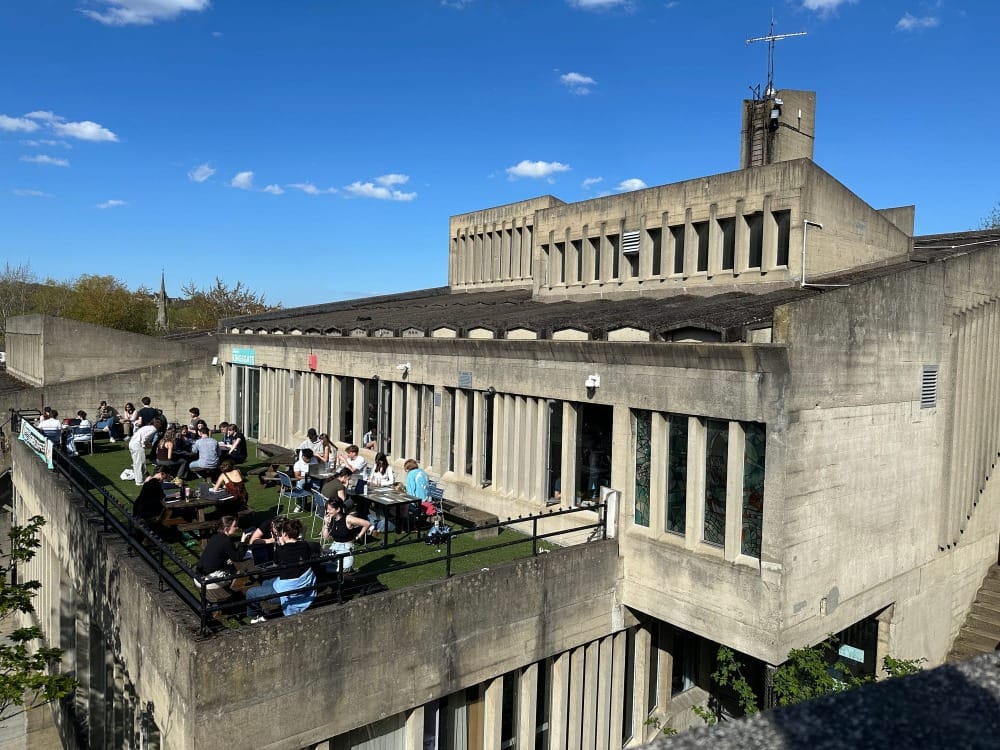

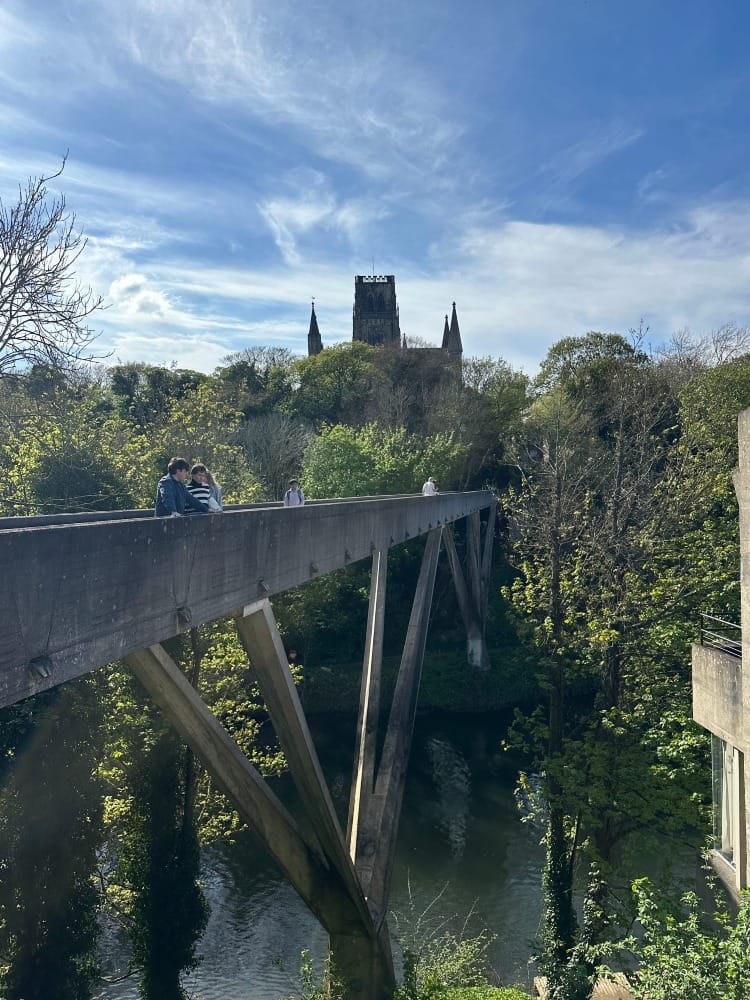
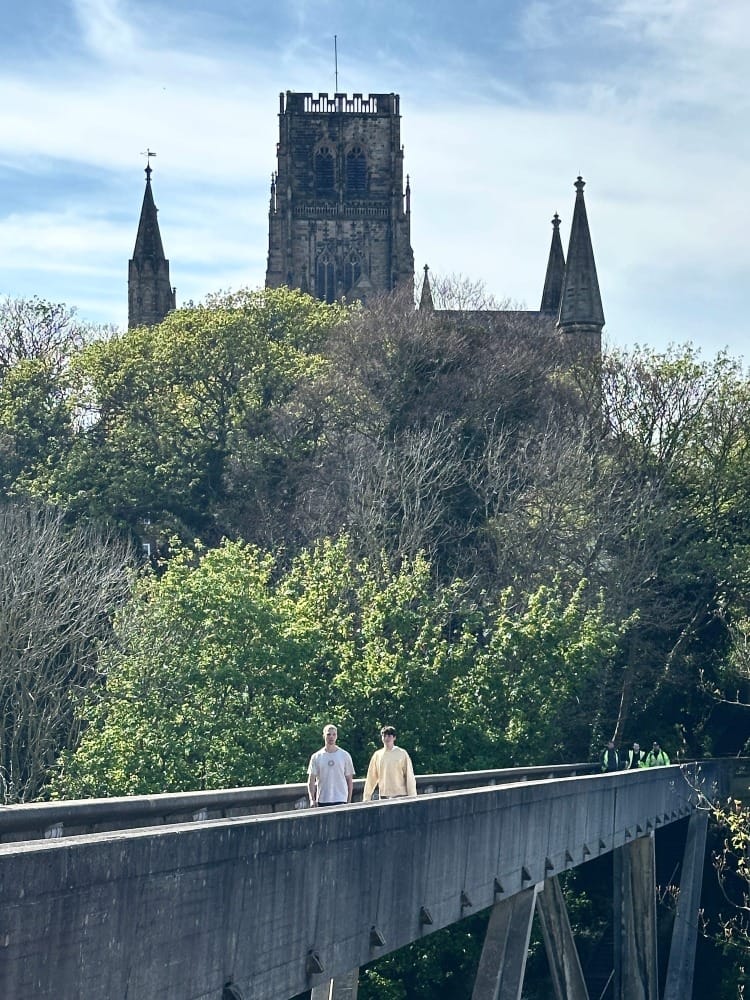
Onto Bow Lane.
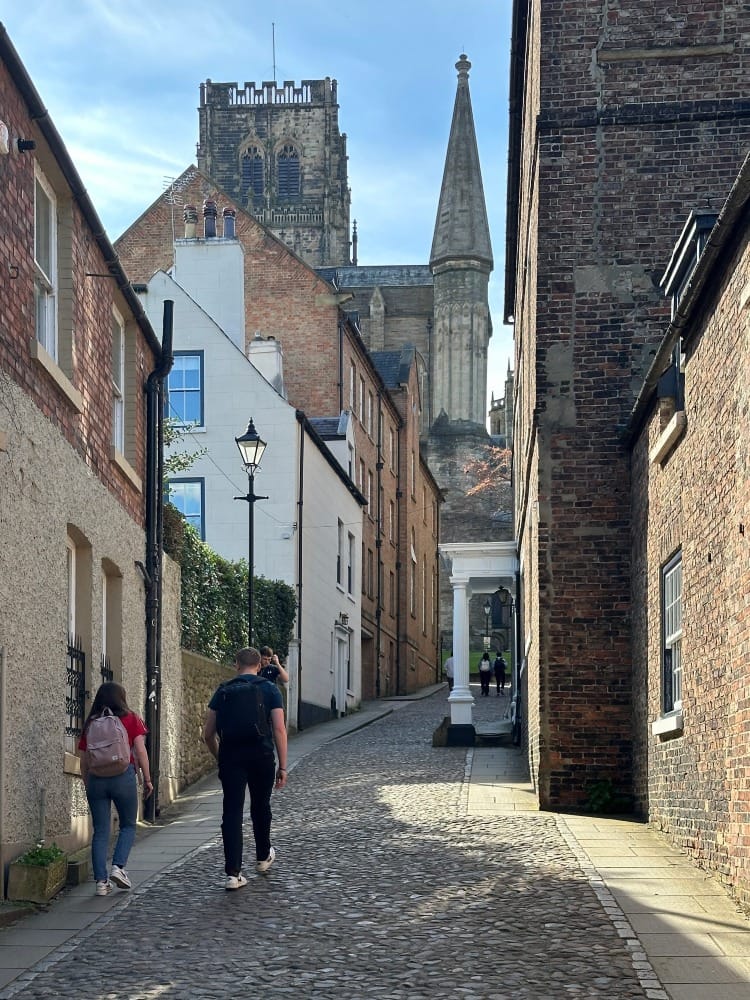
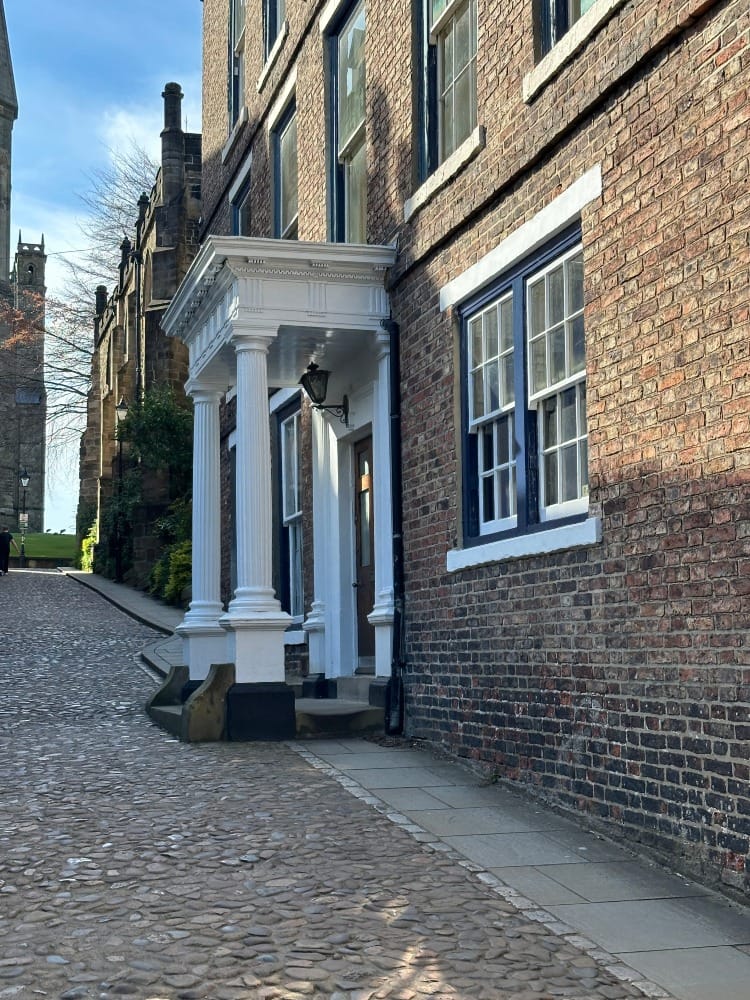
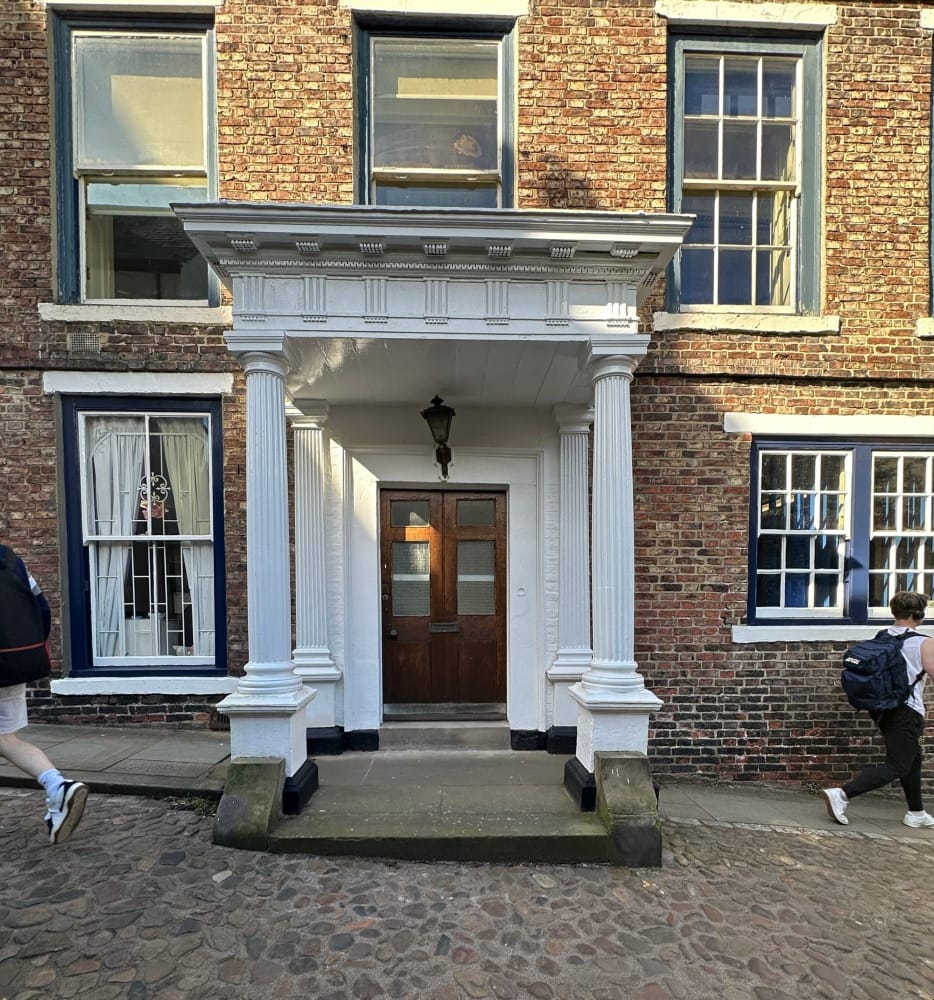
And into the divine North and South Bailey - a street which stretches along the east of the cathedral. It is along this street that the Durham doorscape excels.
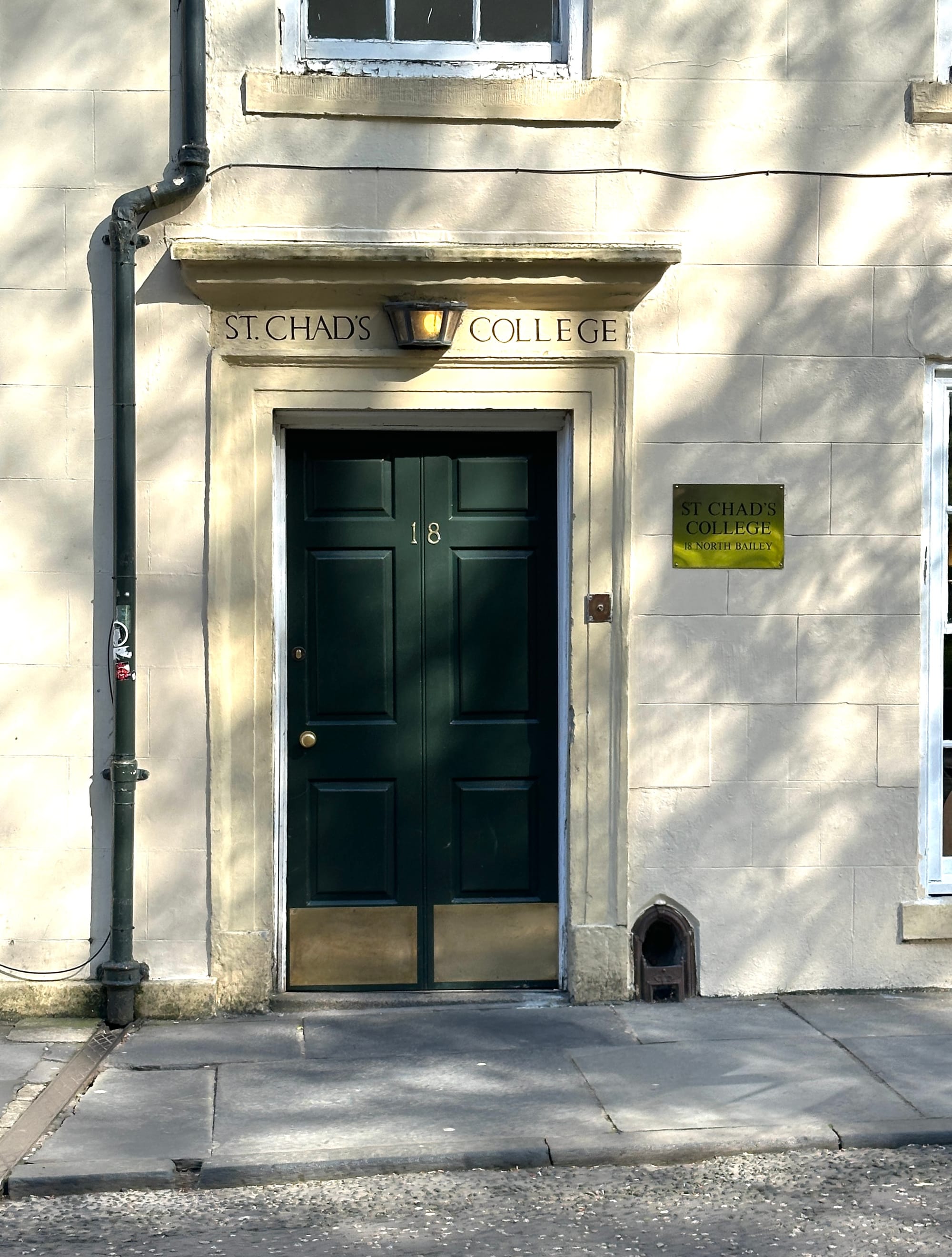
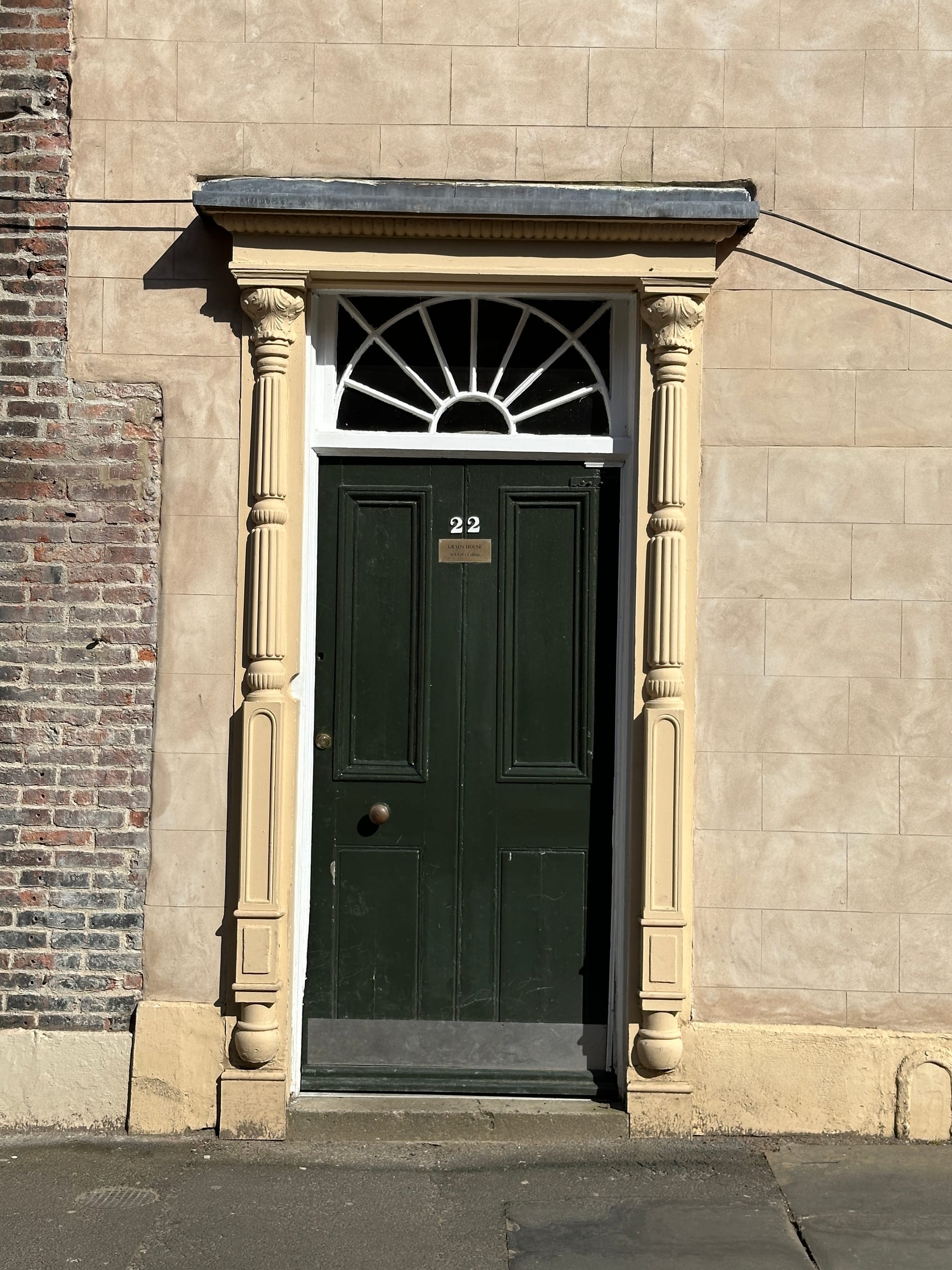
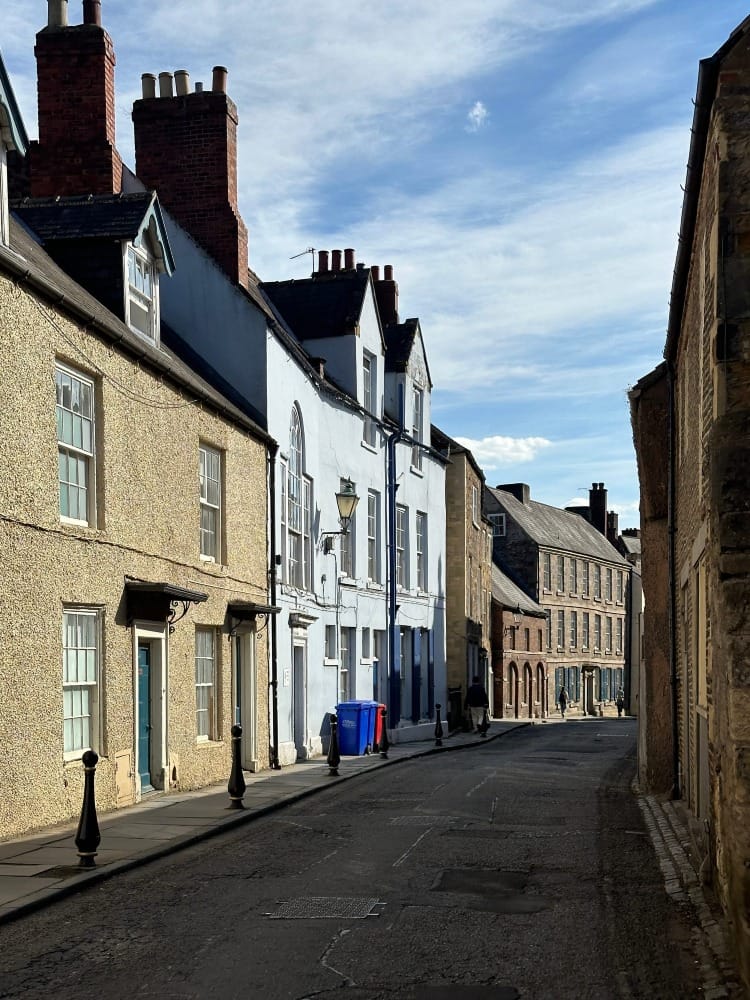
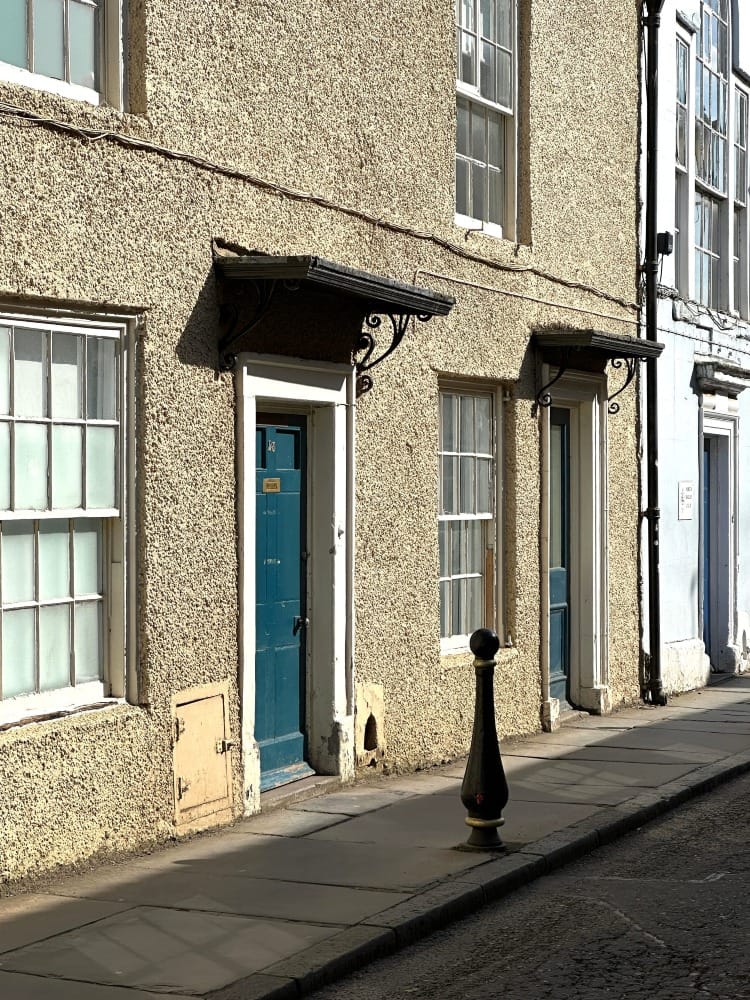
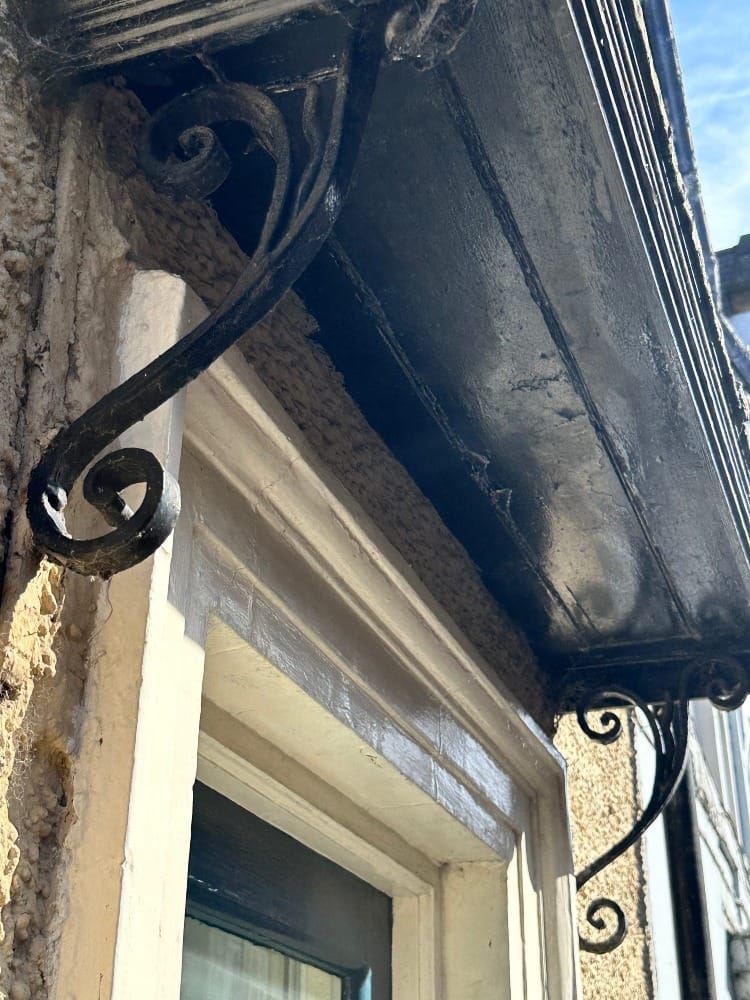
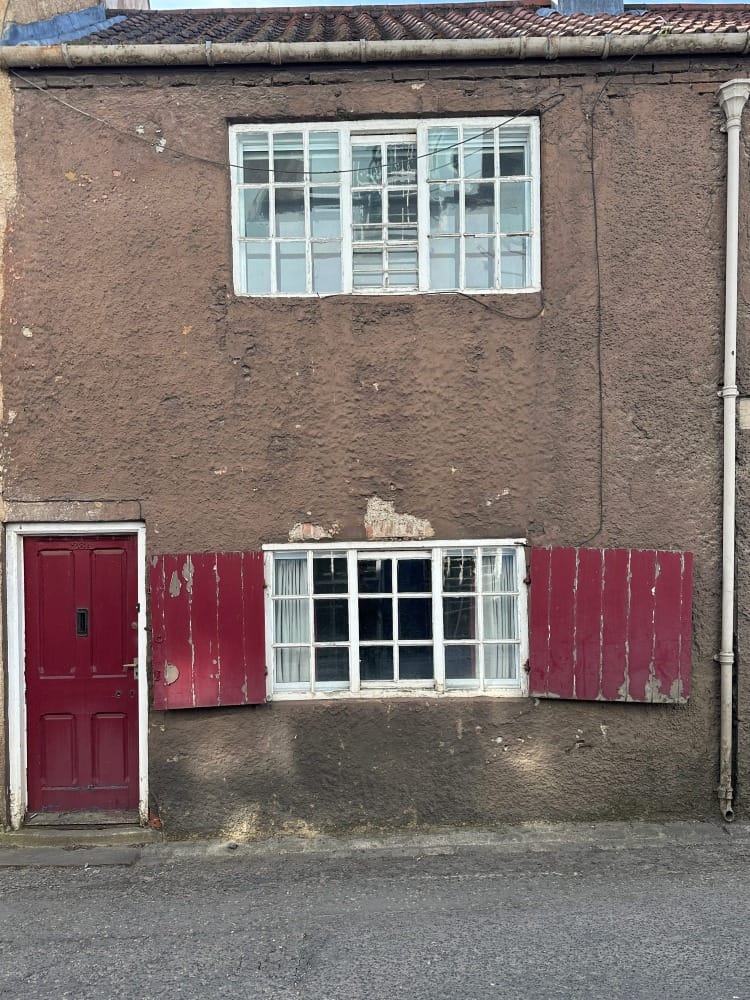
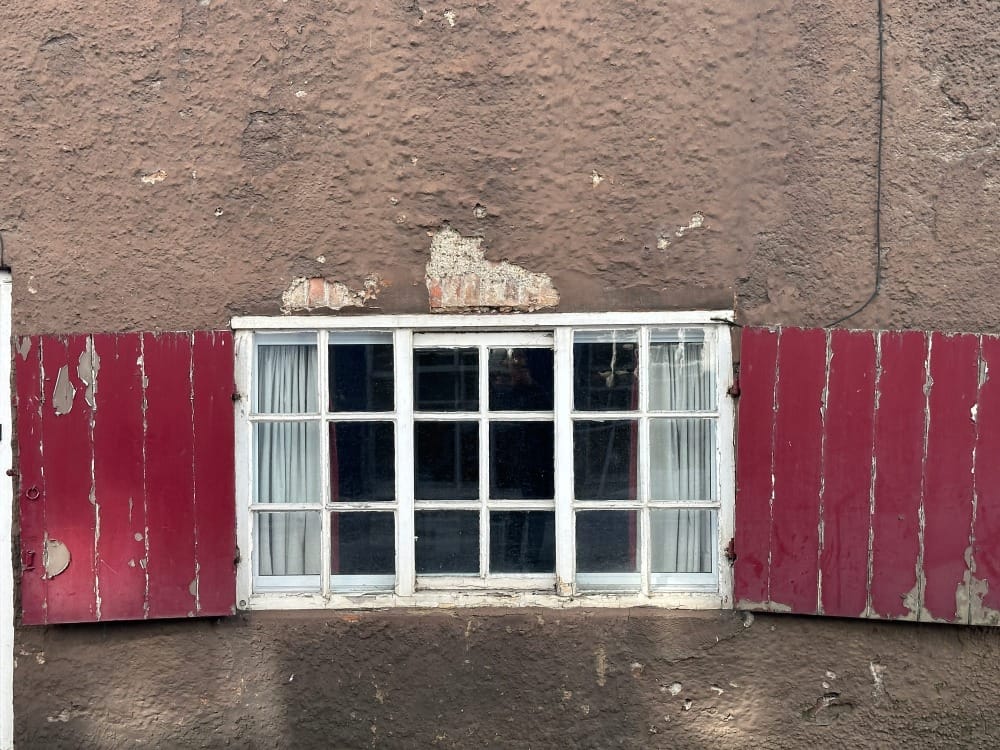
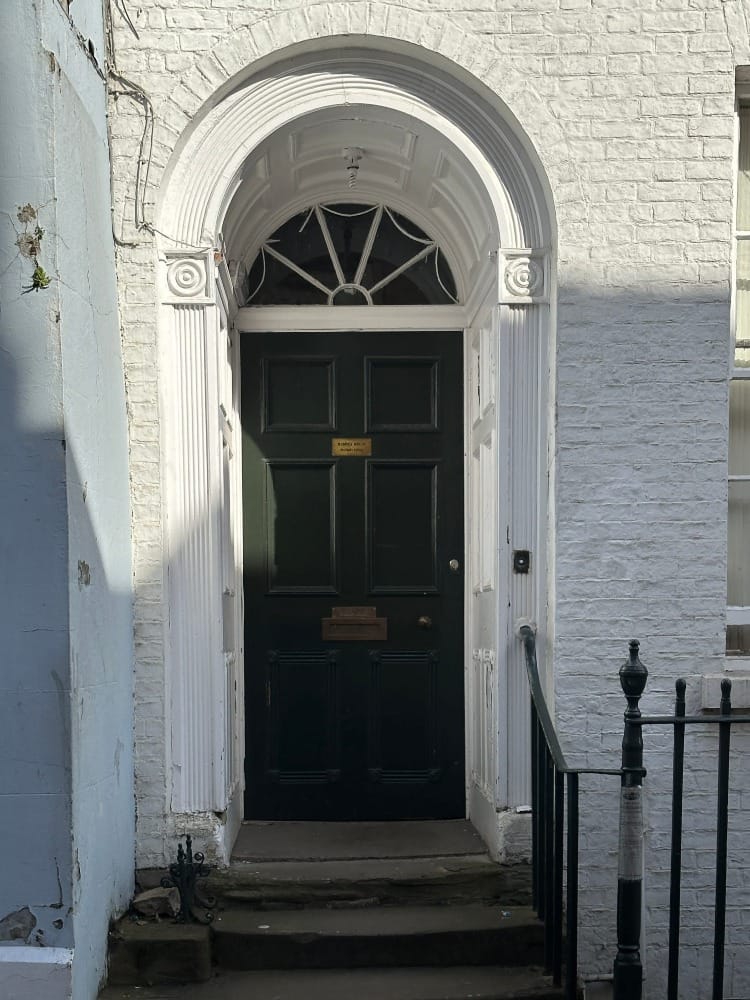
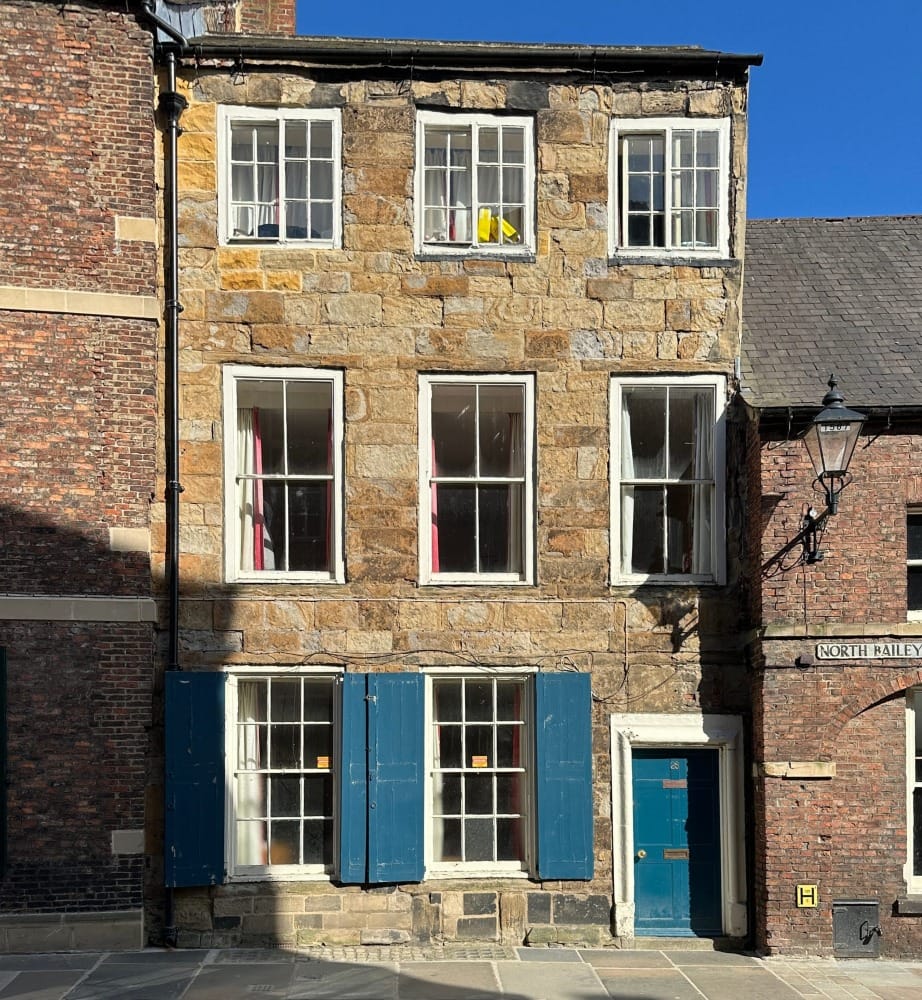
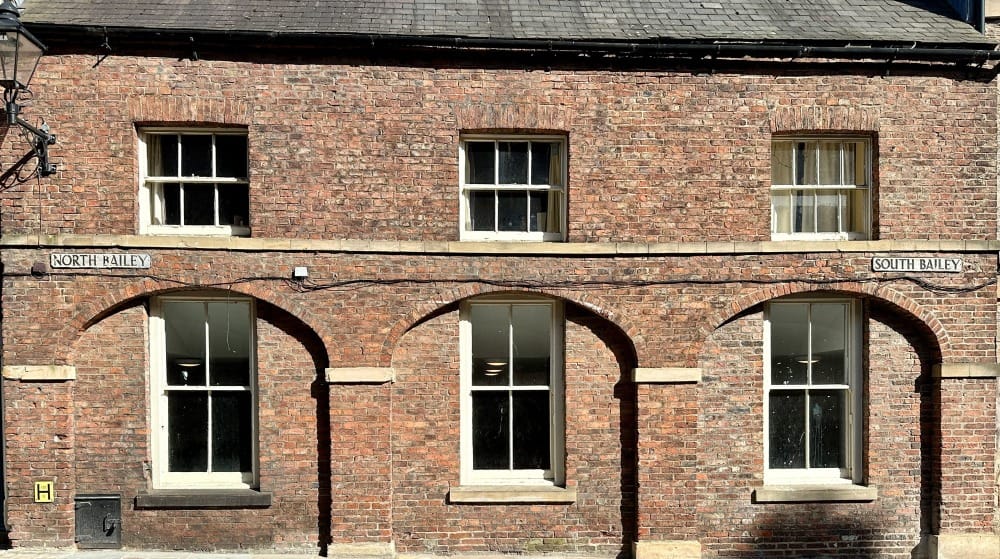
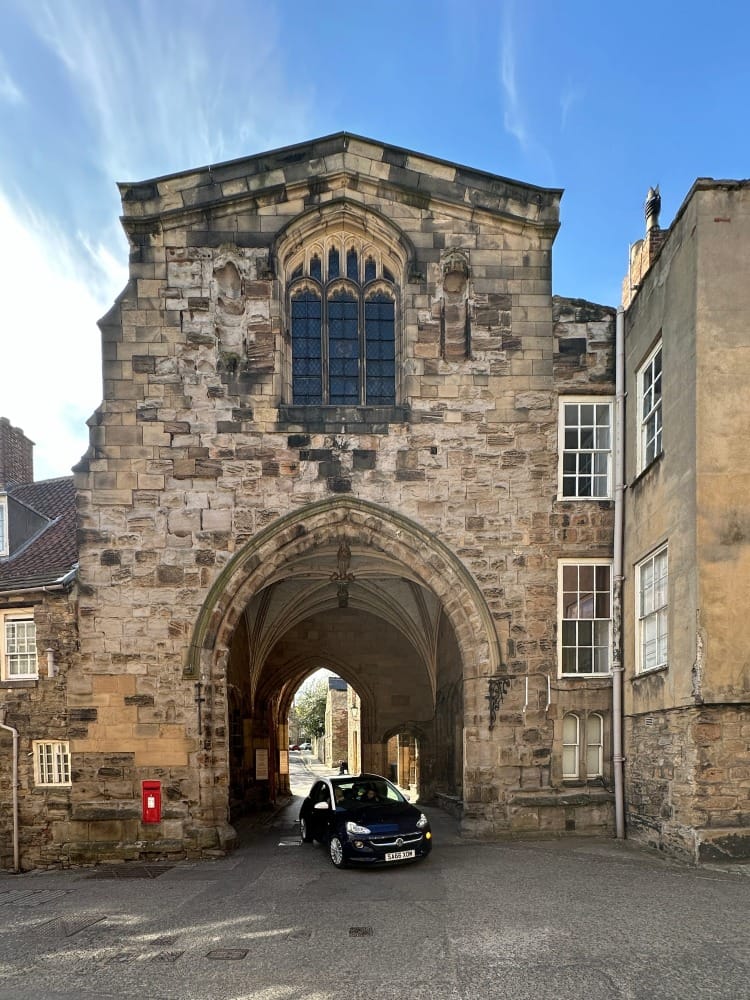
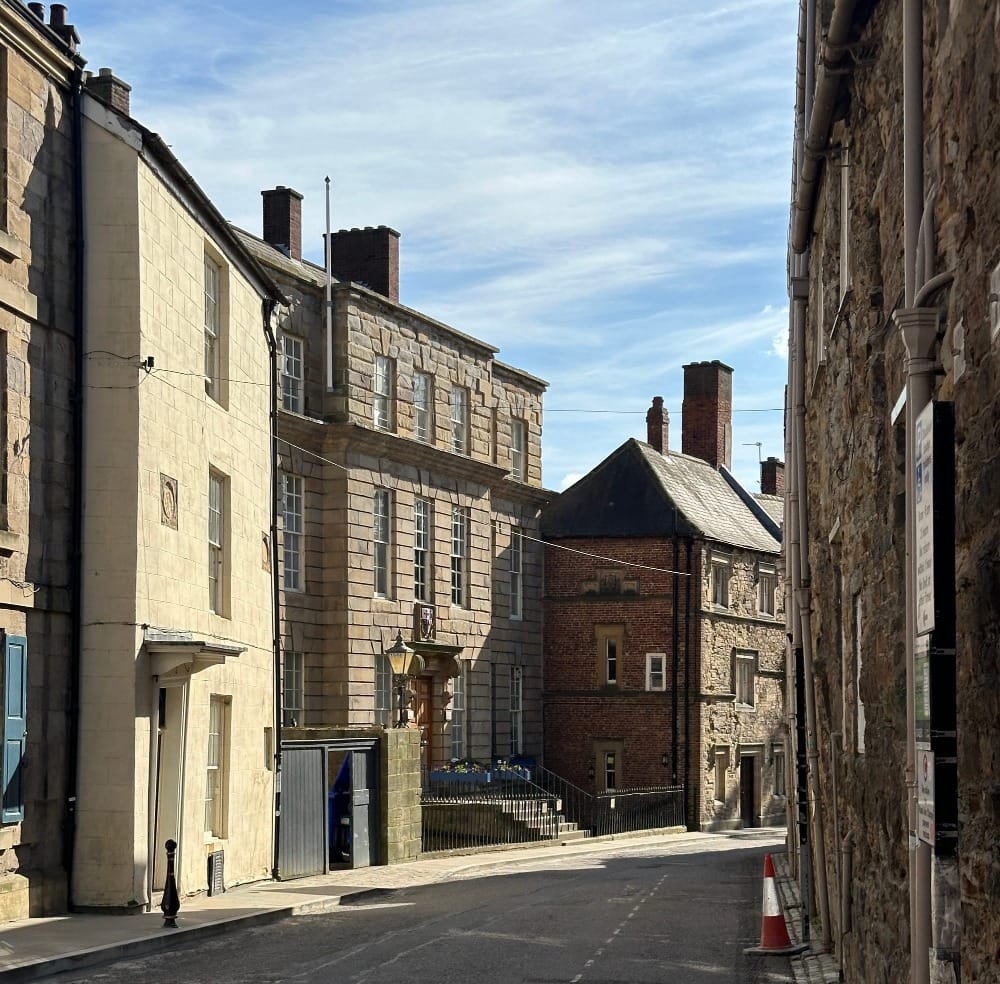
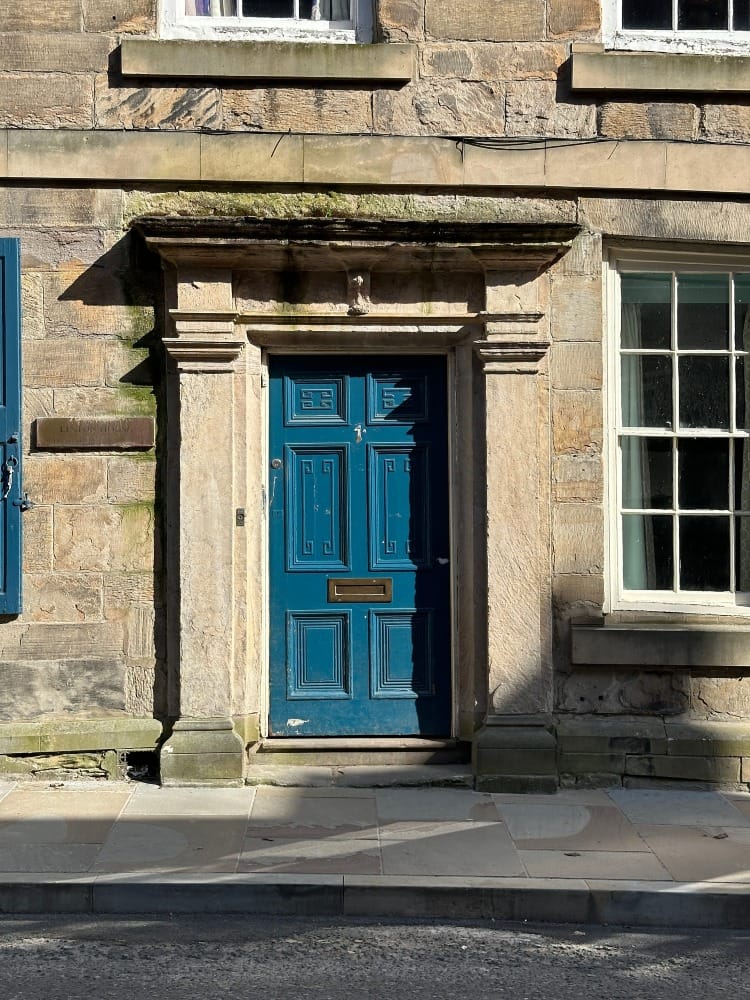
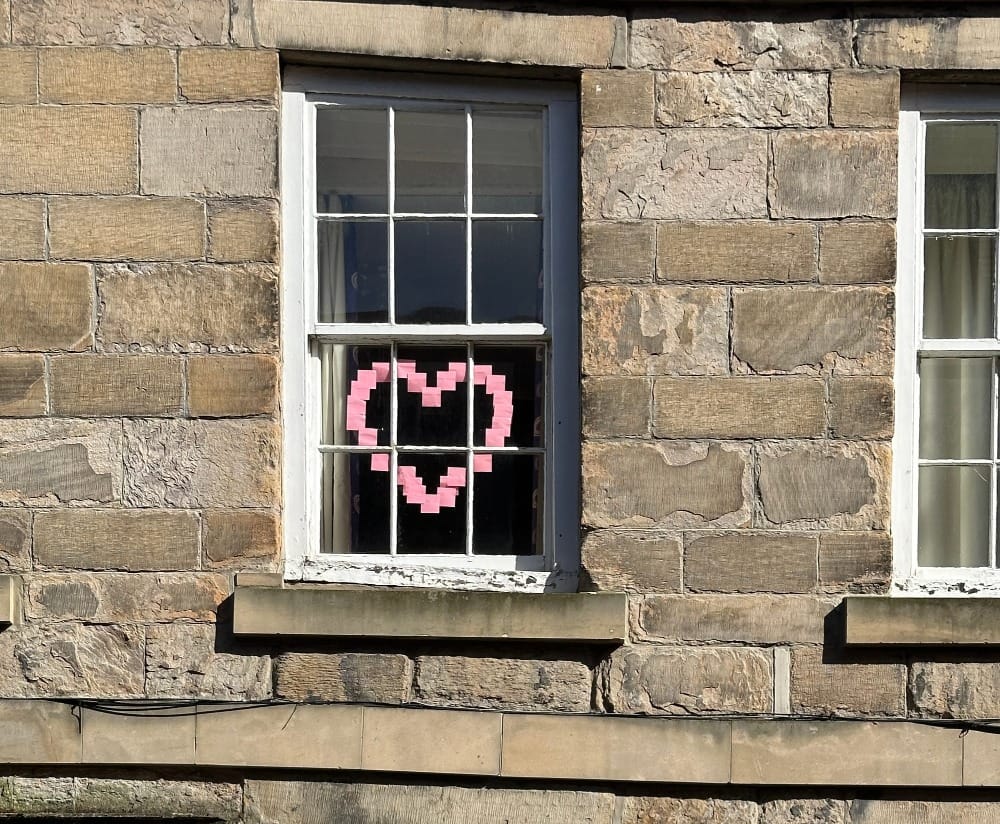
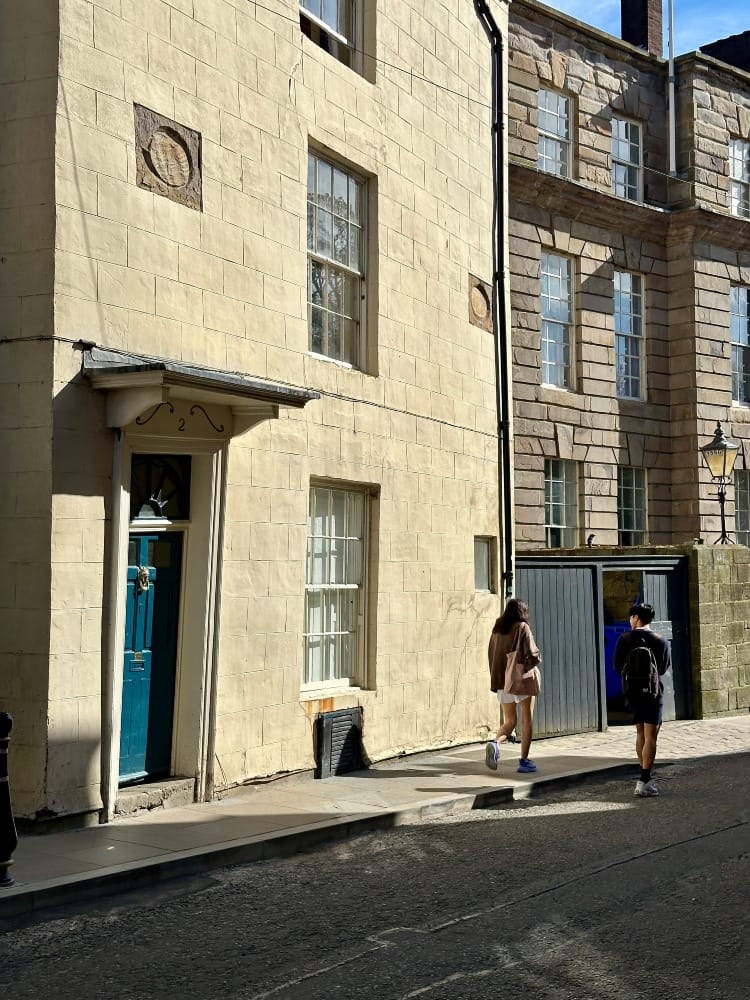
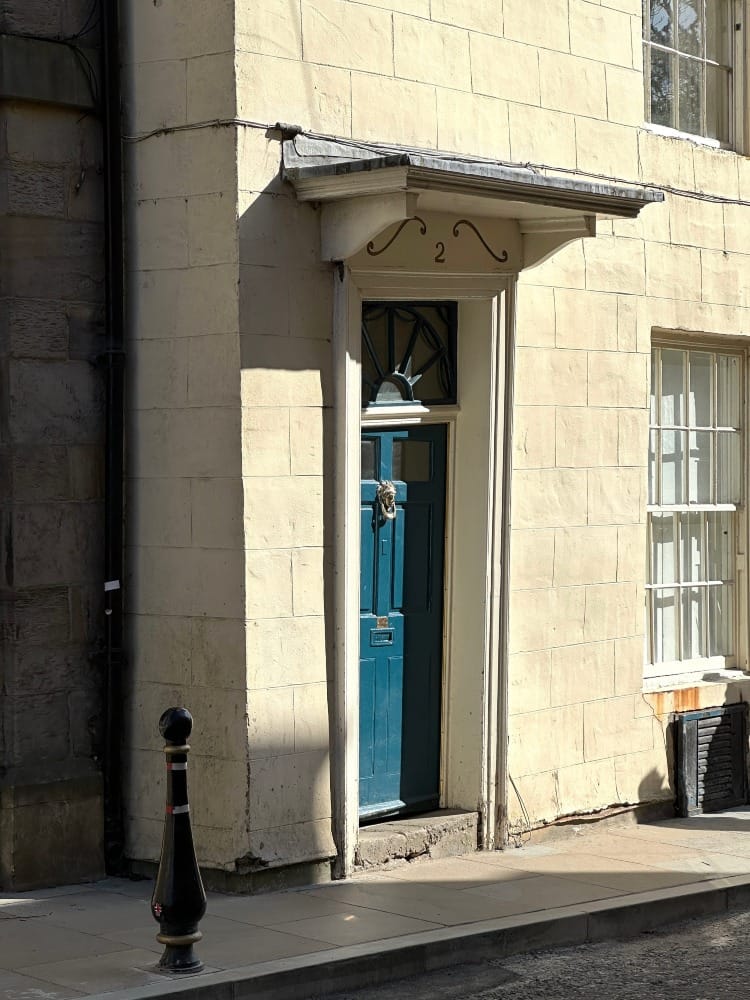
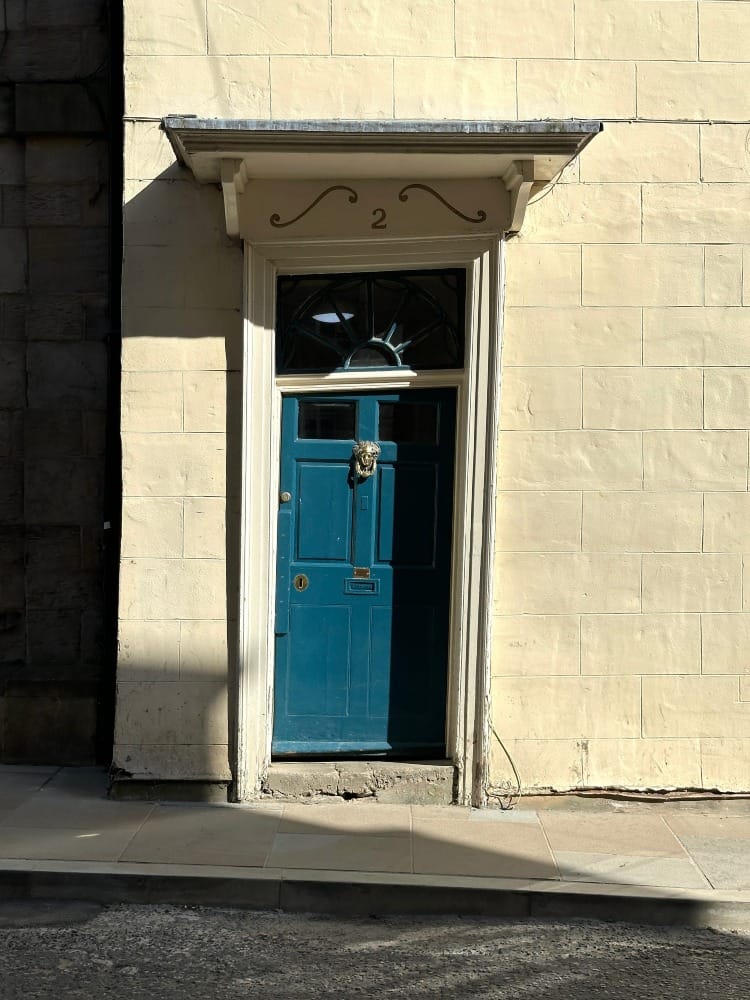
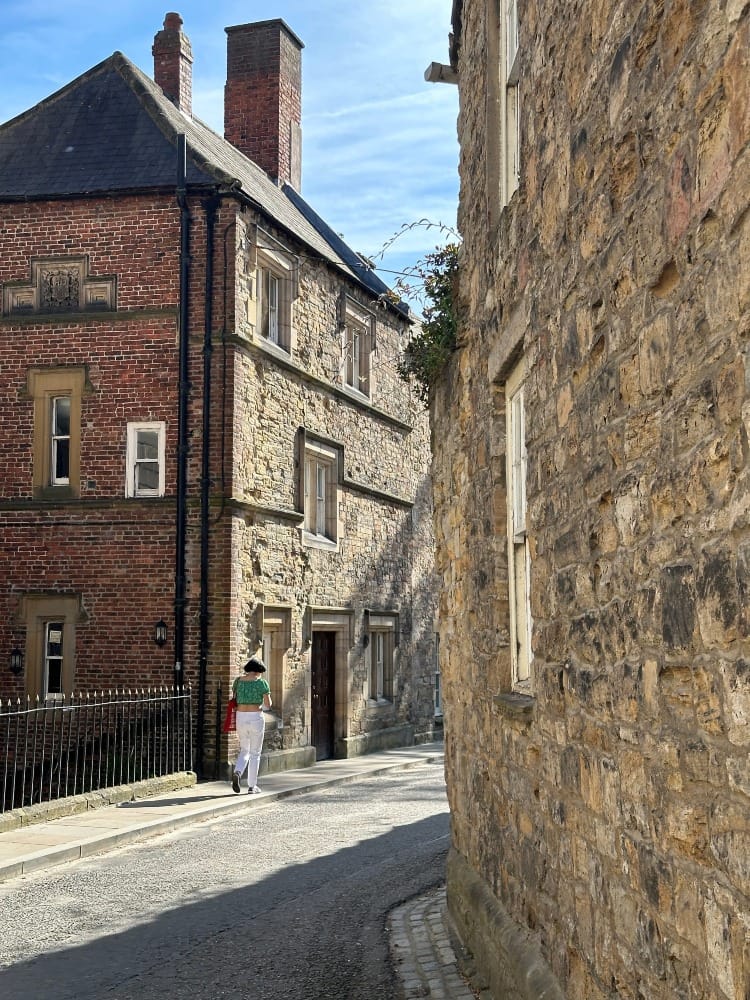
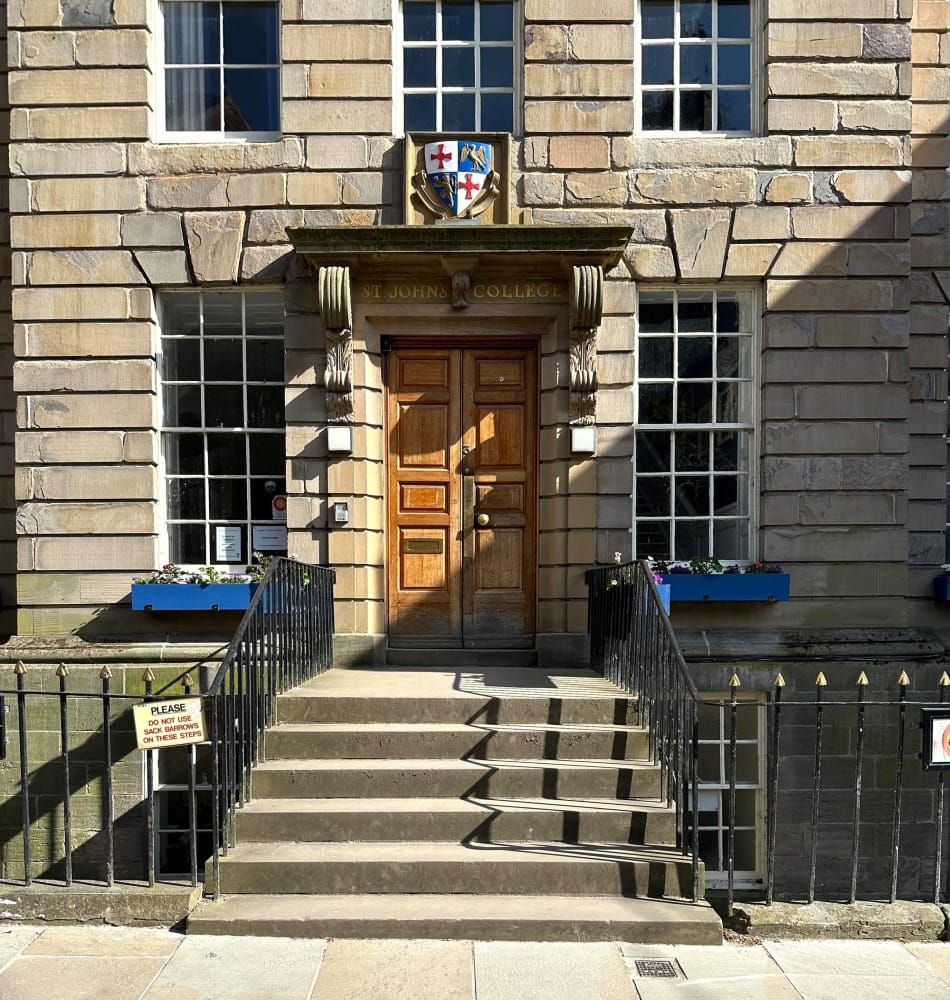
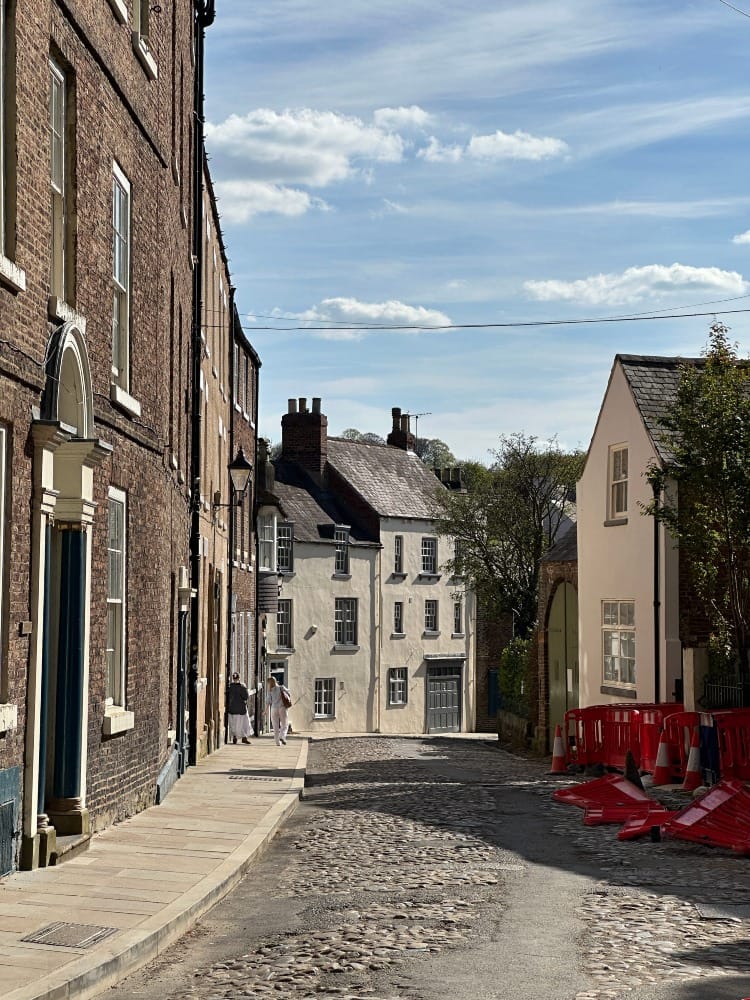
On classical buildings the doorways are compositional microcosms of the complete building. Some decorative entrances are called ‘Aedicular’ meaning ‘little building’. They have a parapet for a roof and twin columns for sides. The door has six rectangular panels of original sizes. The two panels at the top are the smallest, those in the middle the longest and those at the bottom slightly shorter than the middle. Within this ‘building within a building’, the door becomes a homage to the entire house.
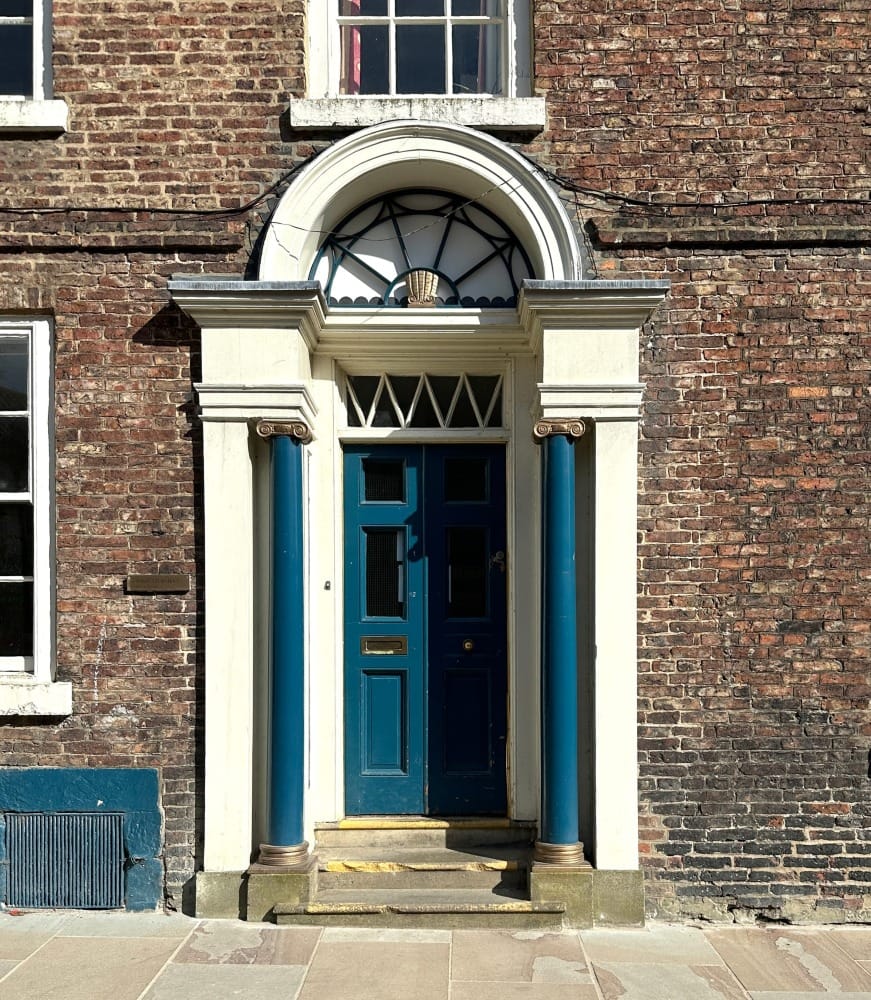
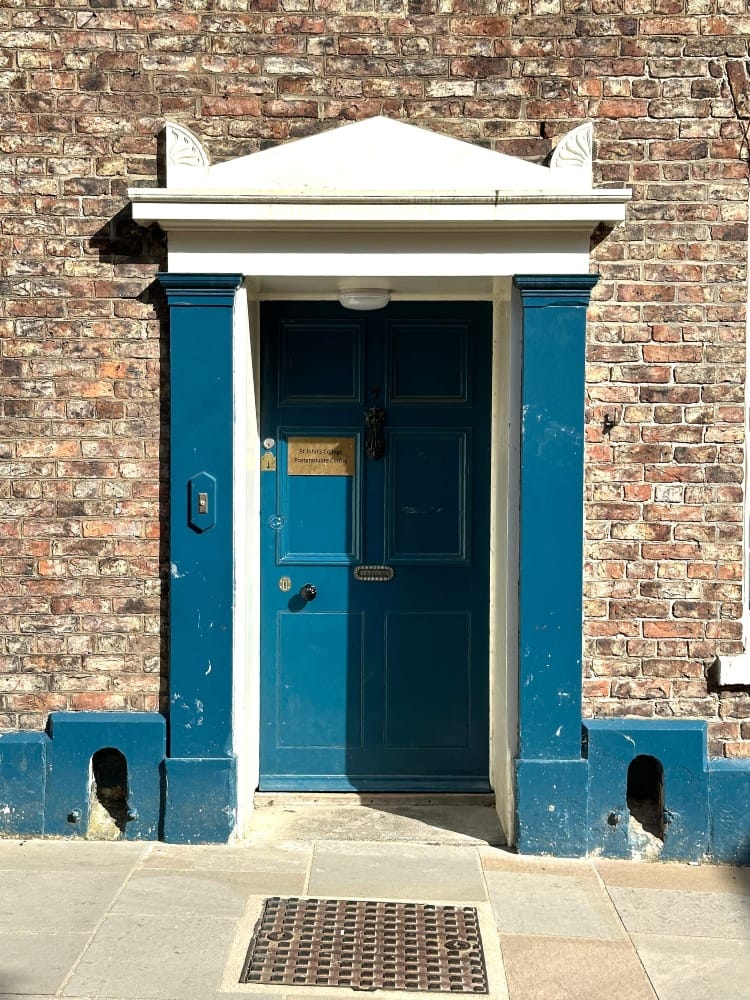
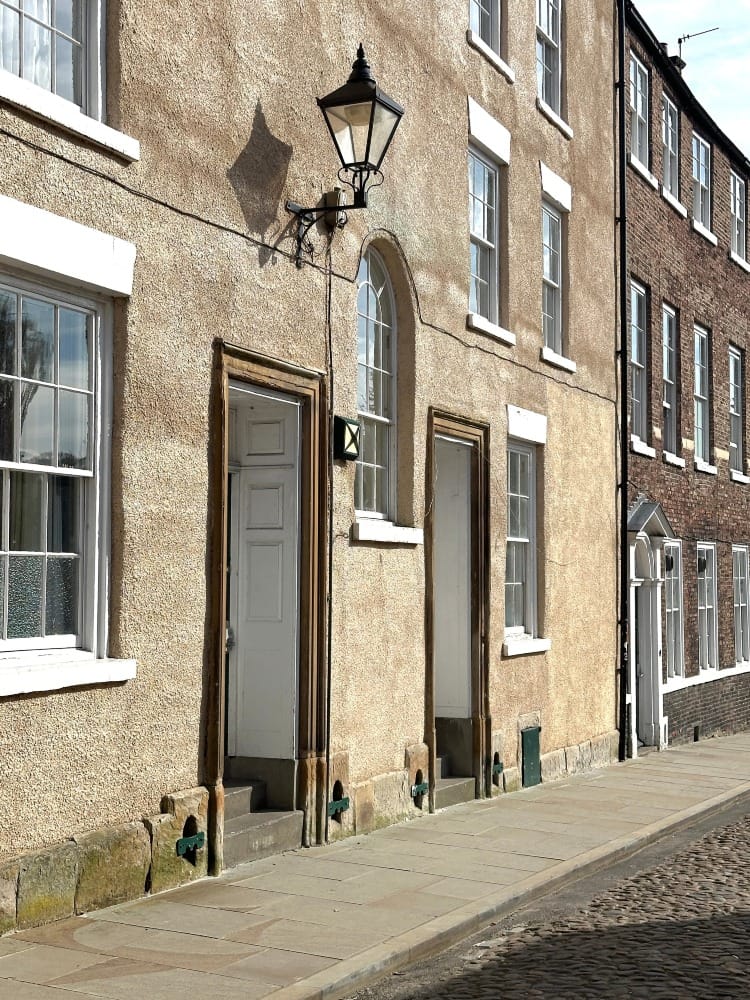
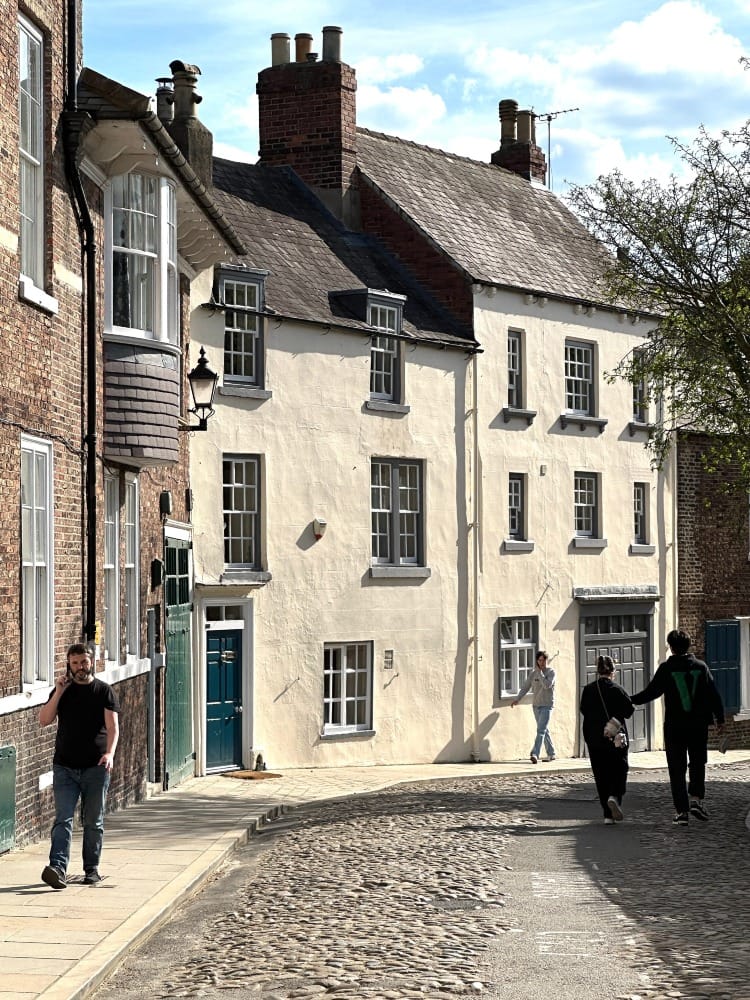
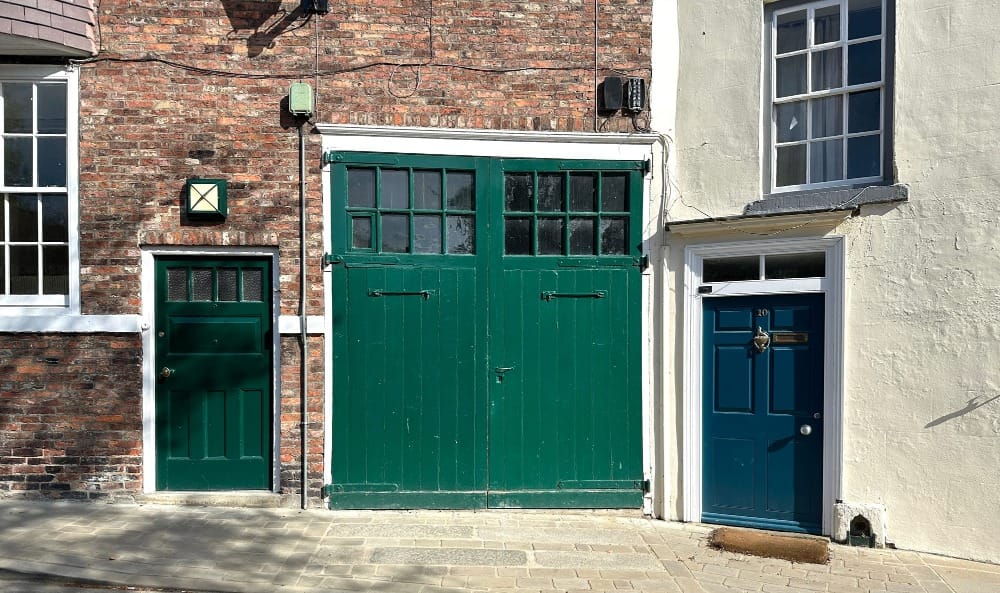
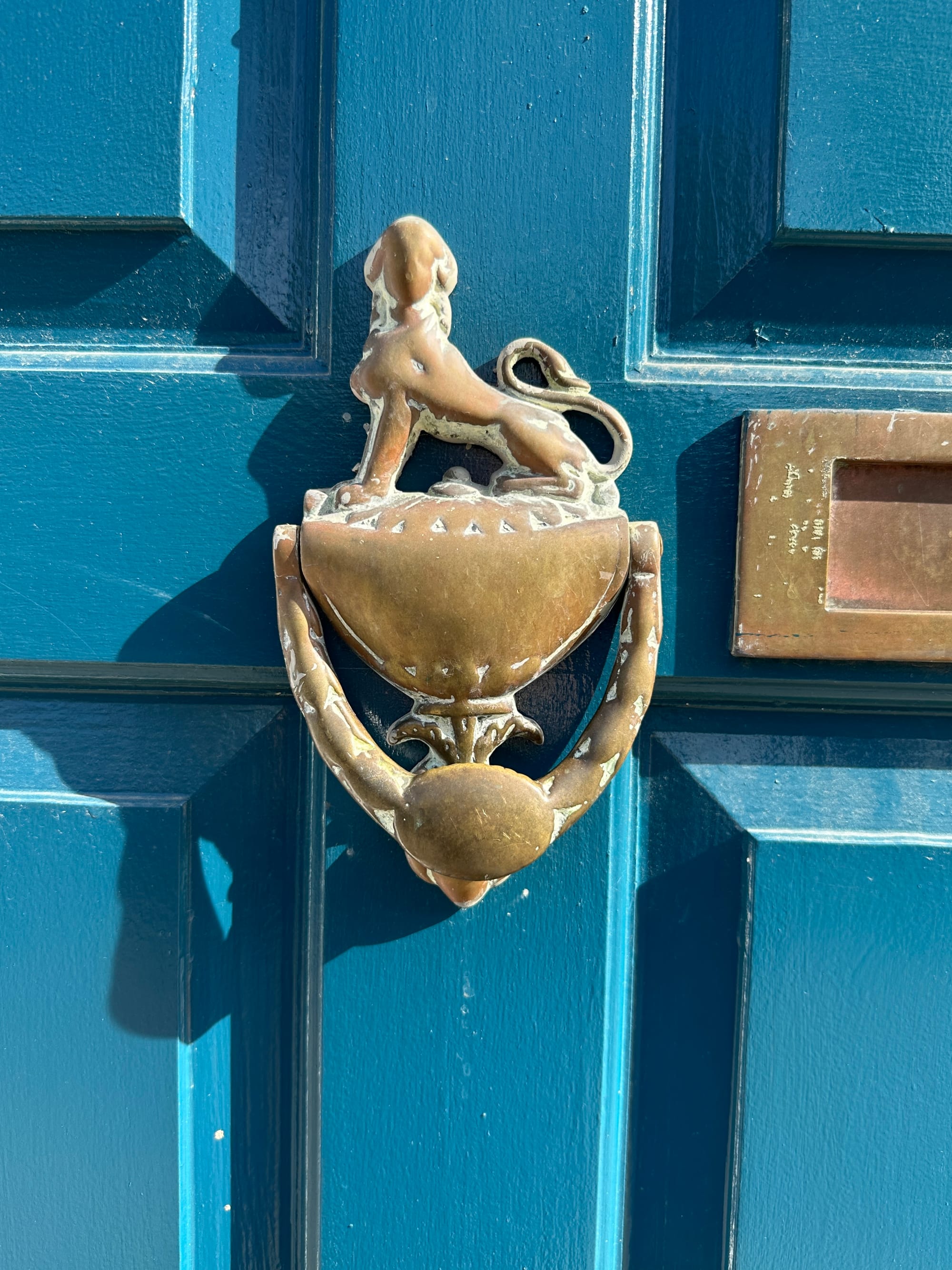
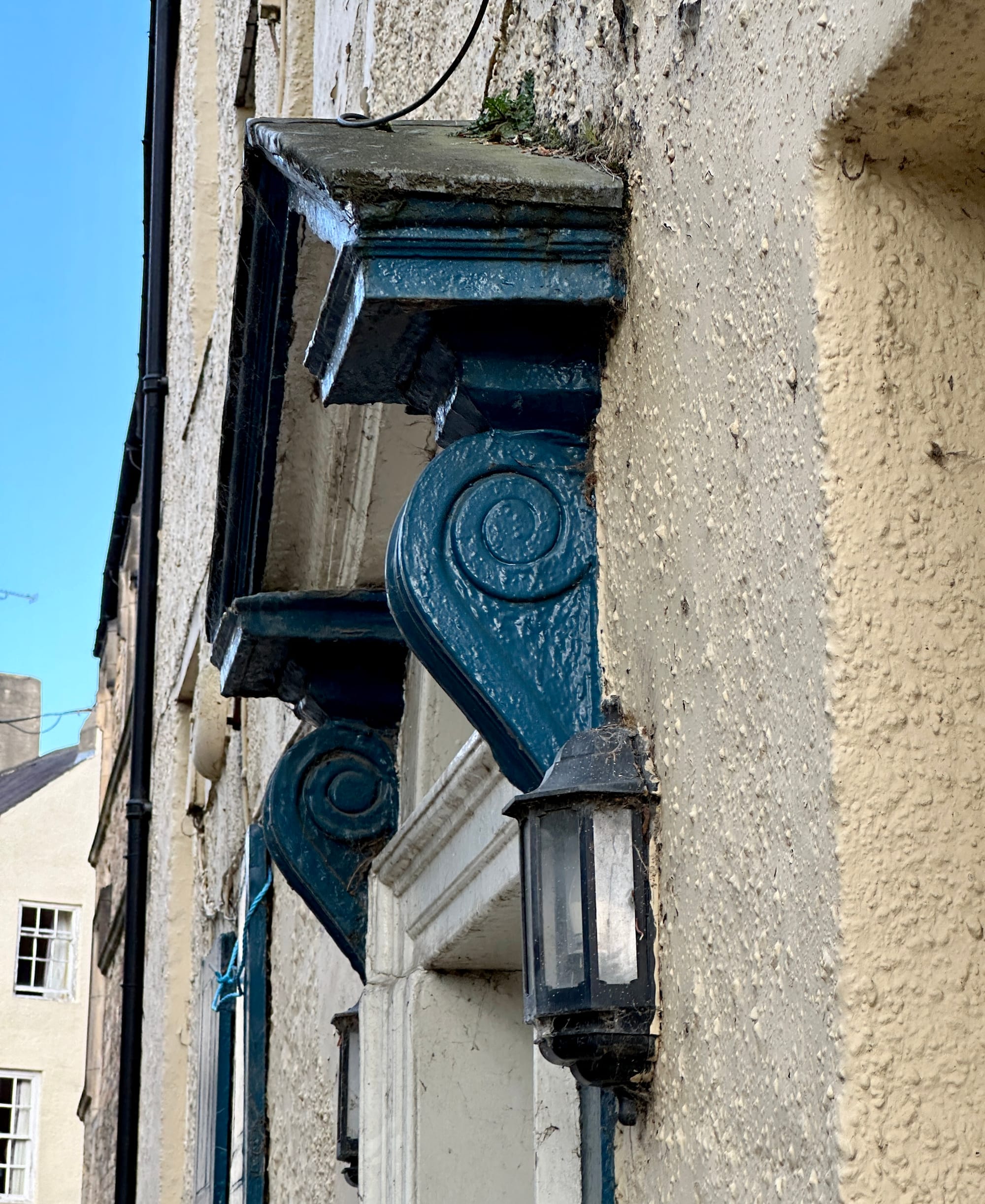
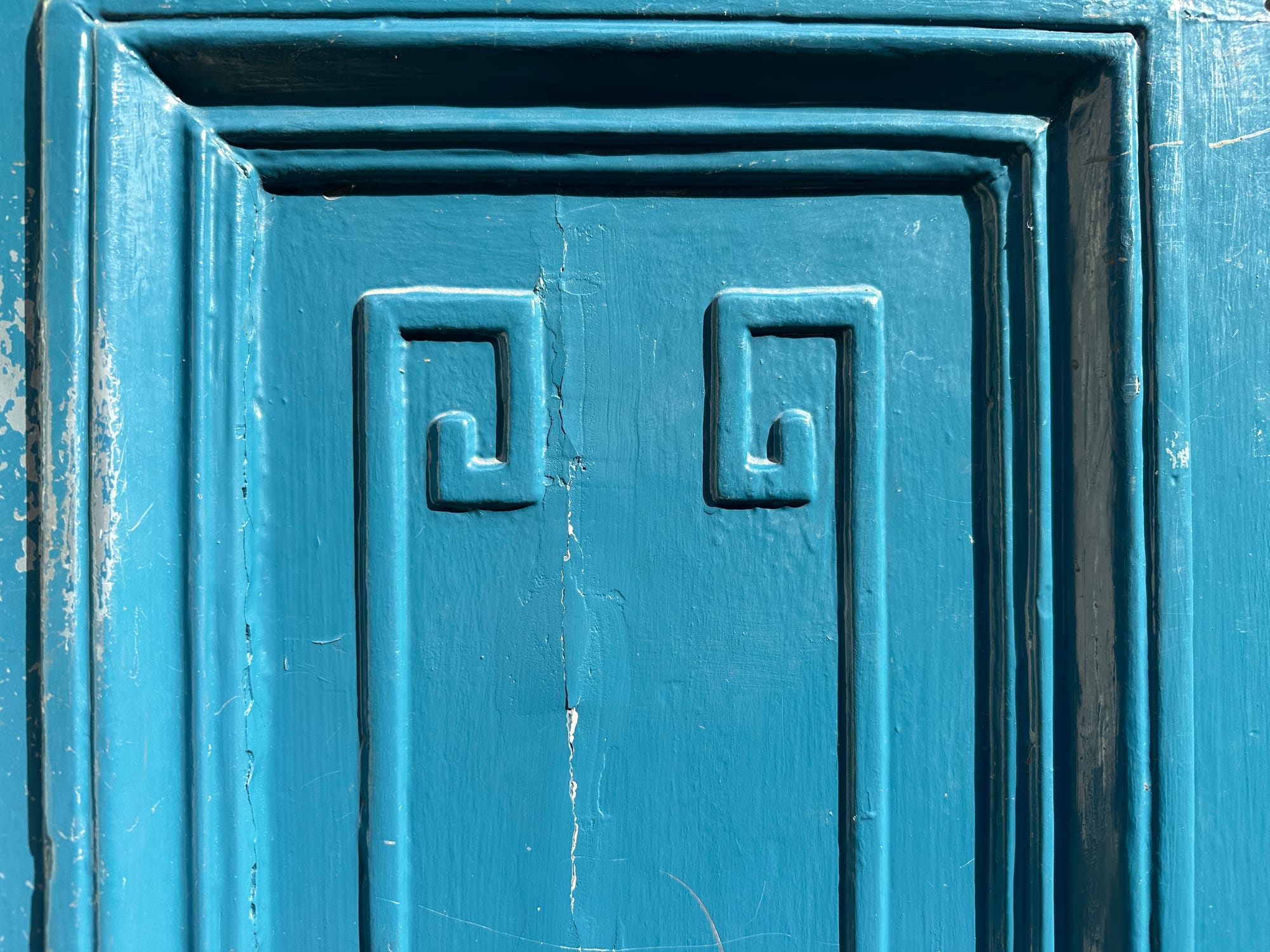
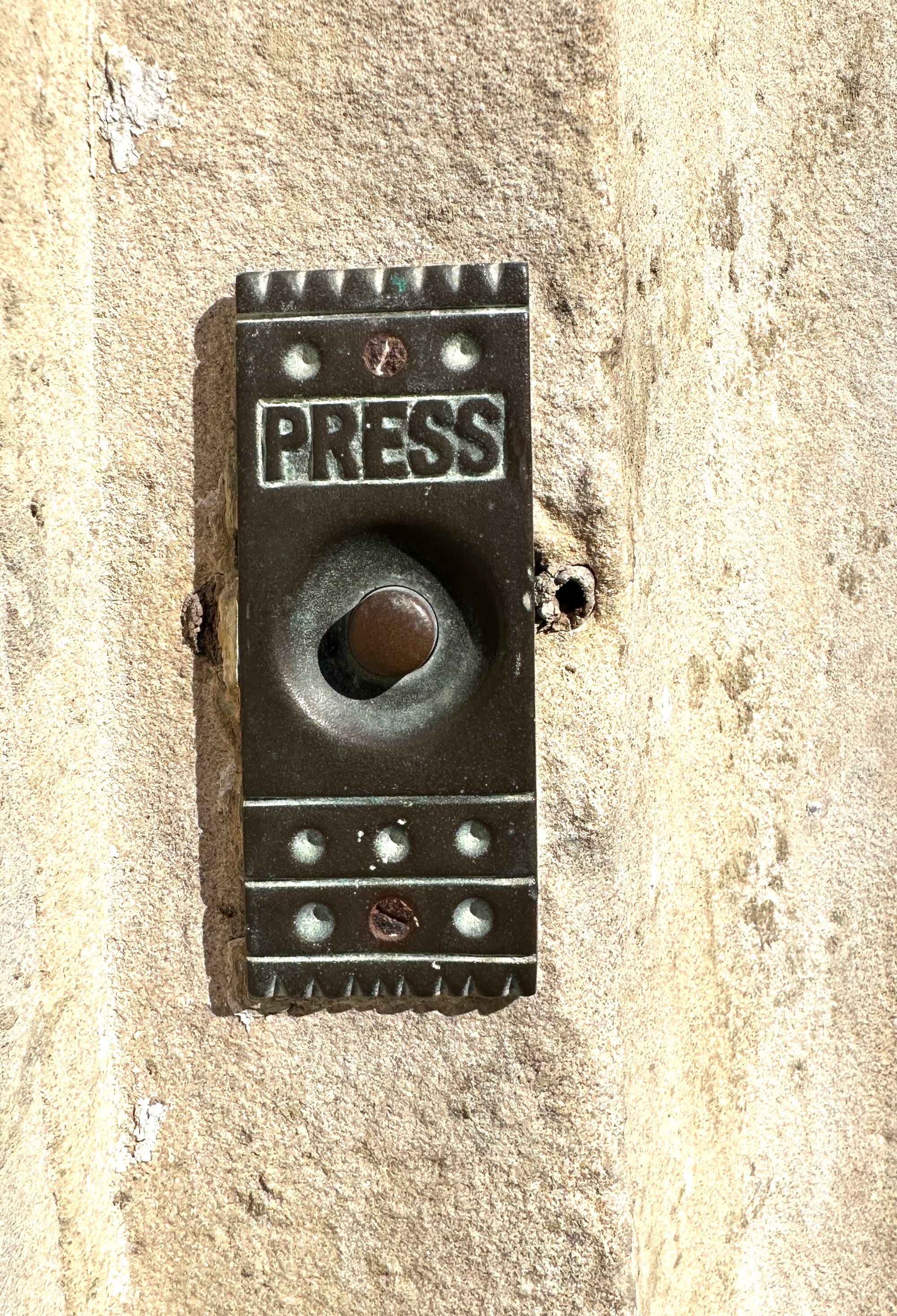
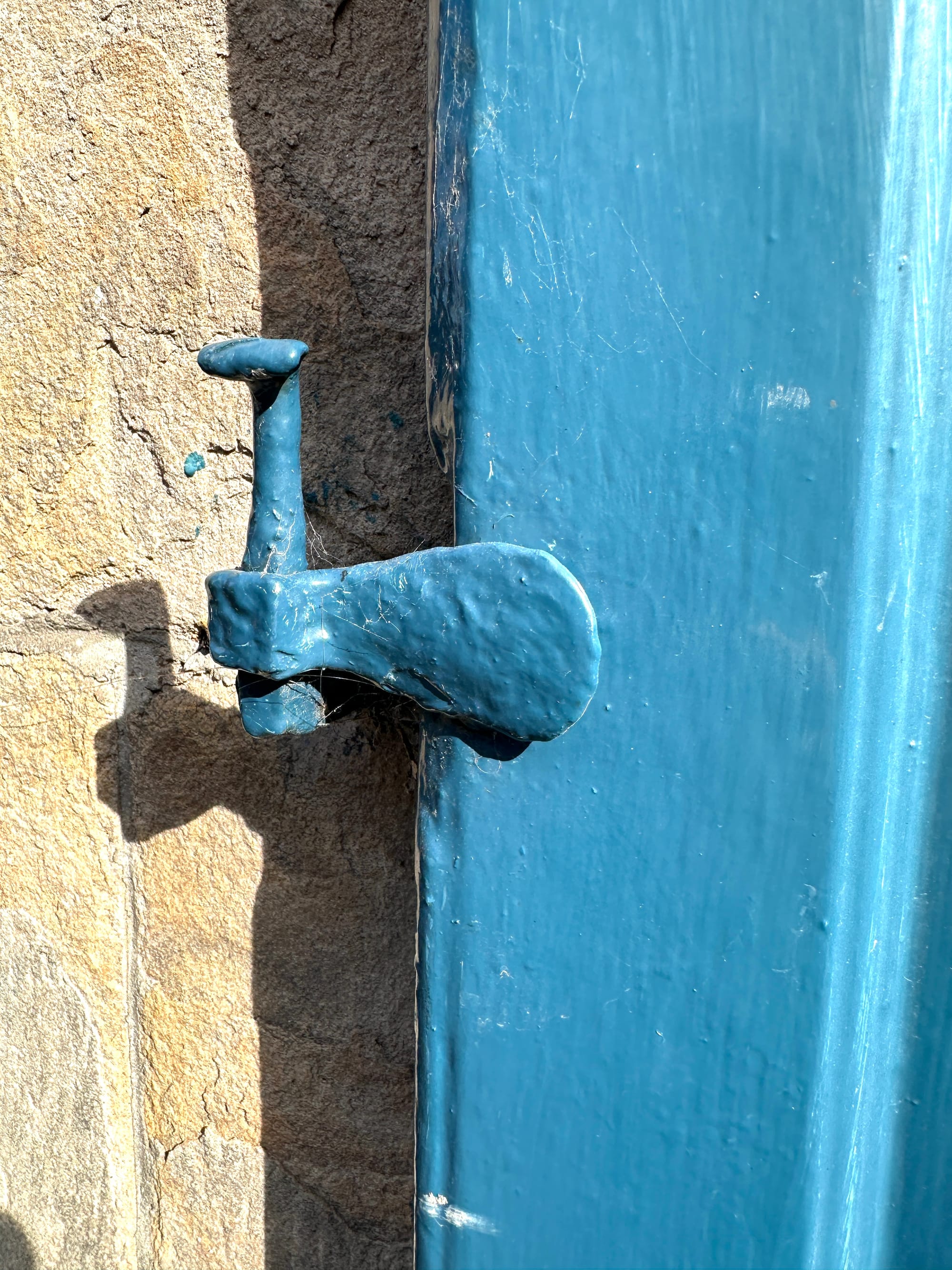
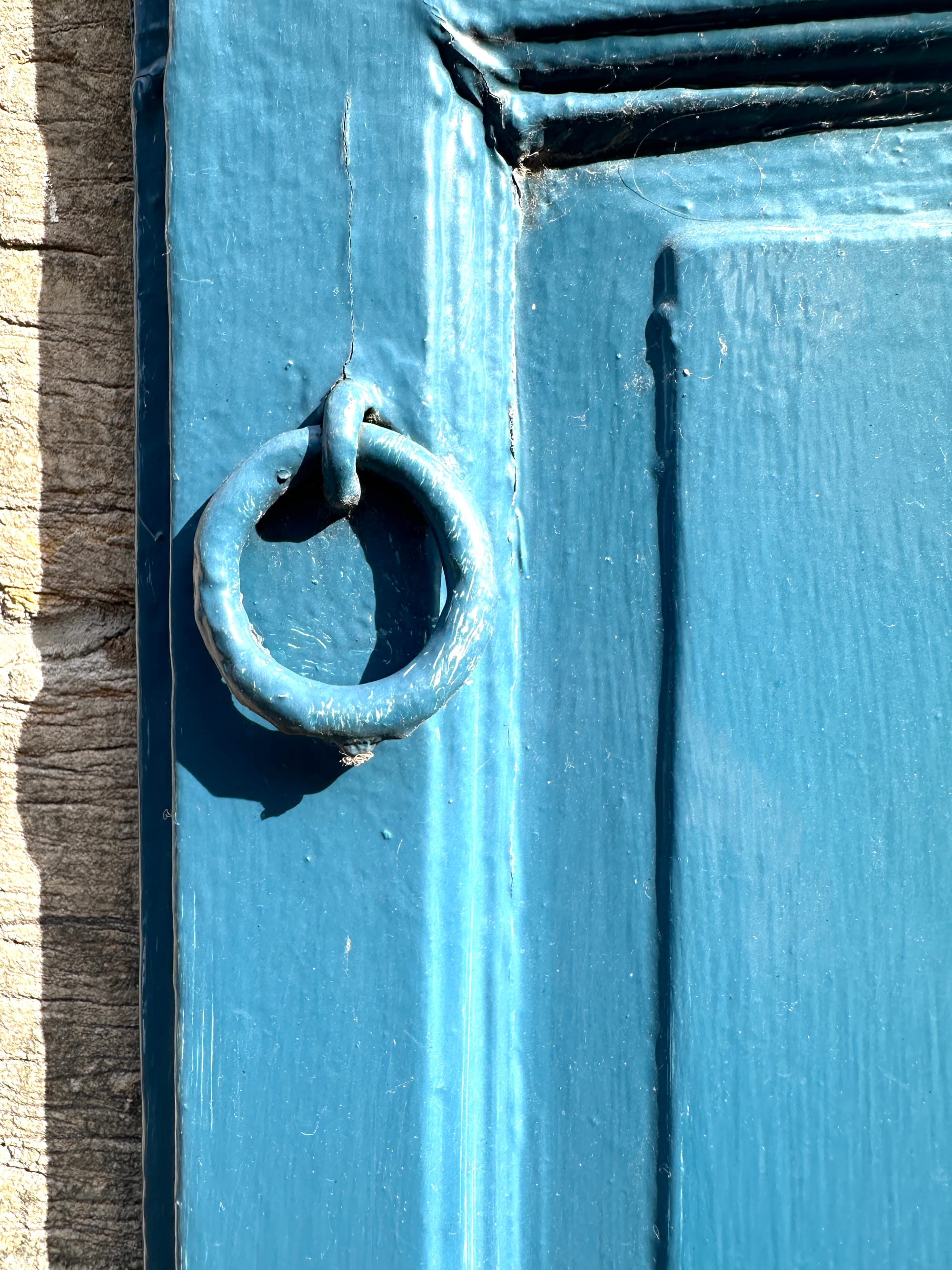
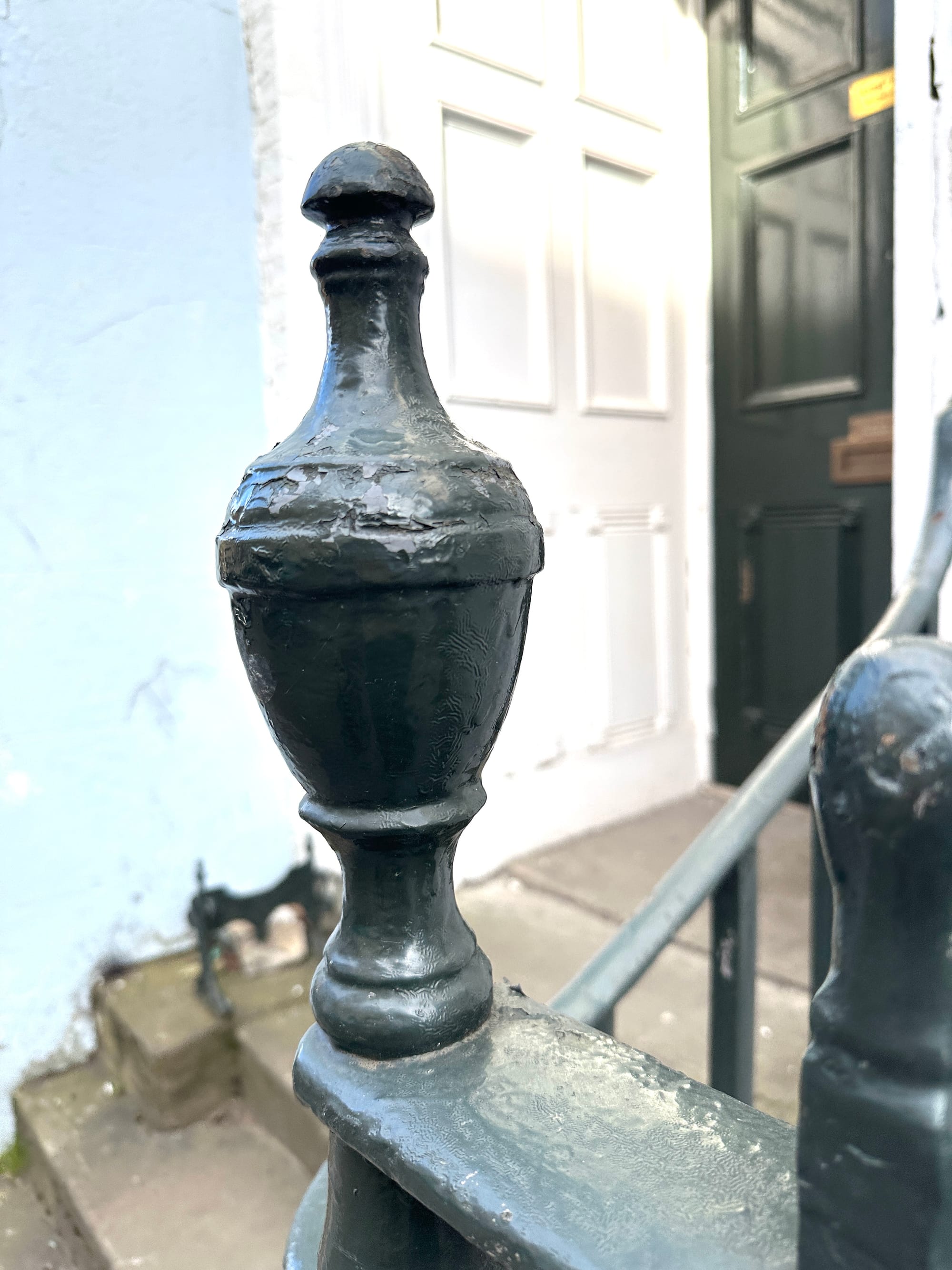
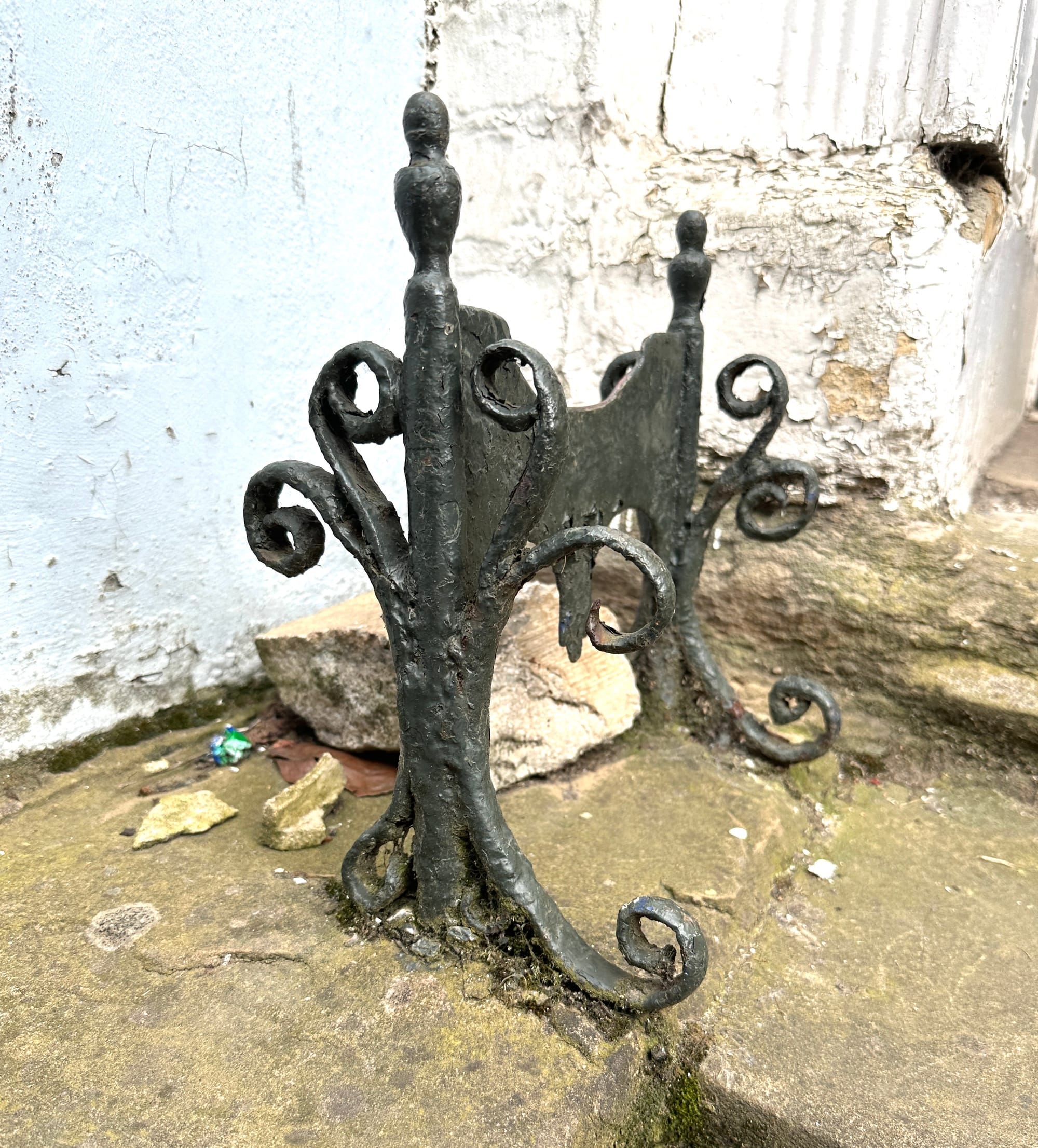
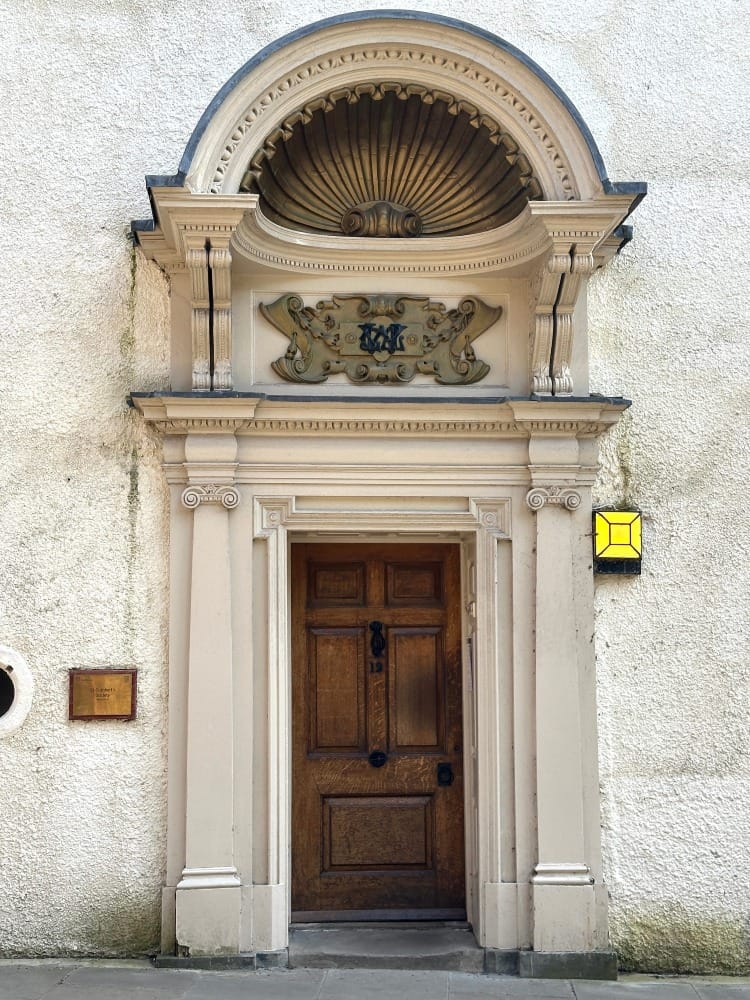
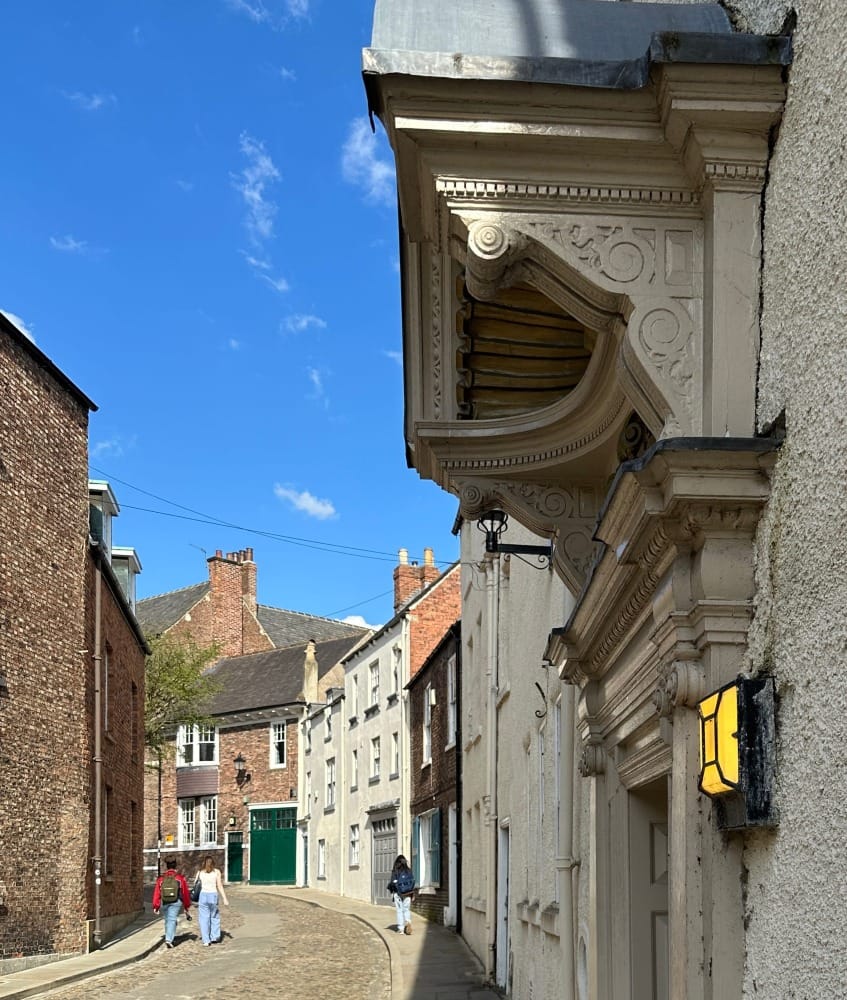
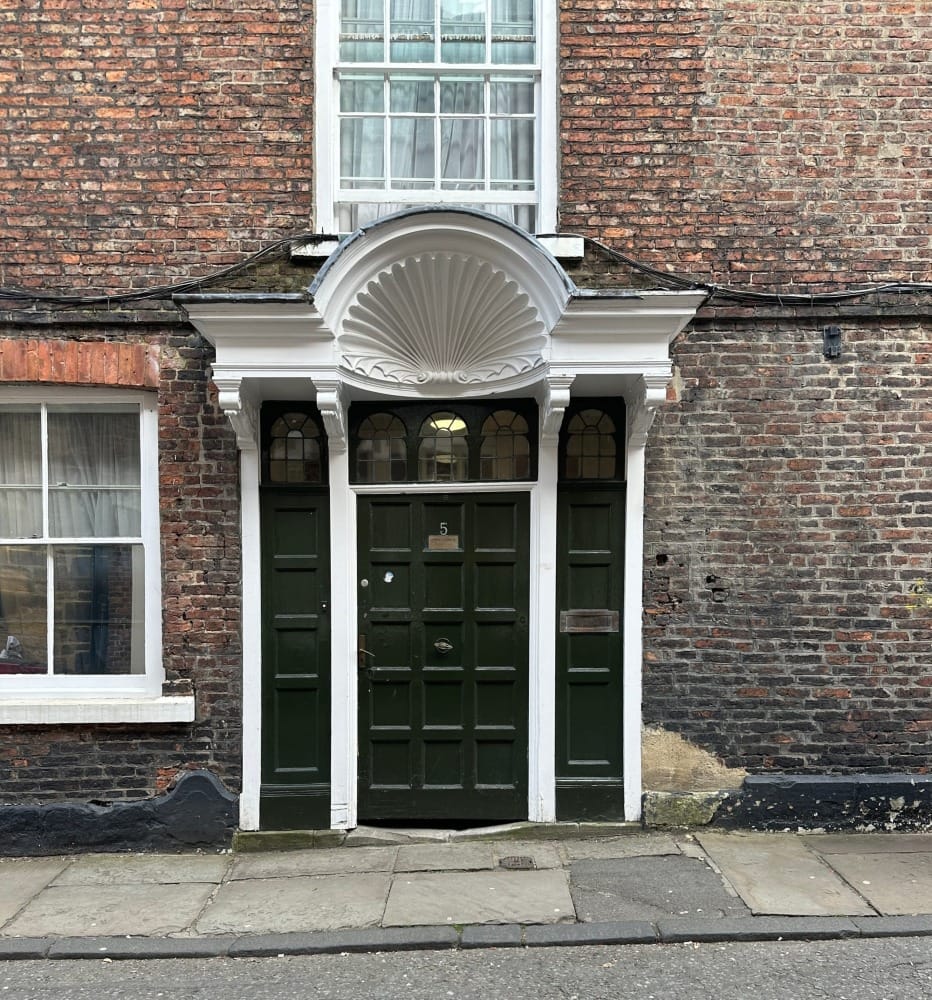
I'm starting to think that my photography is archeological. Over ten years ago I photographed the same door as the one above..
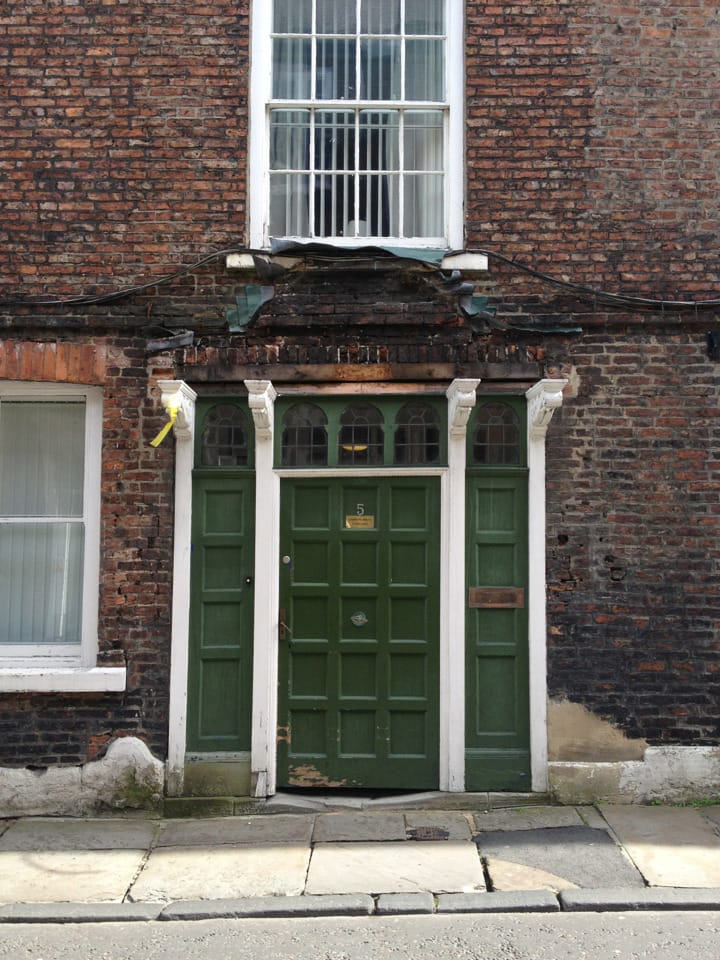
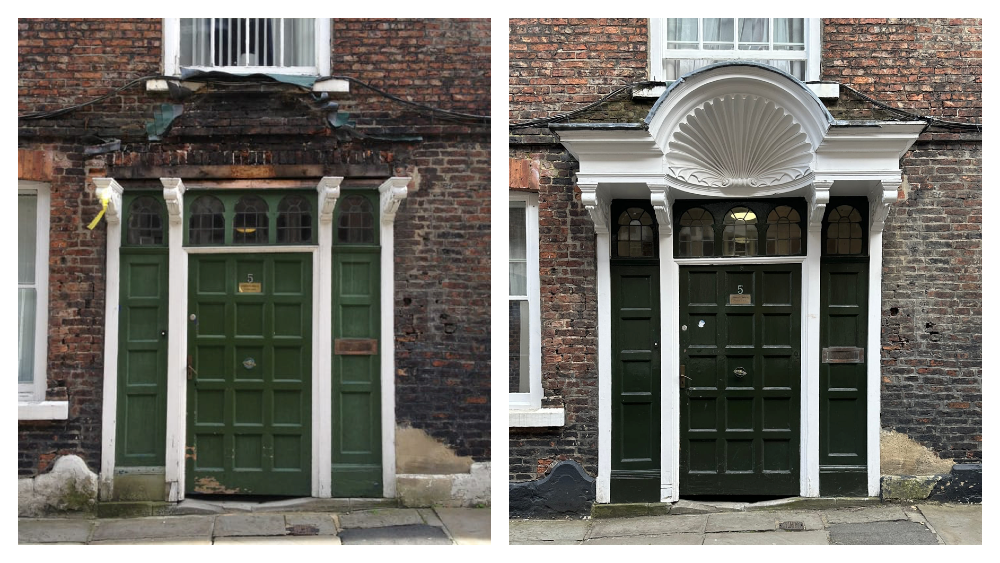
I walk down Saddler Street (the one with the intriguing curve). We've gone full circle.
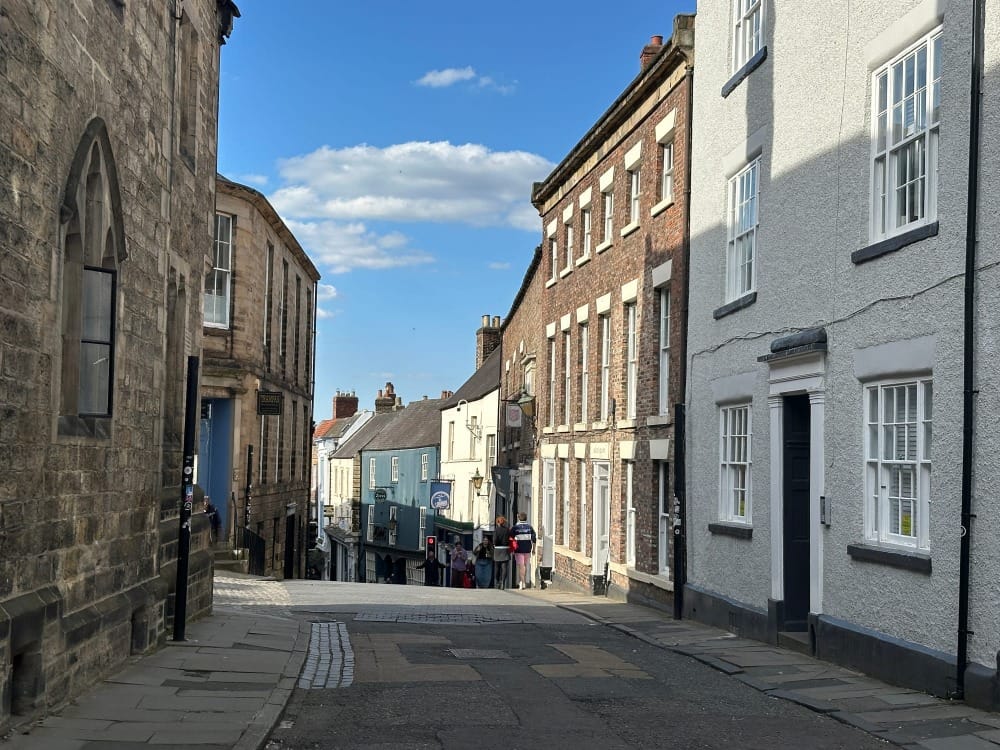
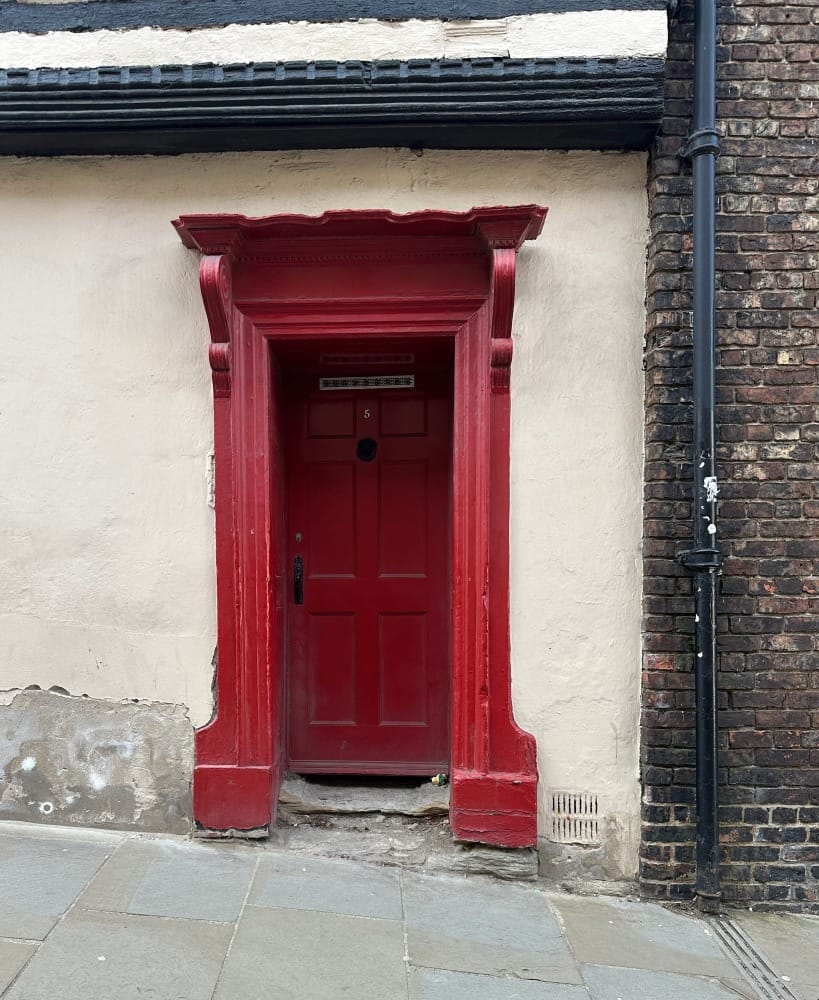
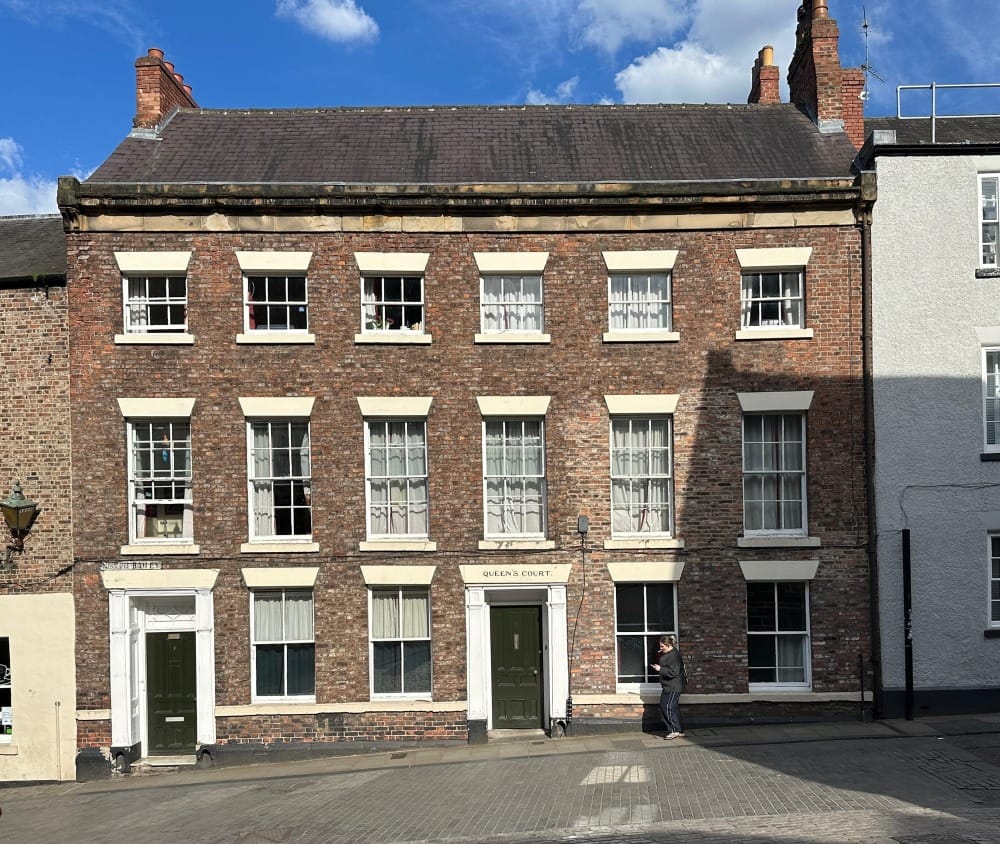
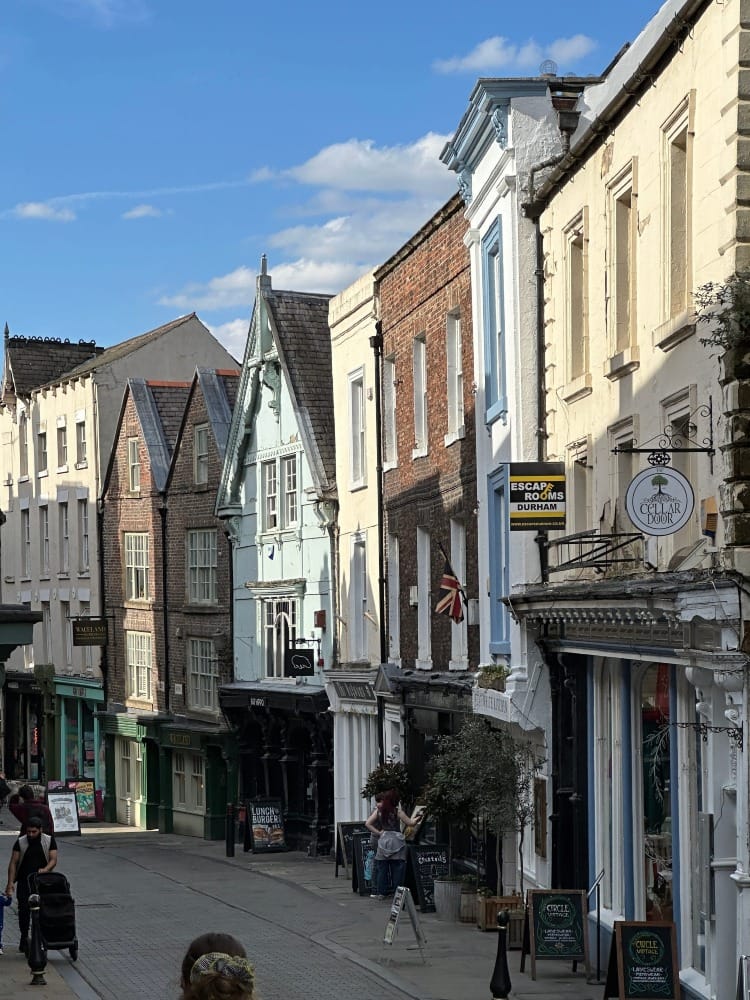
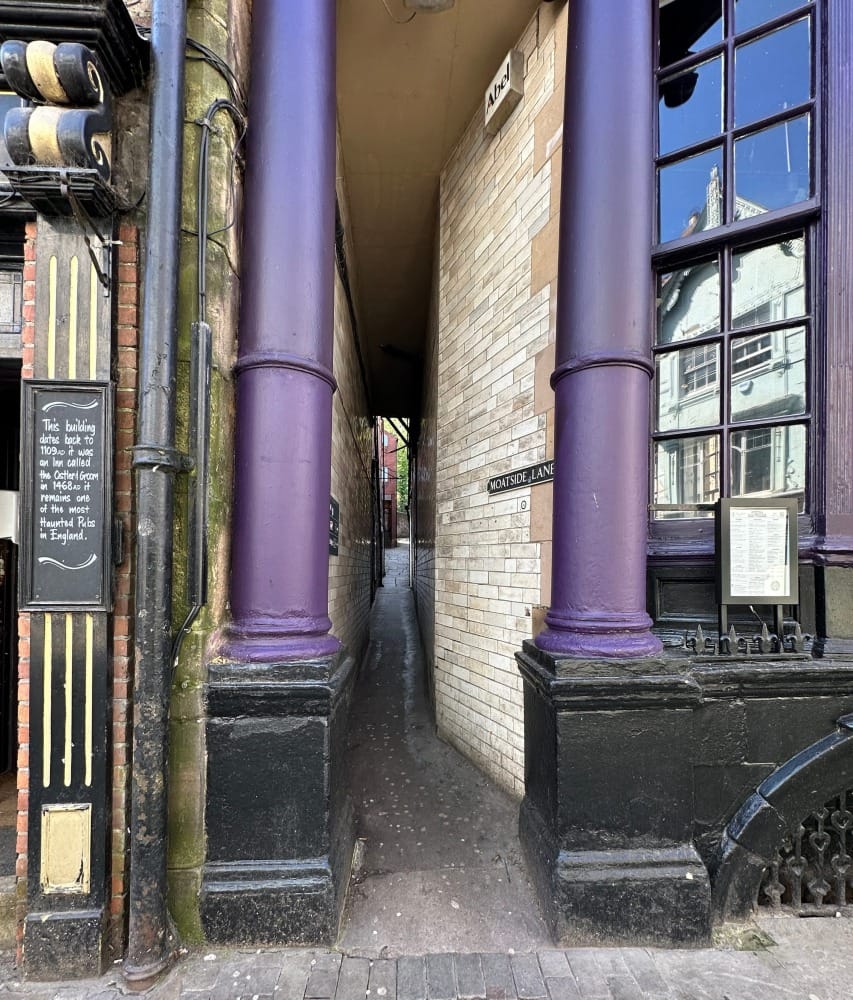
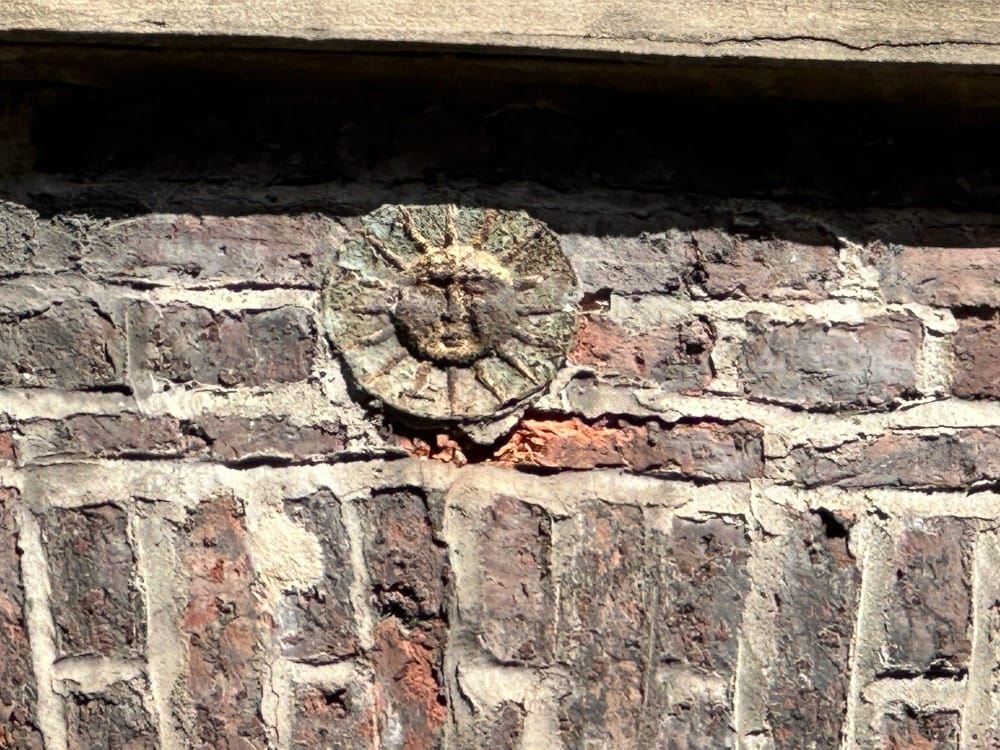
I've been naughty and gone against all the van-life principles of outdoor living. I take sustenance in a place that I came across on my walk - near to the Crown Courts and St. Cuthbert Catholic Church. A place called Zen with fab Thai food.
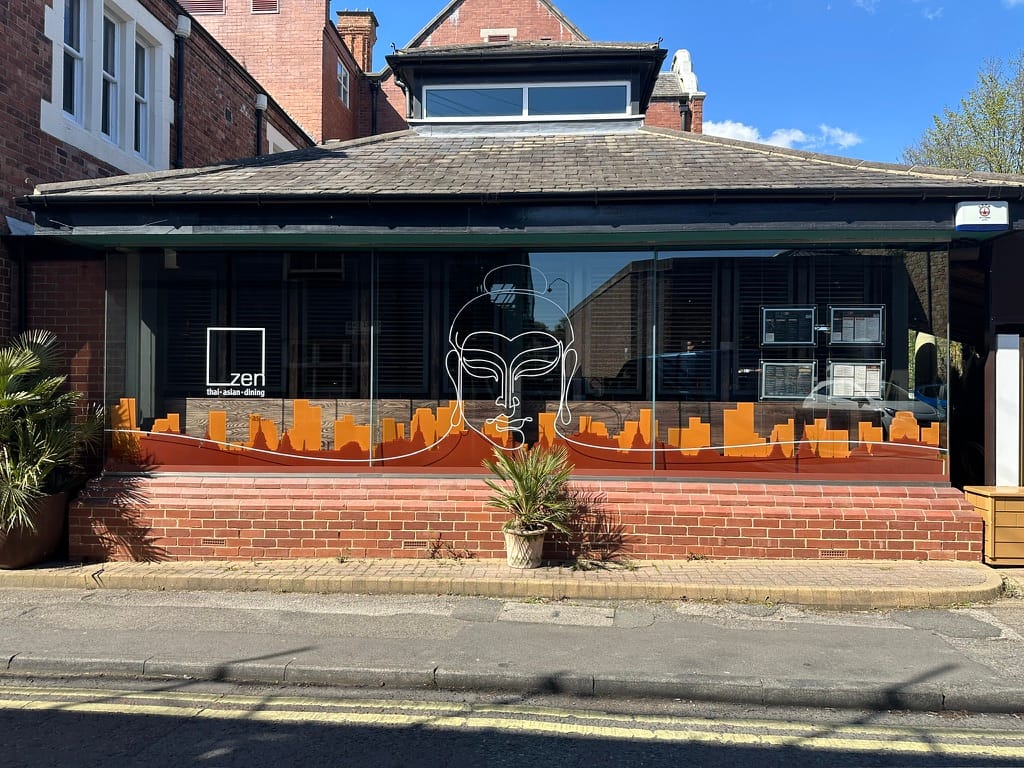
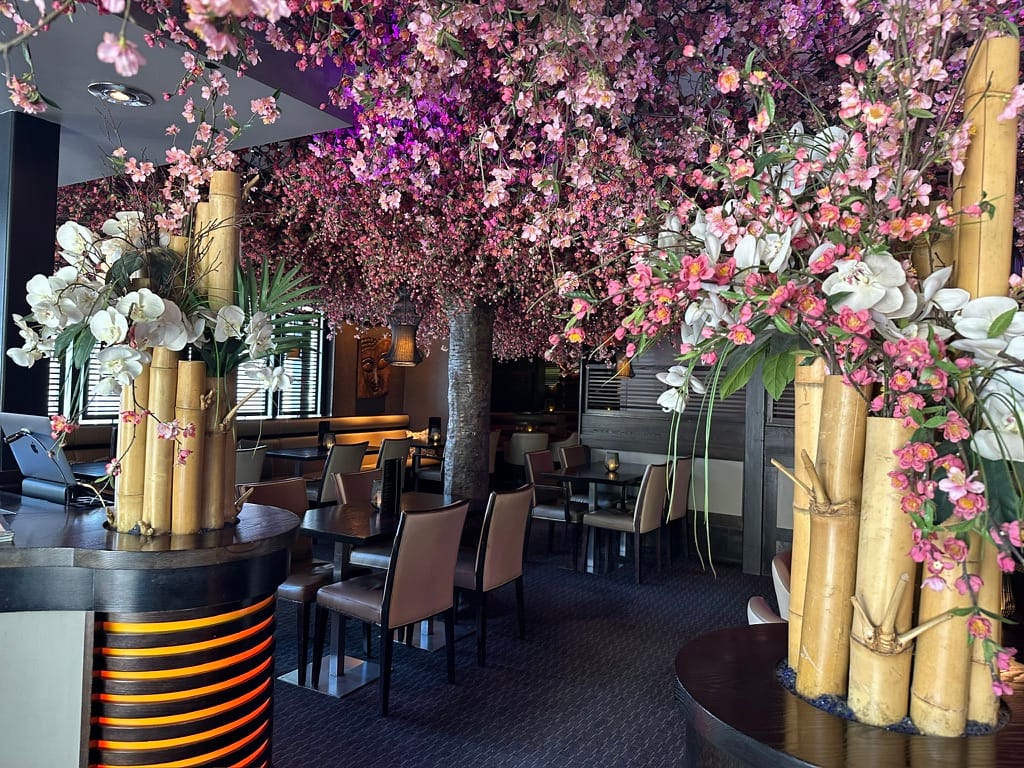
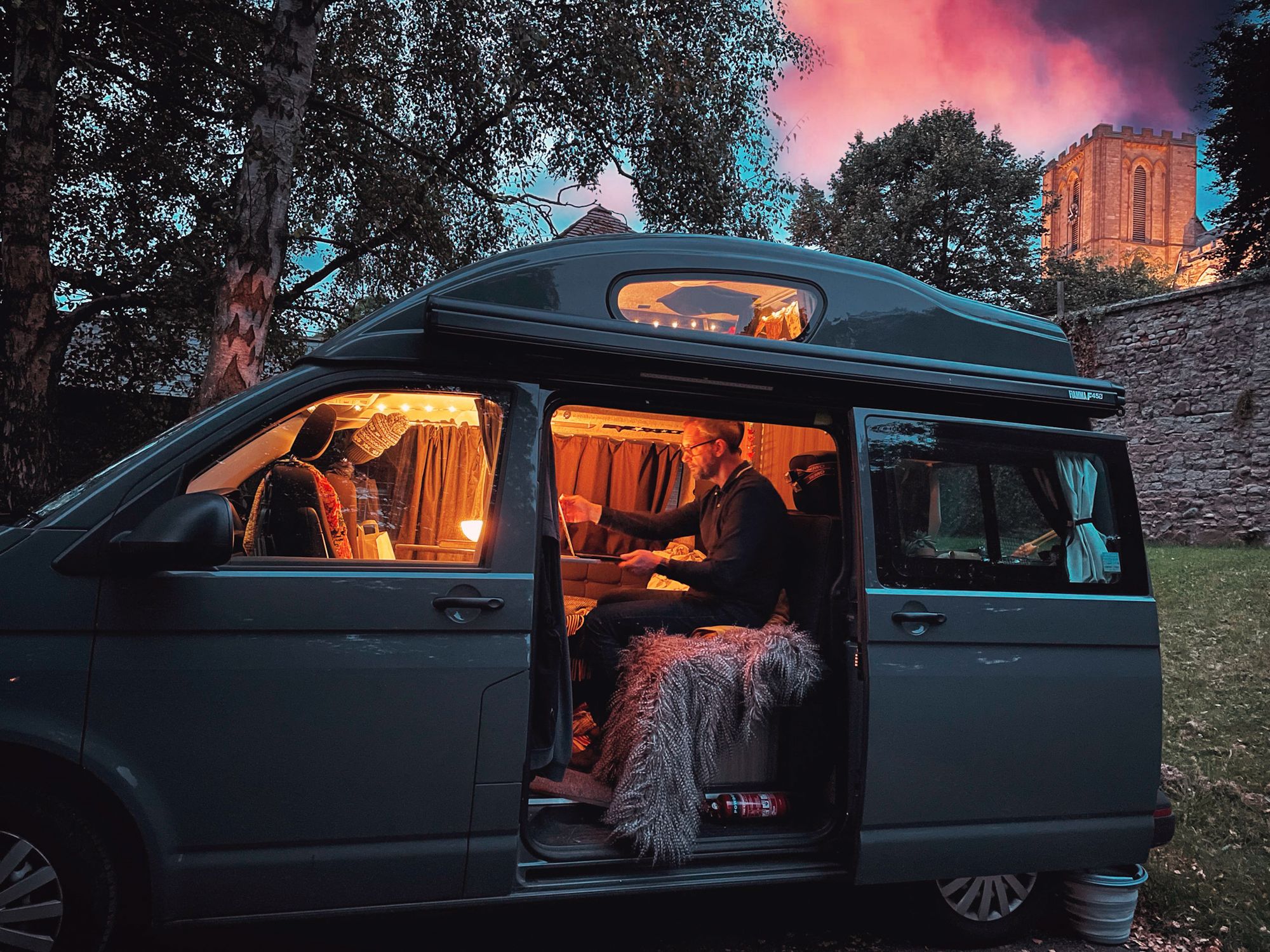
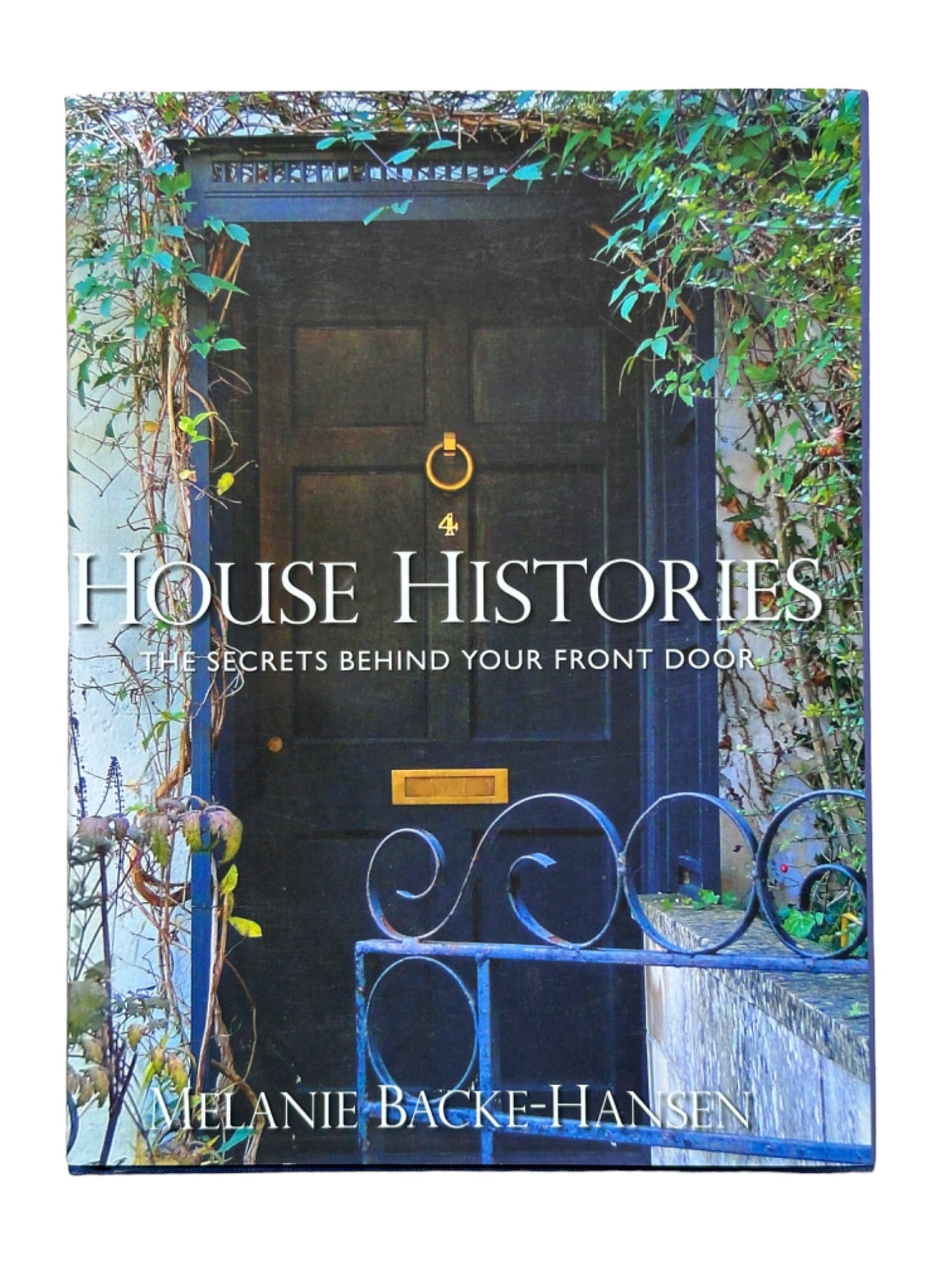
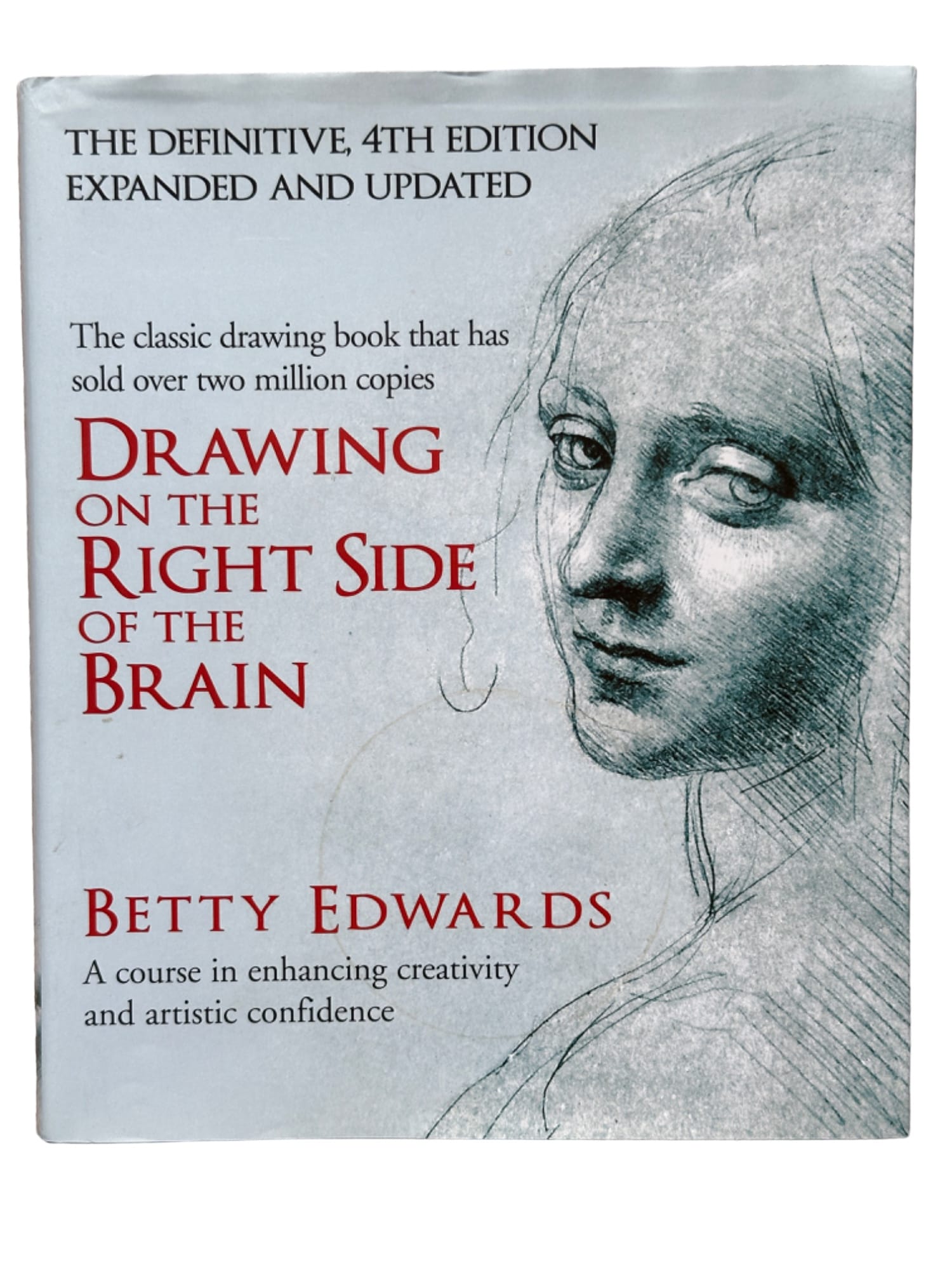


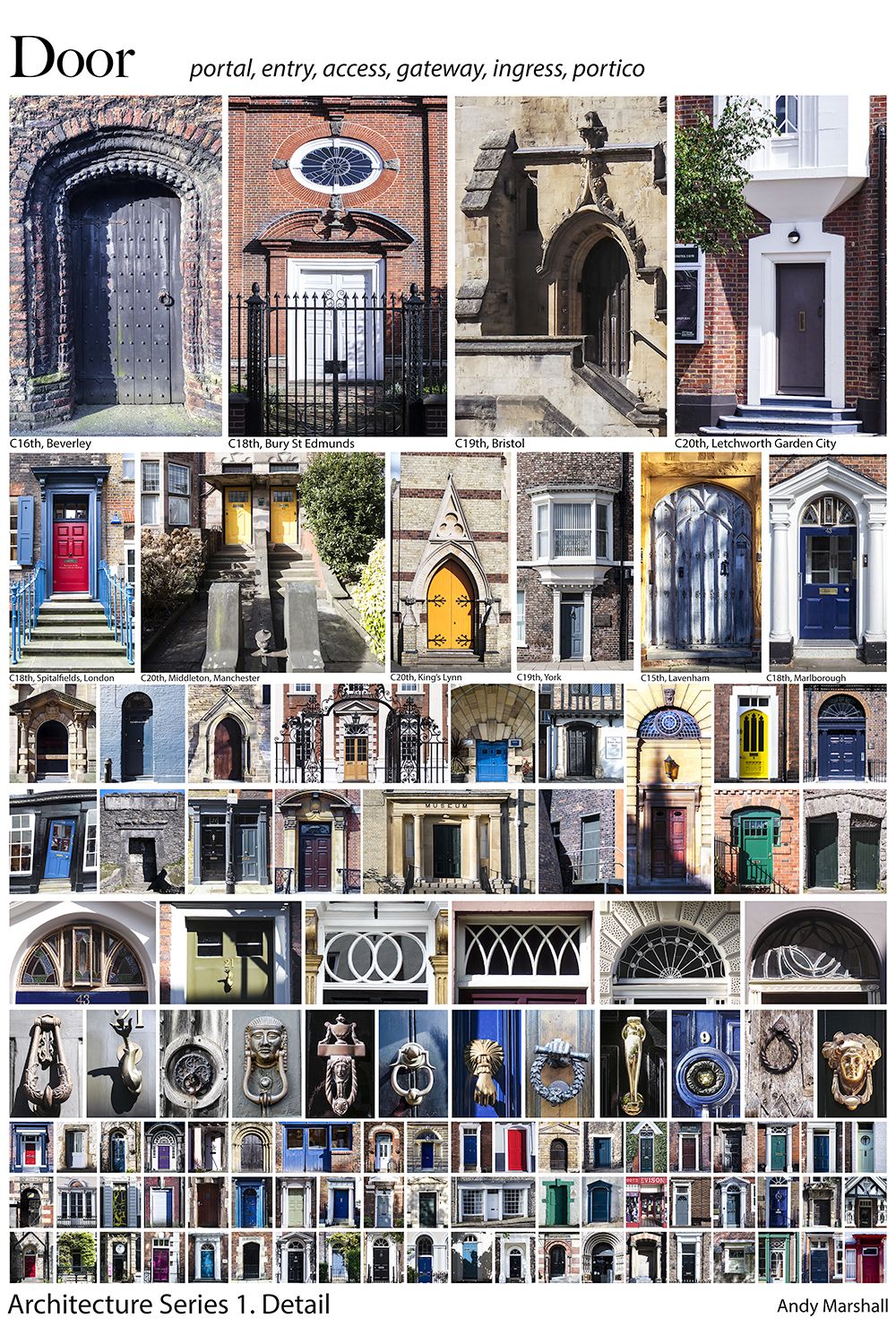
This time last year:
"Could the essence of a place hold a palpable and manifest memory of the past through the process of quantum entanglement? "
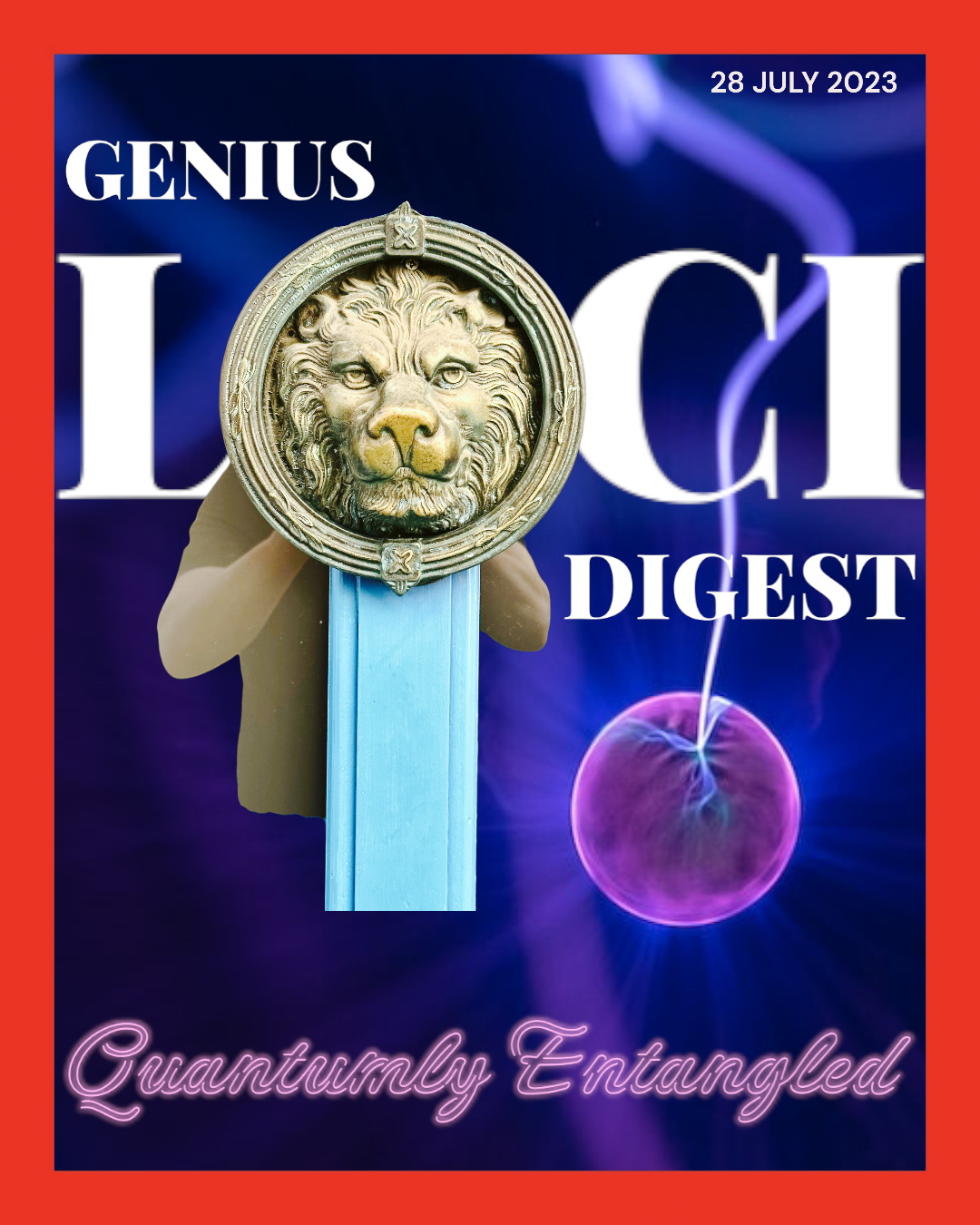
This week's Mid-Week-Pick-Me-Up
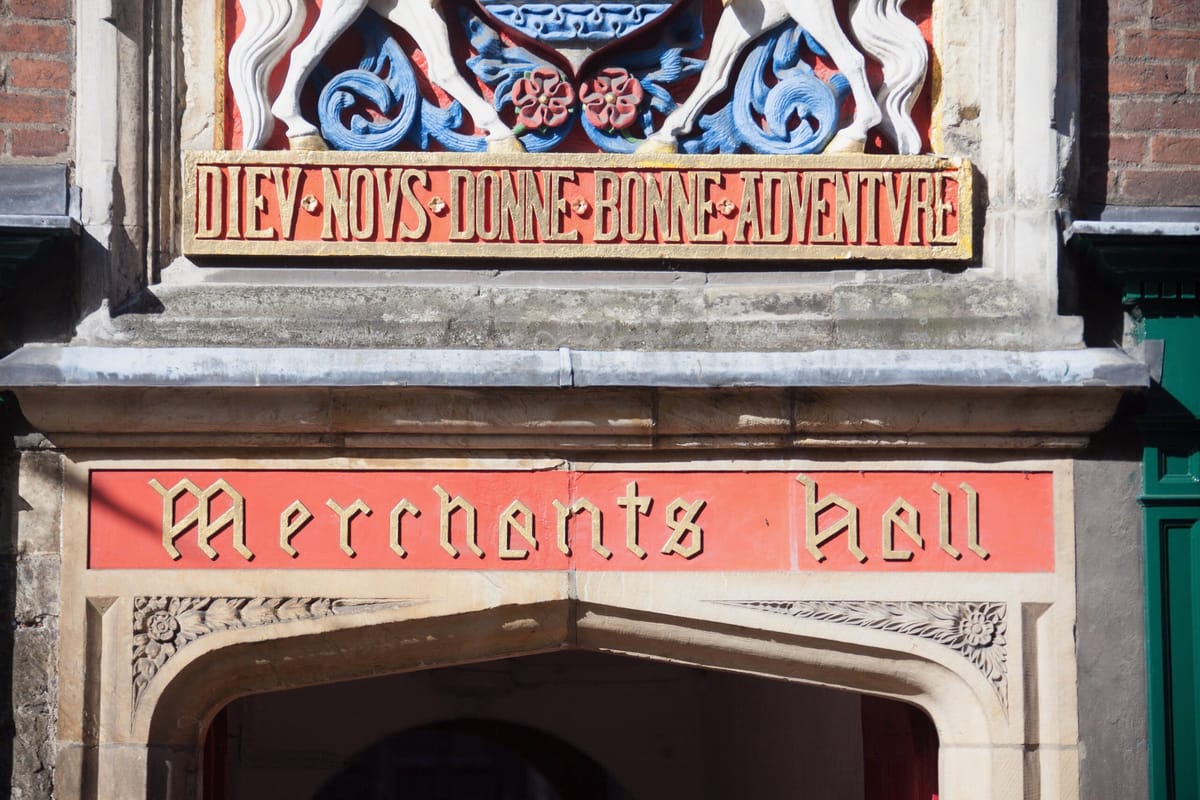
Member Supplement:
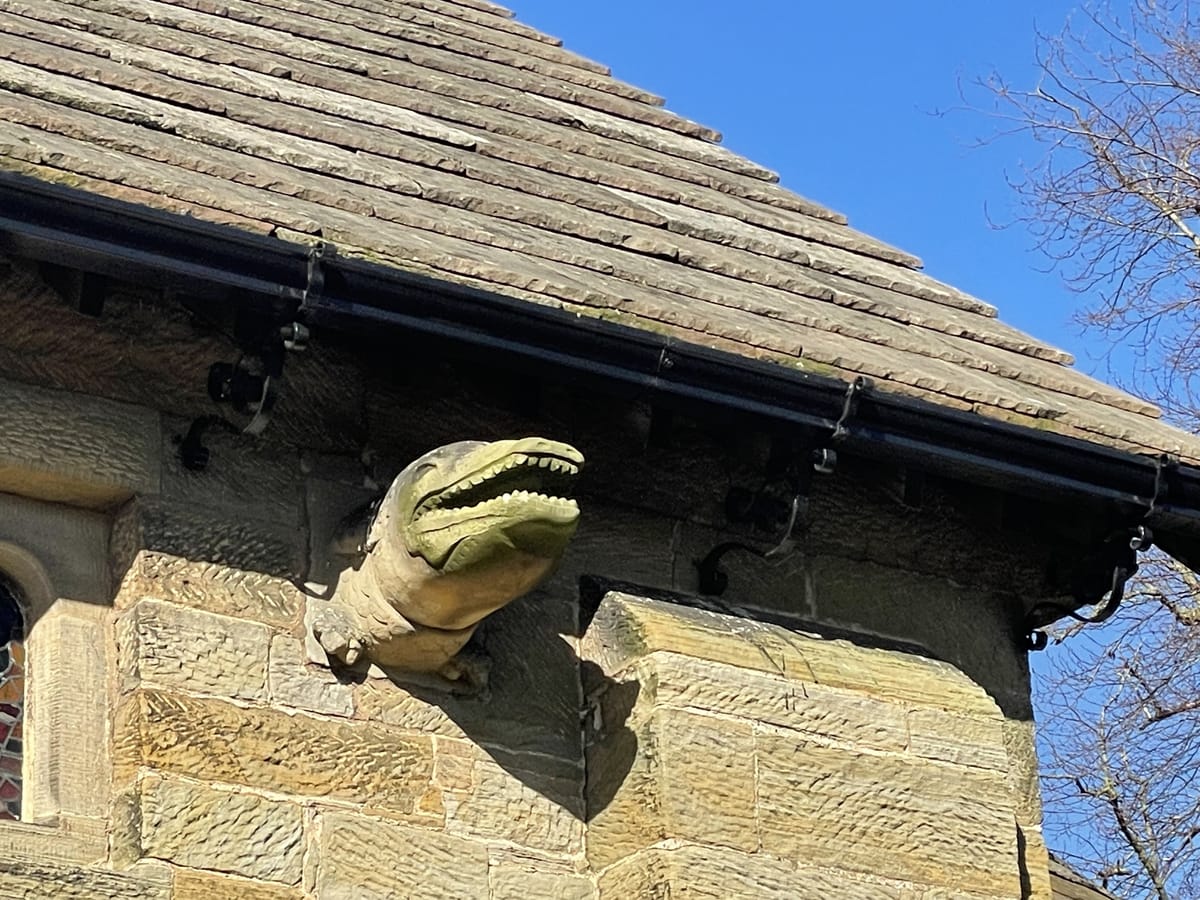
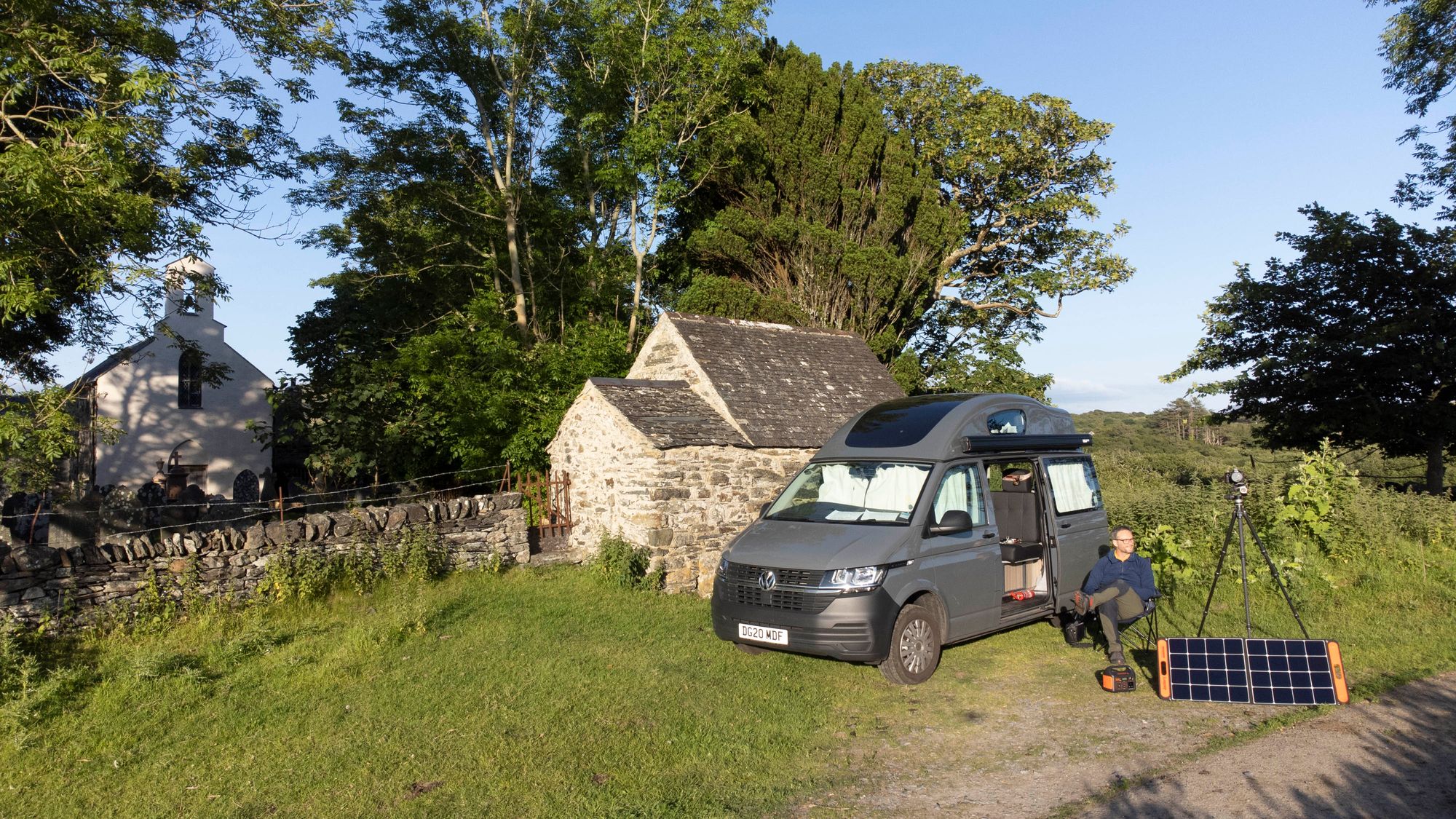
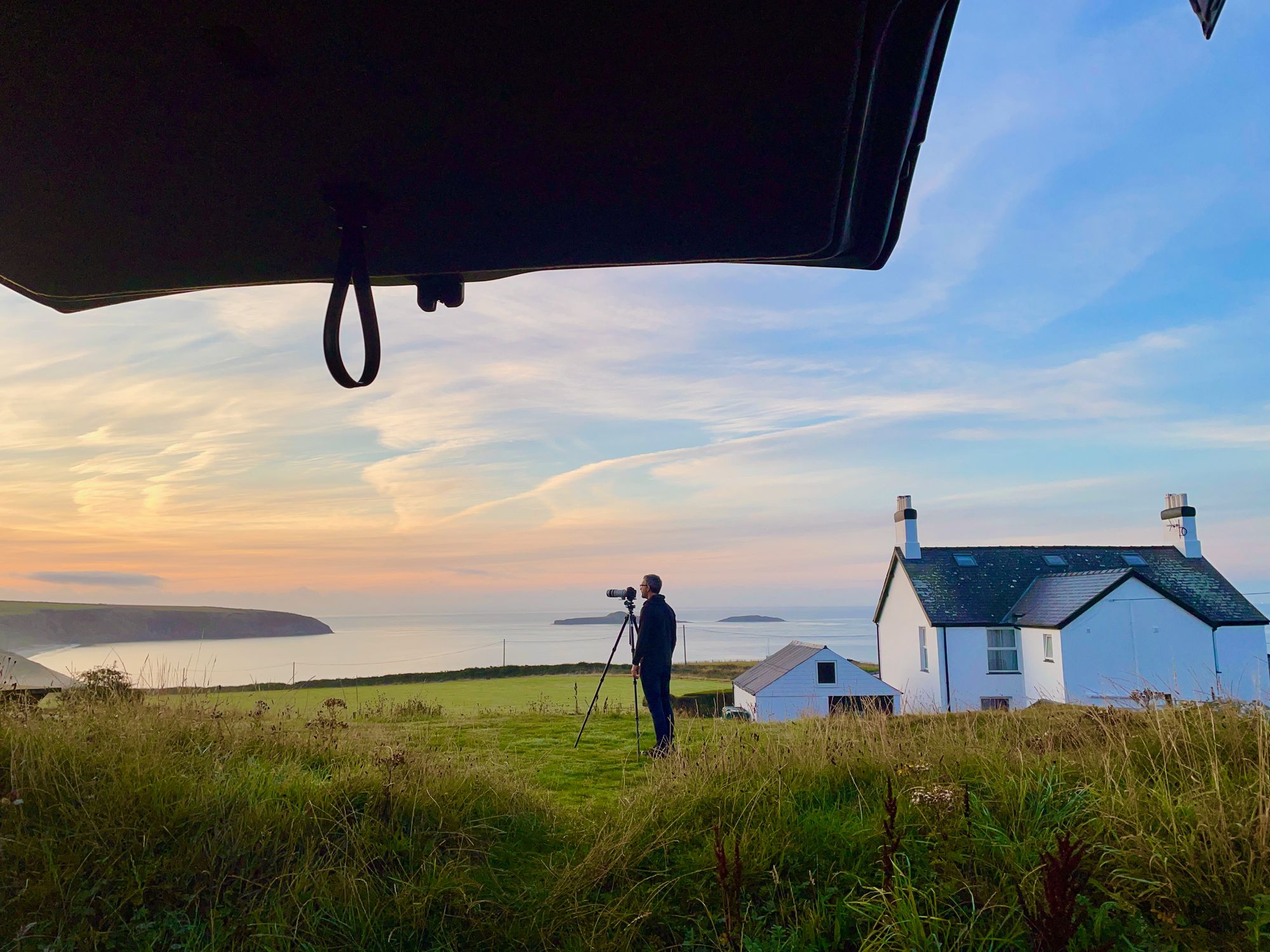
Recent Digest Sponsors:
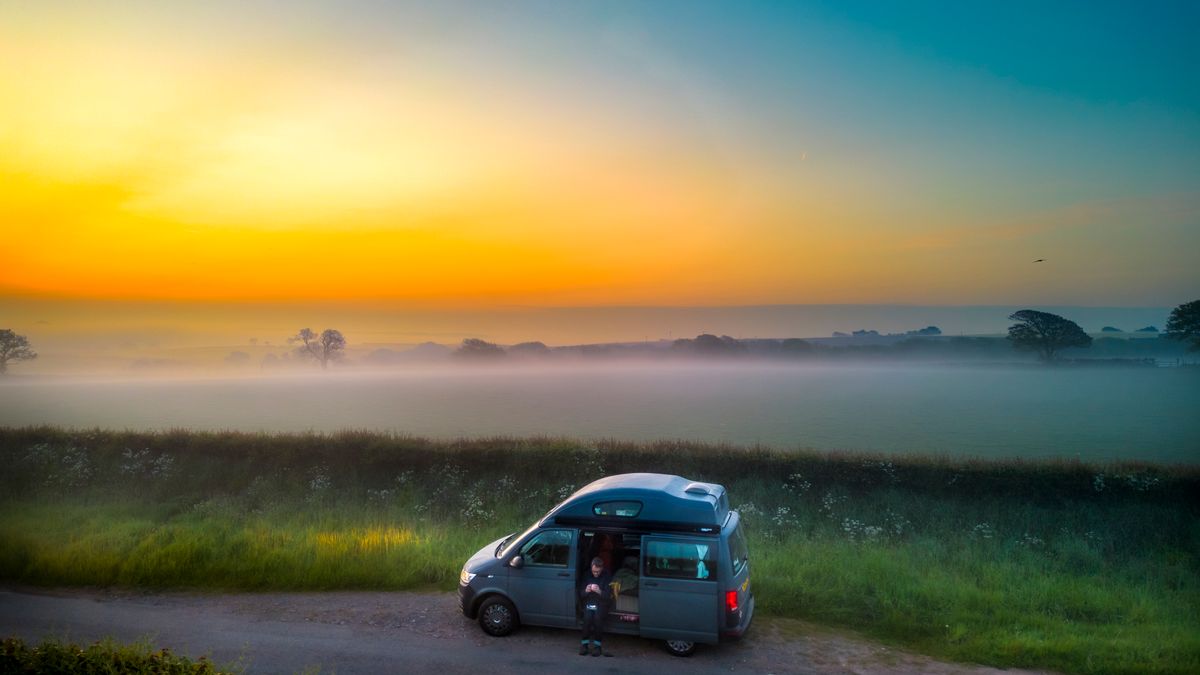
In the Observations section I talk about how comforting it was when I traced the geometric lines of the buildings with my eyes.
Something happens to the brain when I stop and observe in this way - a shift. Whilst sketching a clearing in some woods recently, I realised that the same thing was happening - I was tracing the lines of the trees and leaves and cultivating a wonderful sense of wellbeing.
Building the right muscles in my brain.
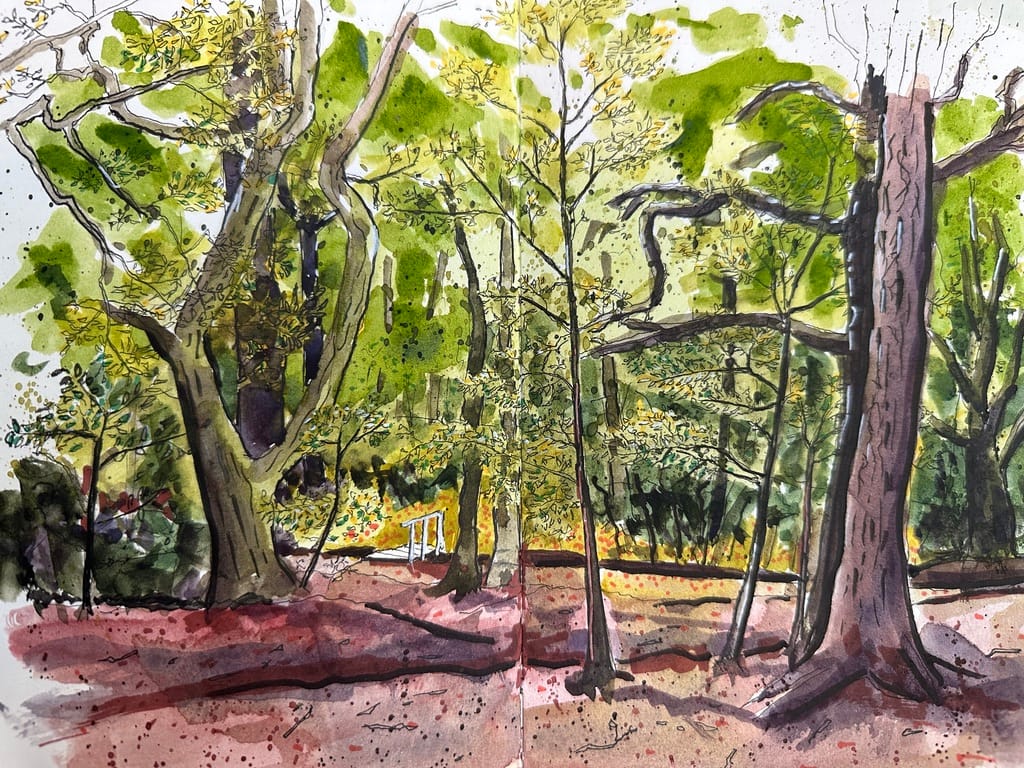
Observing the complexity of the tangle of trees helped me understand the relationships between them - the negative and positive space, where the lines intersected. It made a complex thing digestible.
I put my heart and soul into the Genius Loci Digest and it takes a day a week to produce. With your support, I’m able to keep this digest free and public facing. 📸🏛🚐
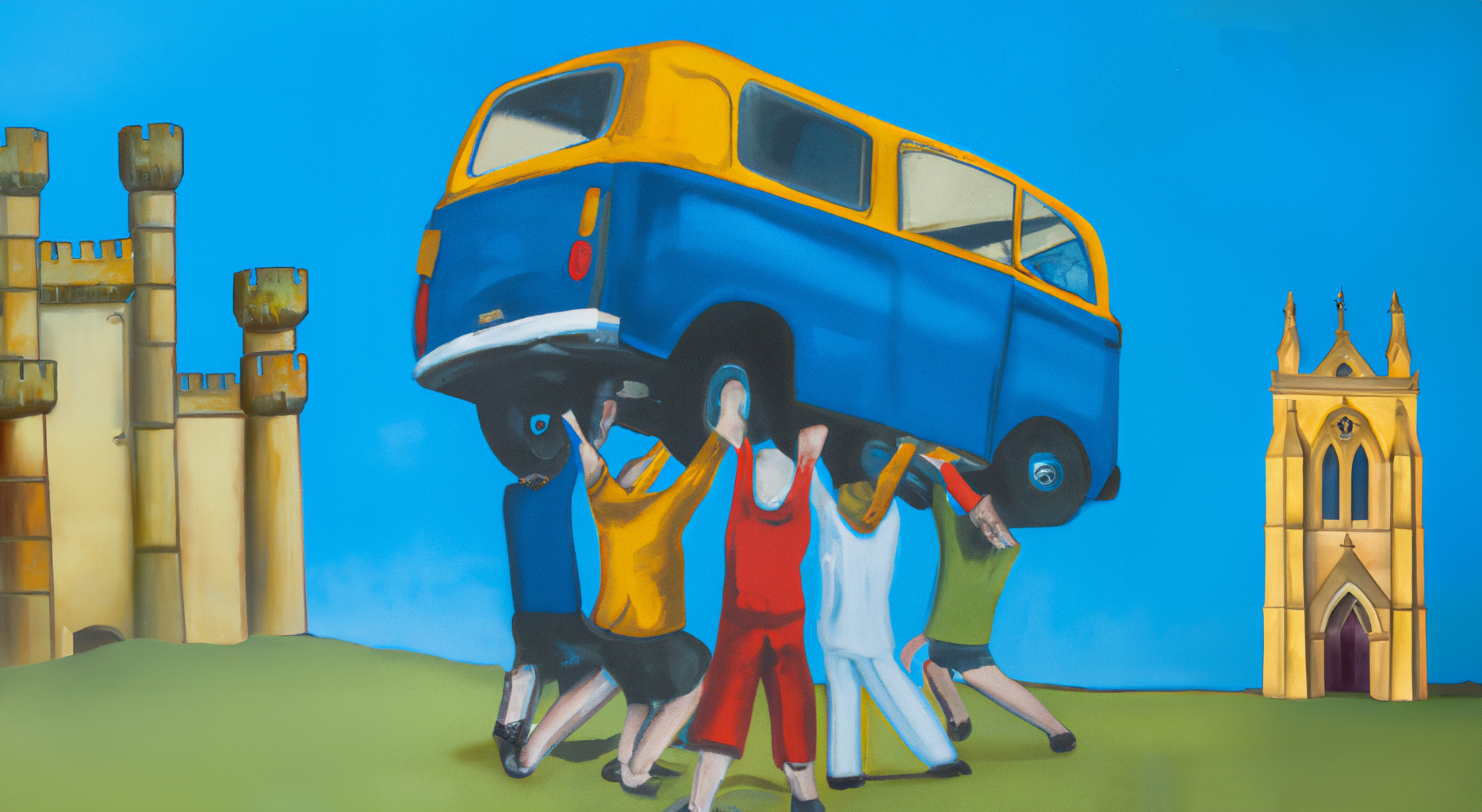
Do you know of a company or firm that might be able to sponsor the digest? Sponsorships are now going towards Member Powered Photography and recorded on the Donations Page.

Sponsor a Membership and get your own landing page on the Digest
More information here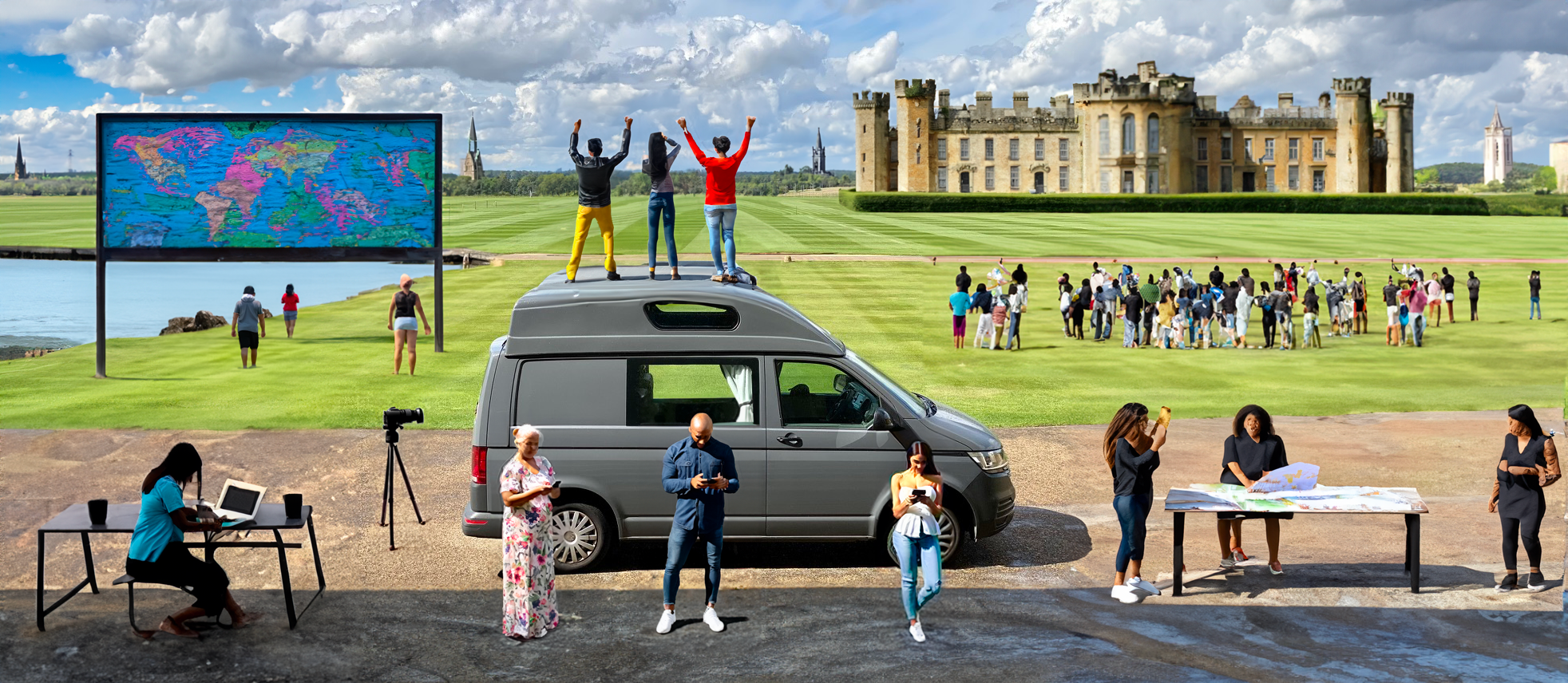
Thank You!
Photographs and words by Andy Marshall (unless otherwise stated). Most photographs are taken with Iphone 14 Pro and DJI Mini 3 Pro.

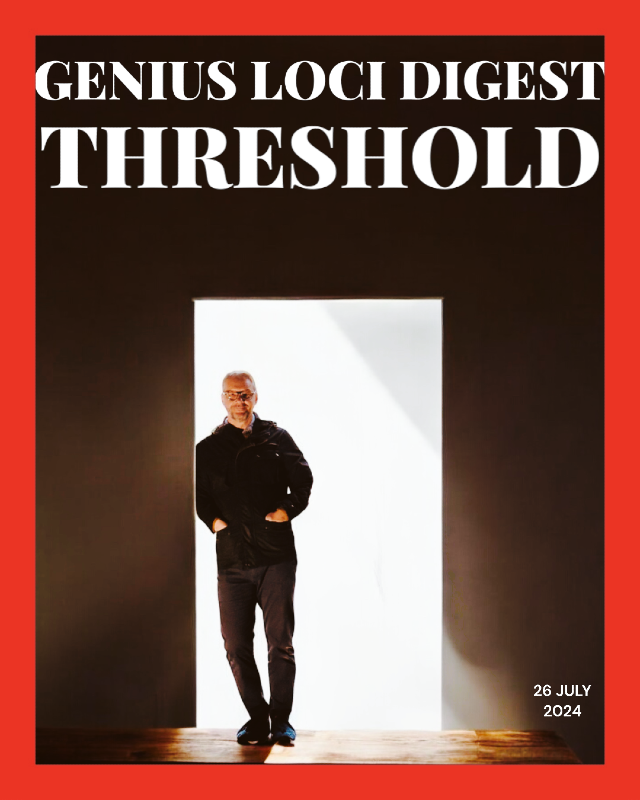
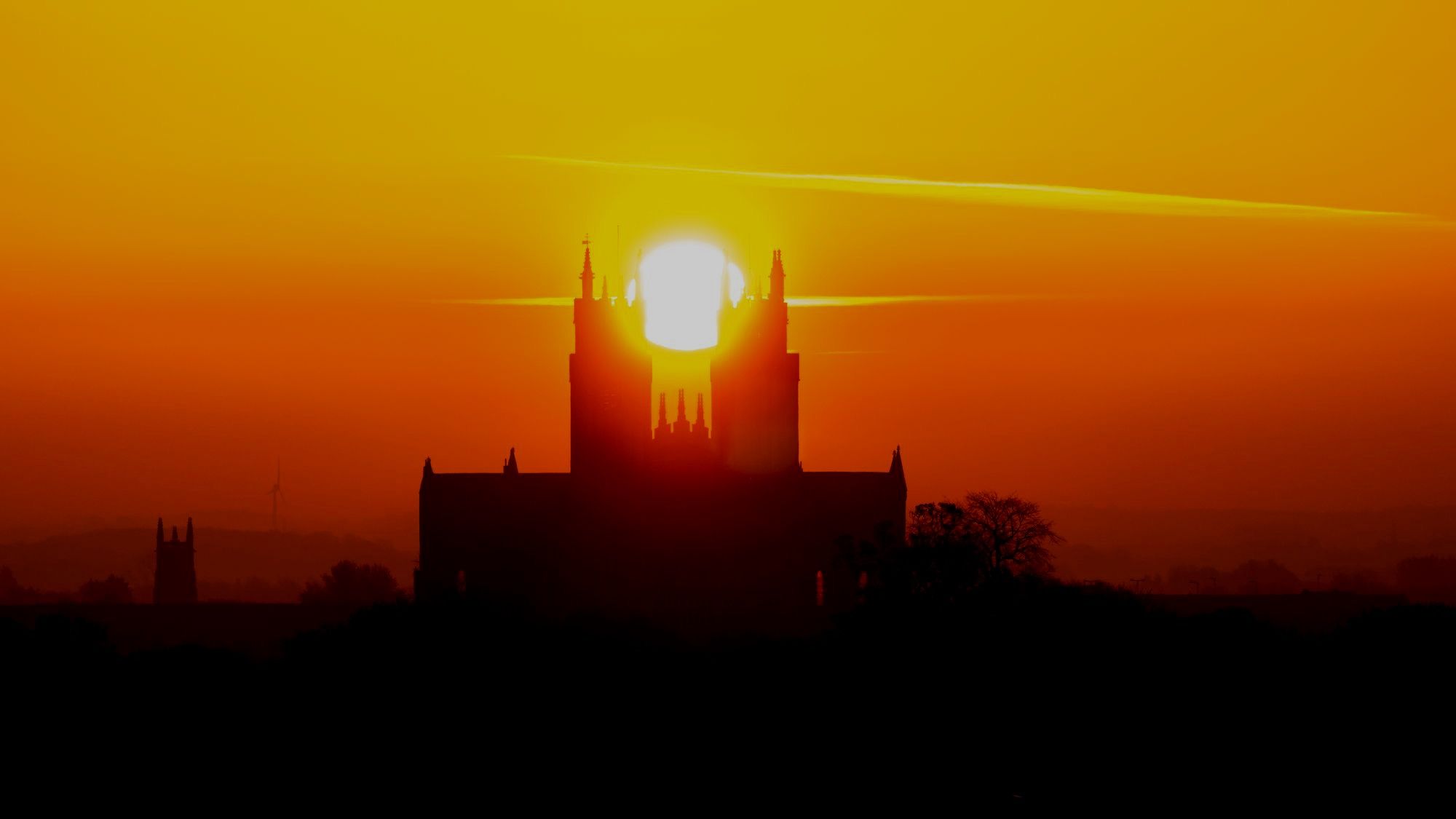






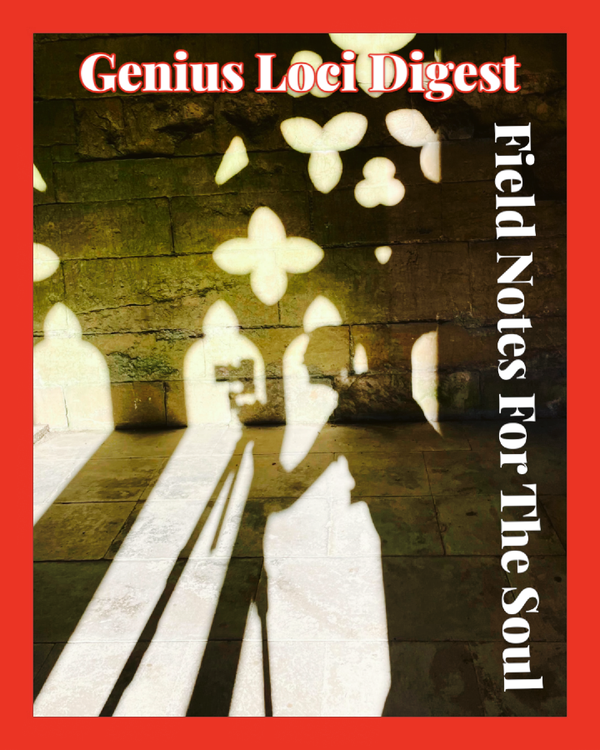

Member discussion